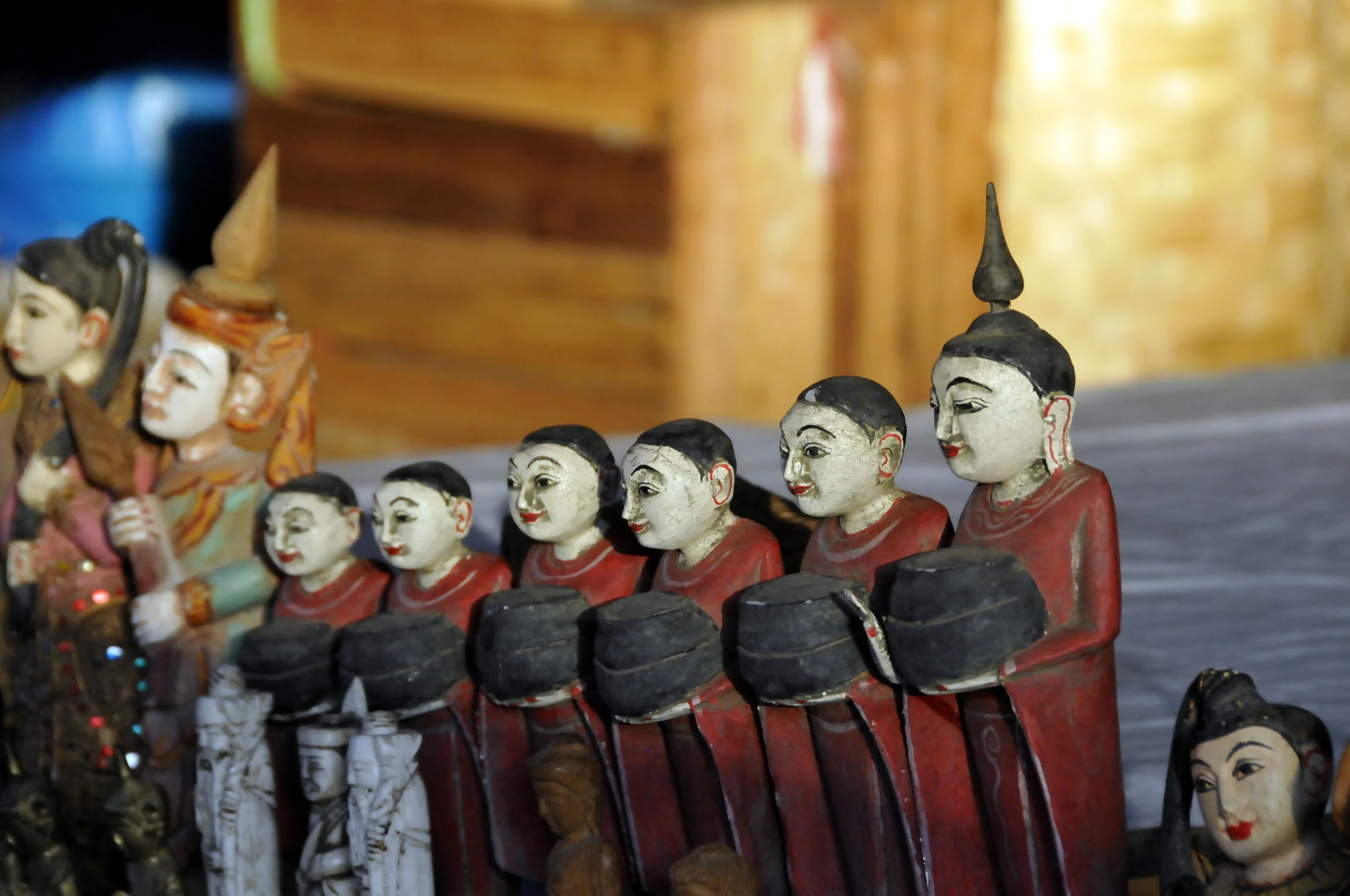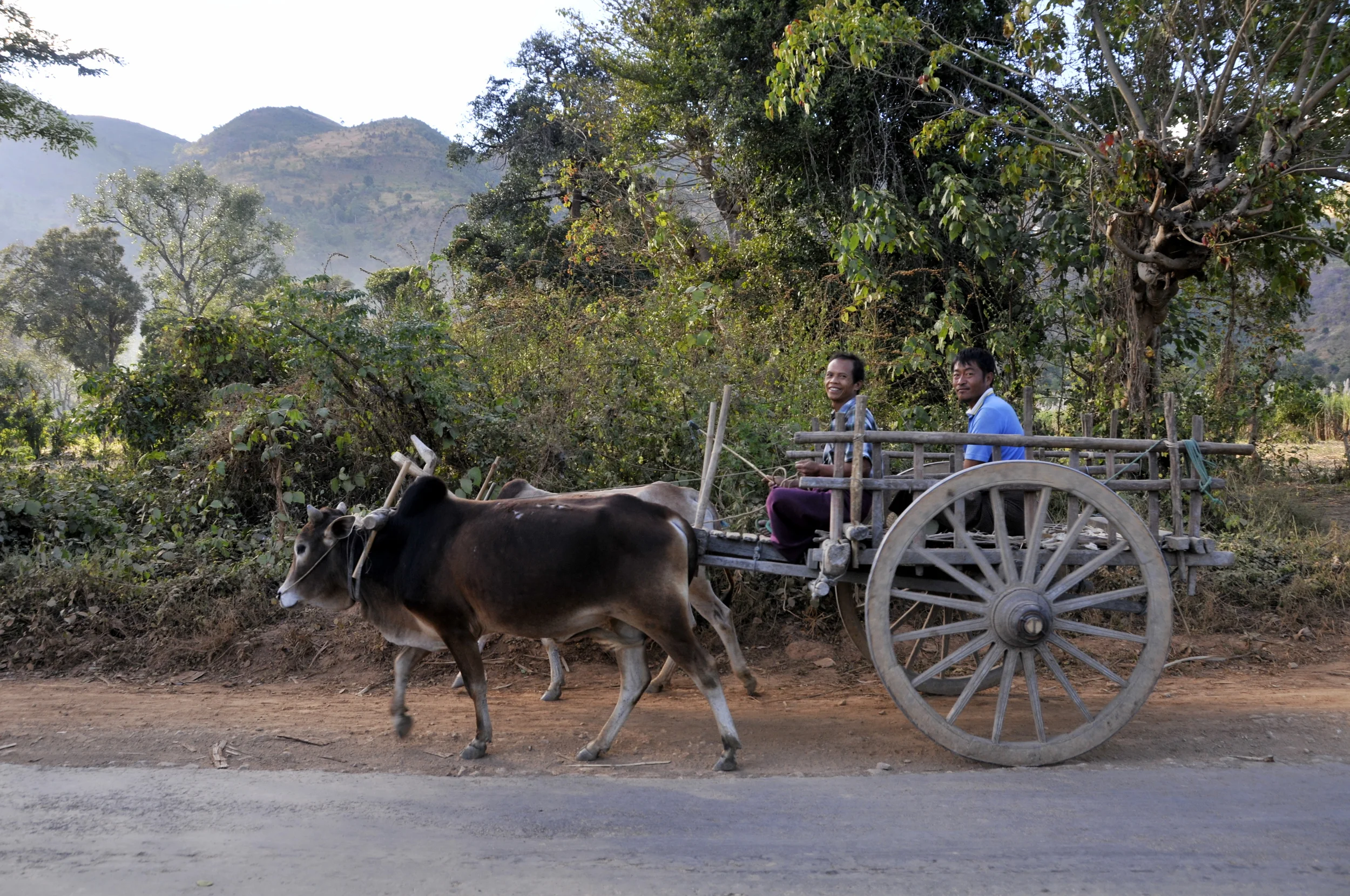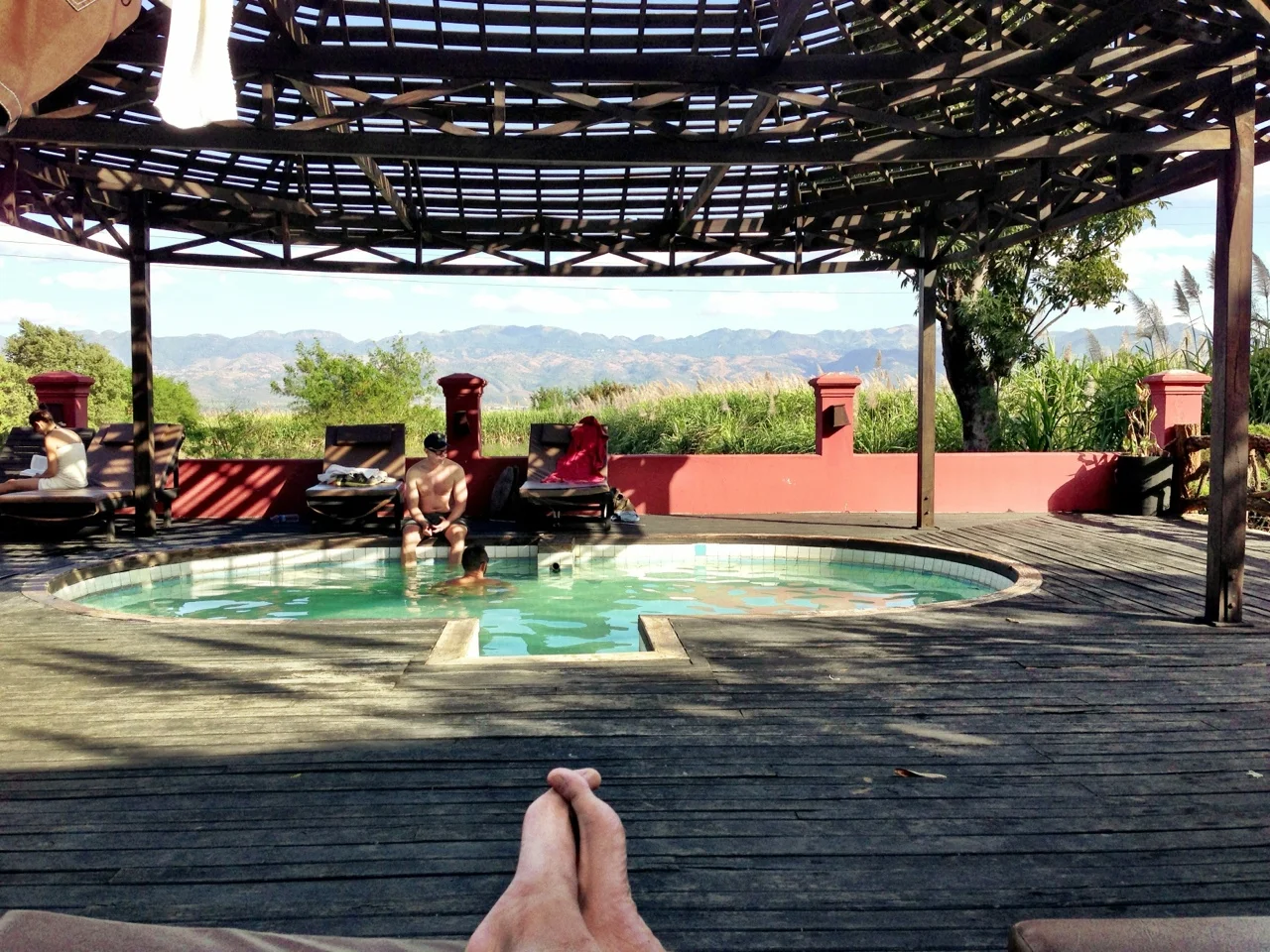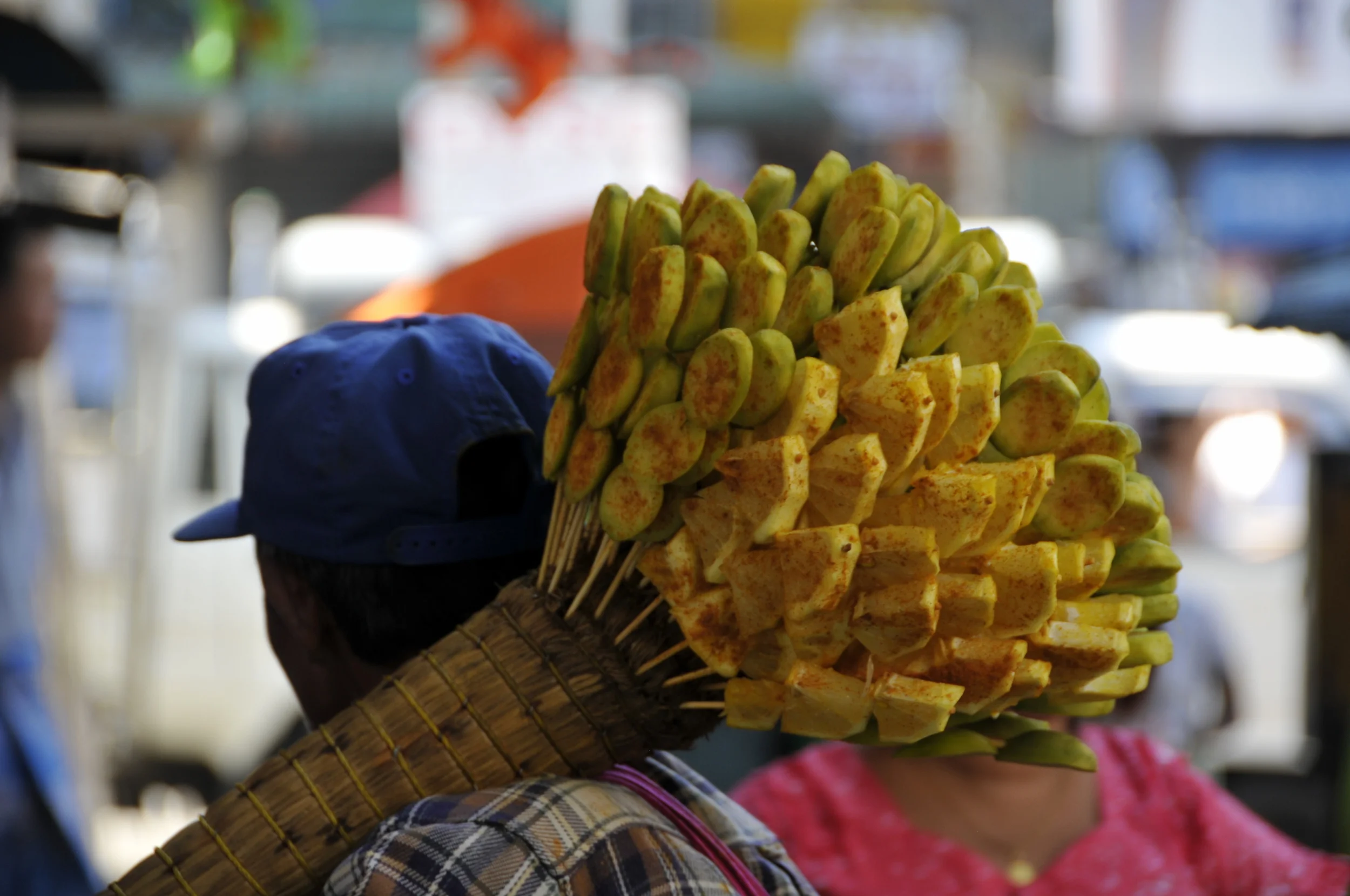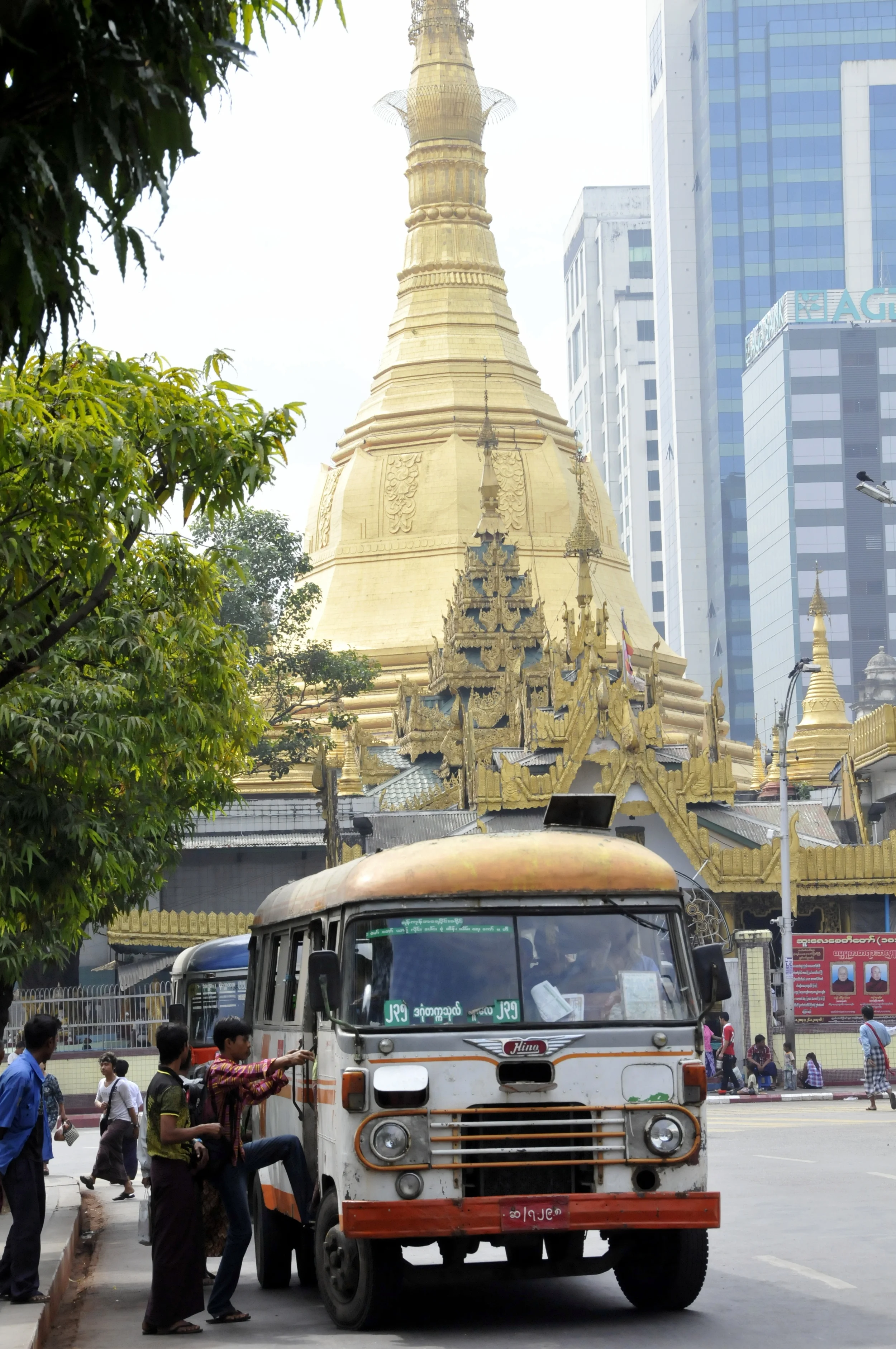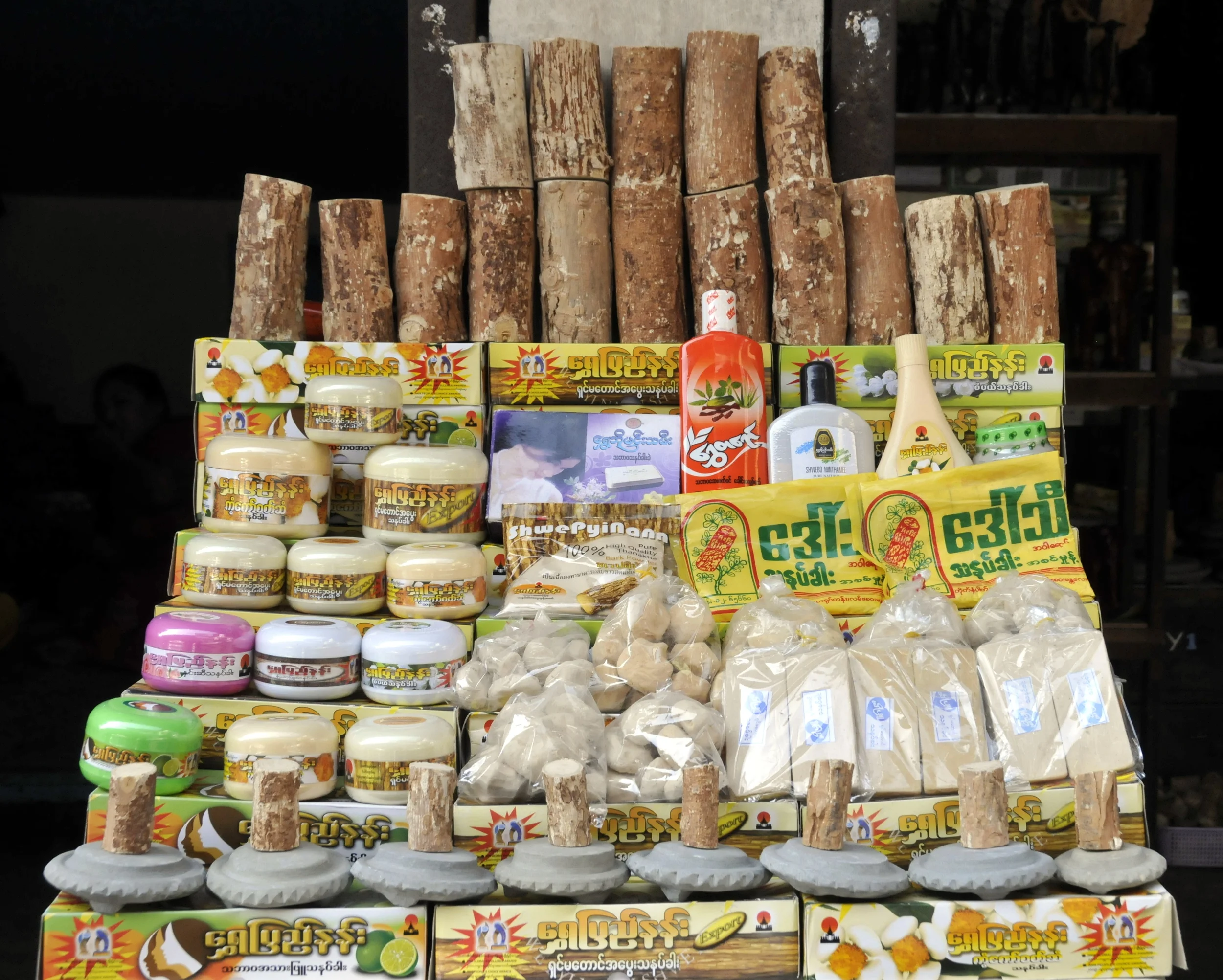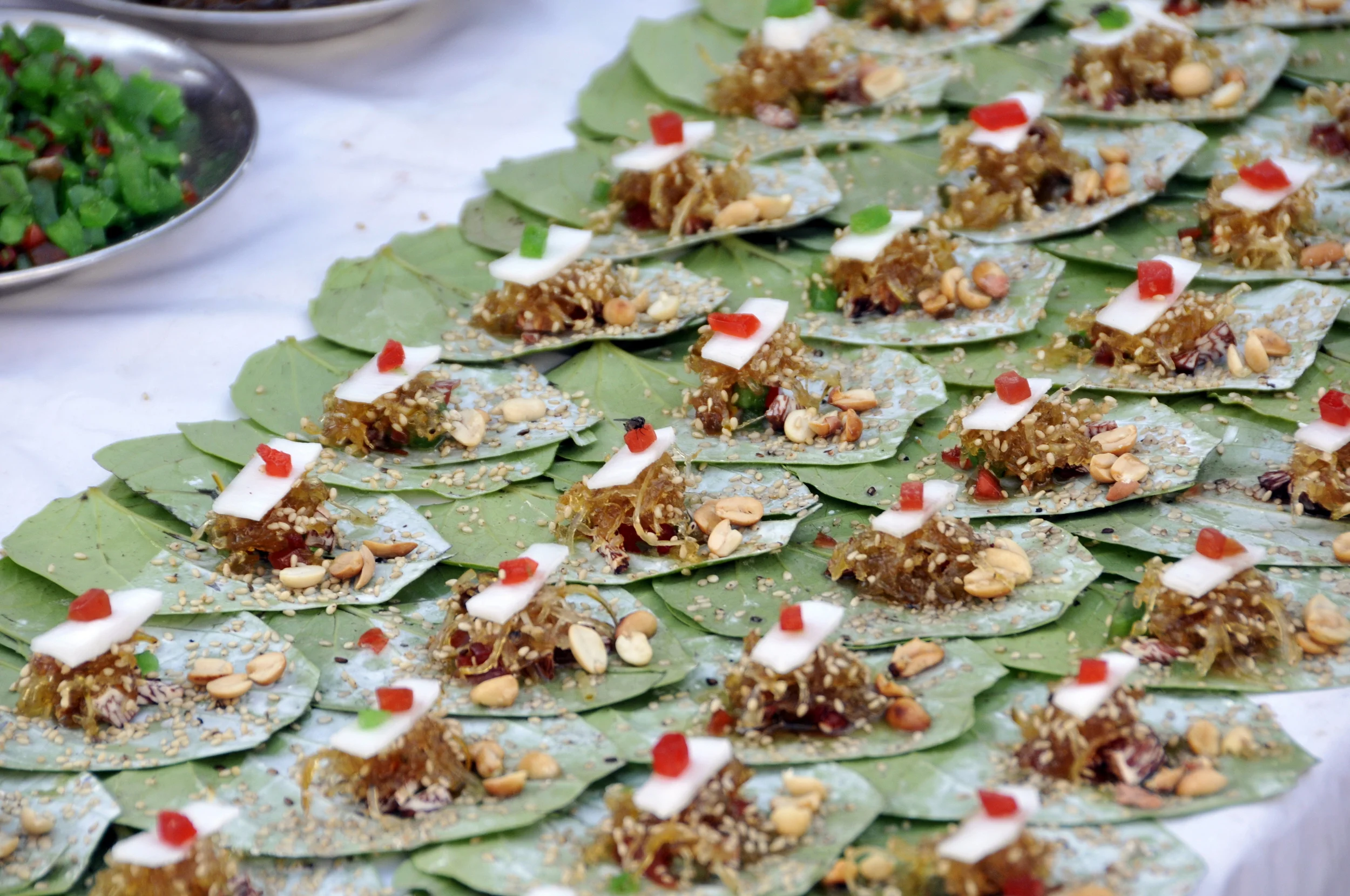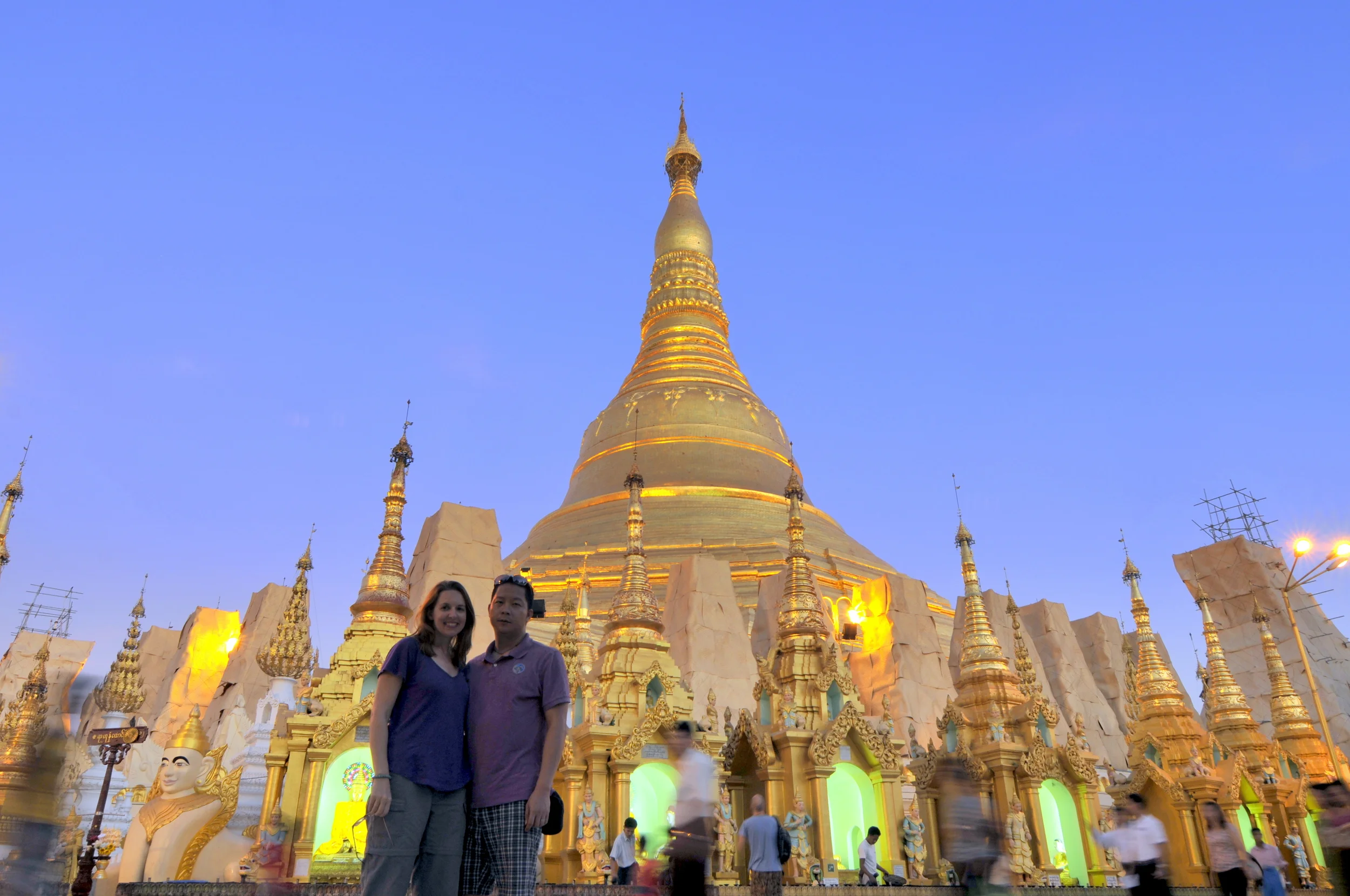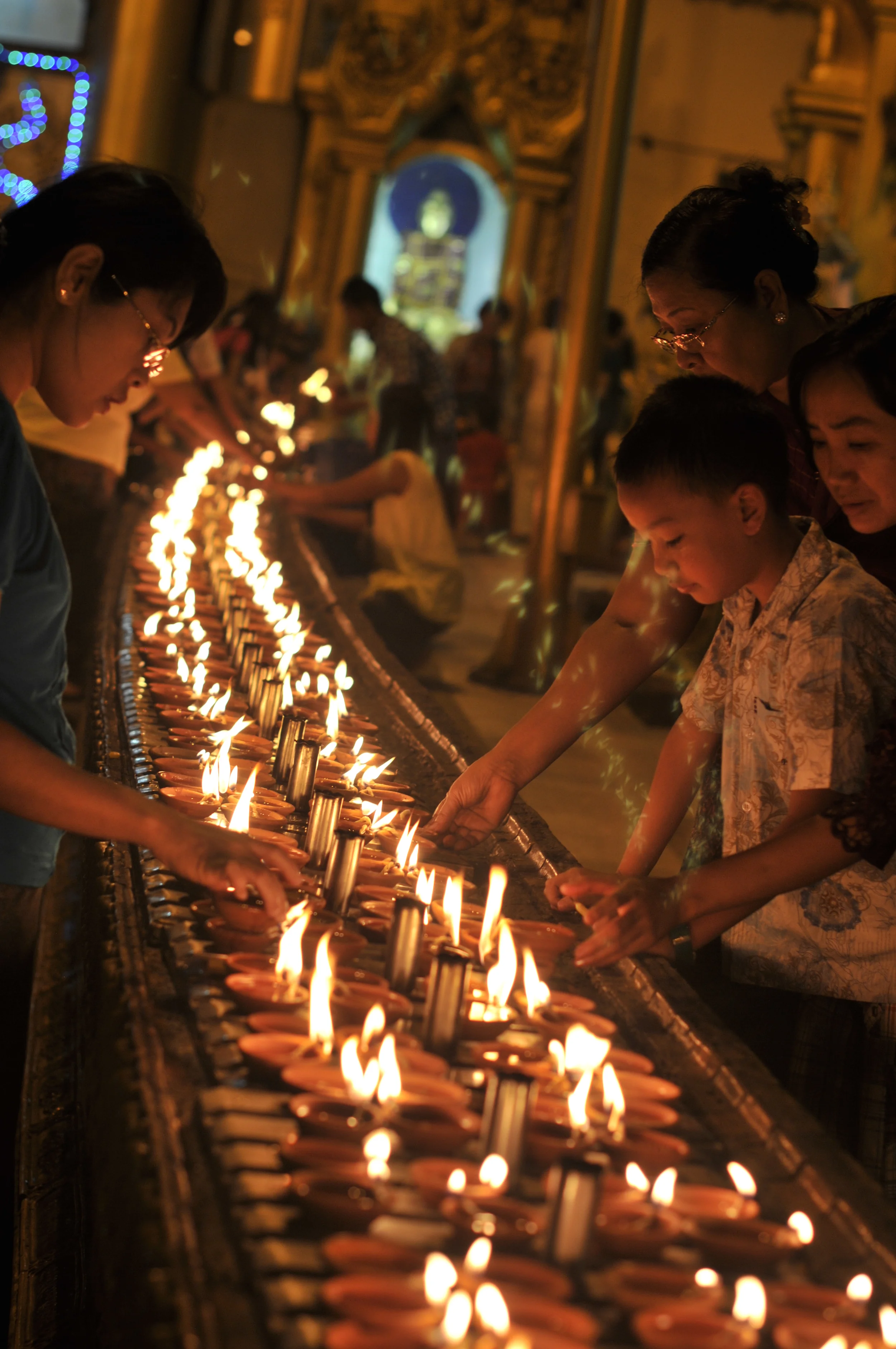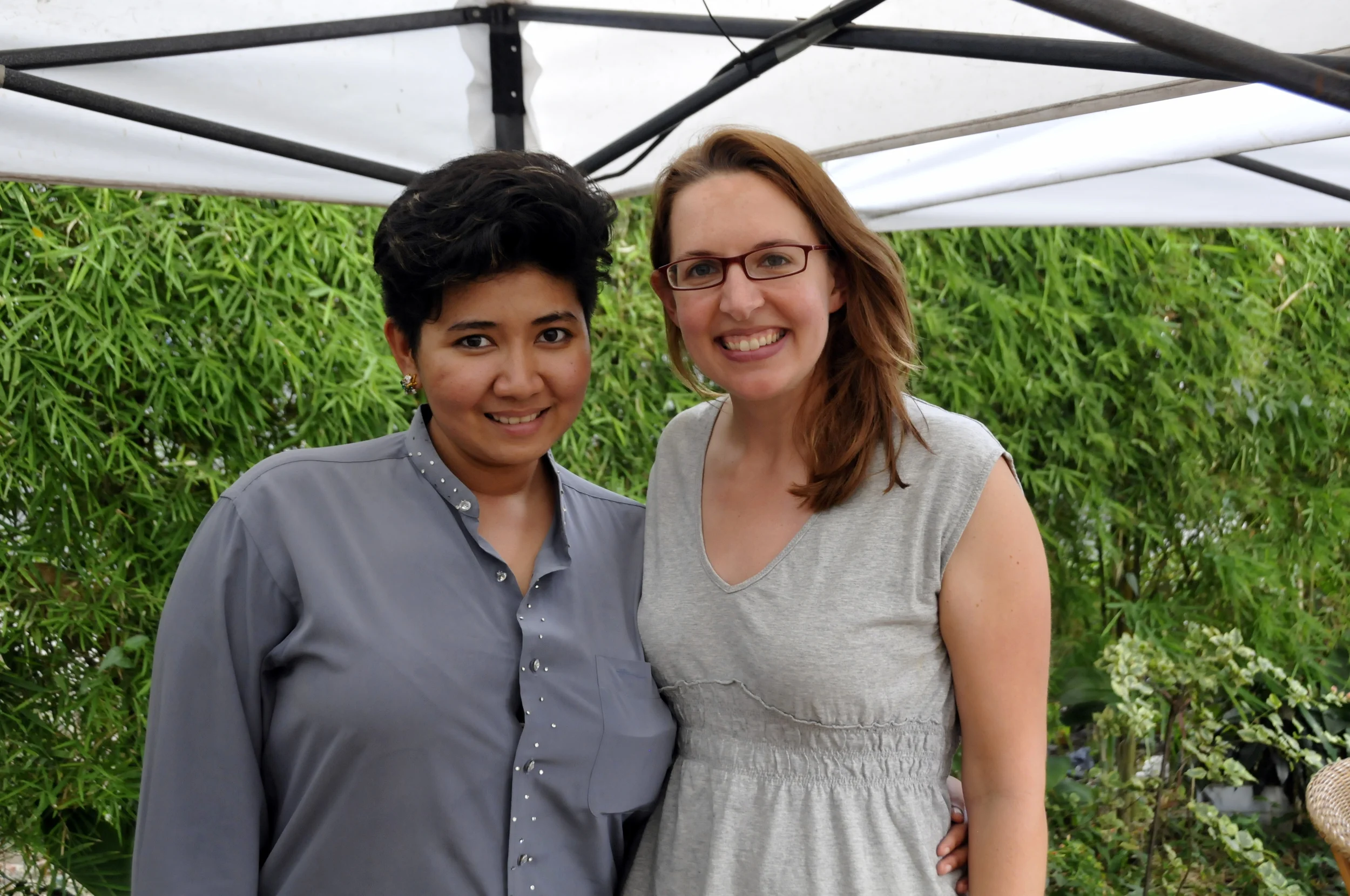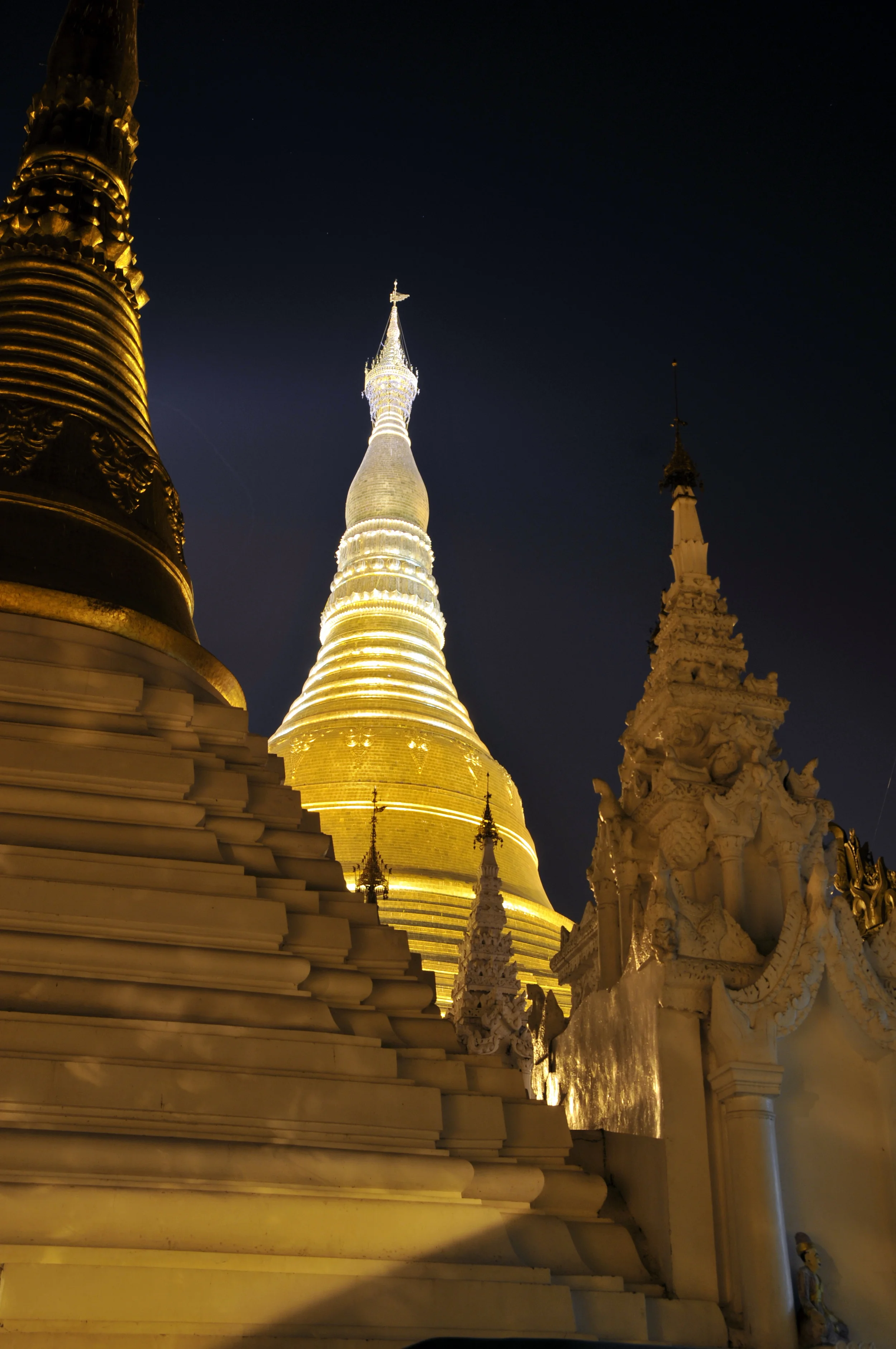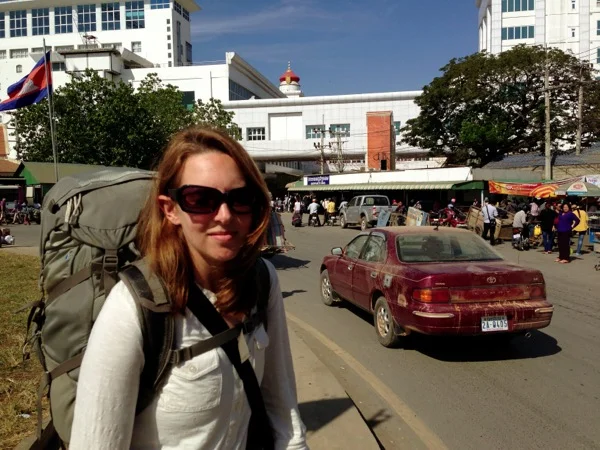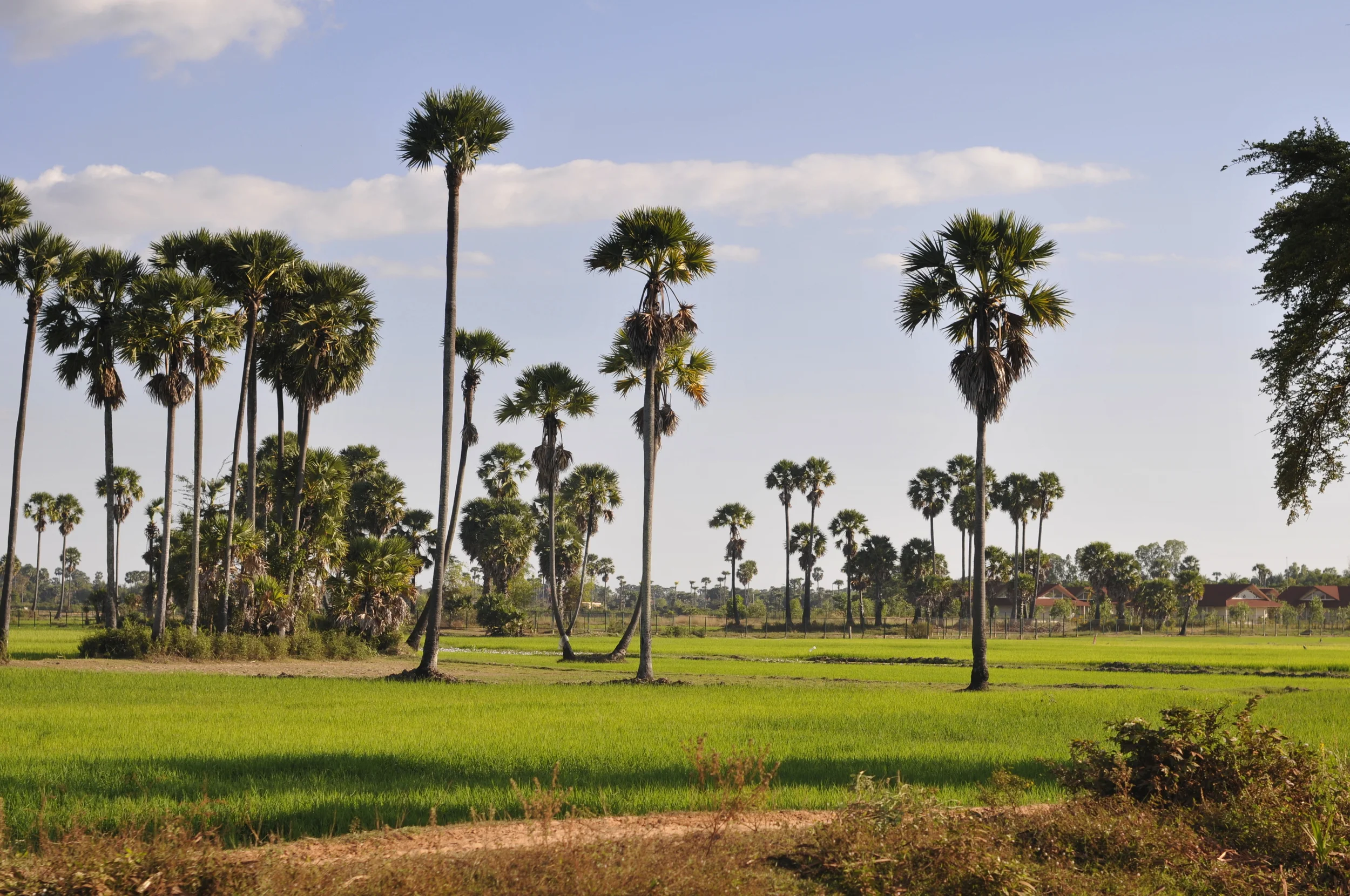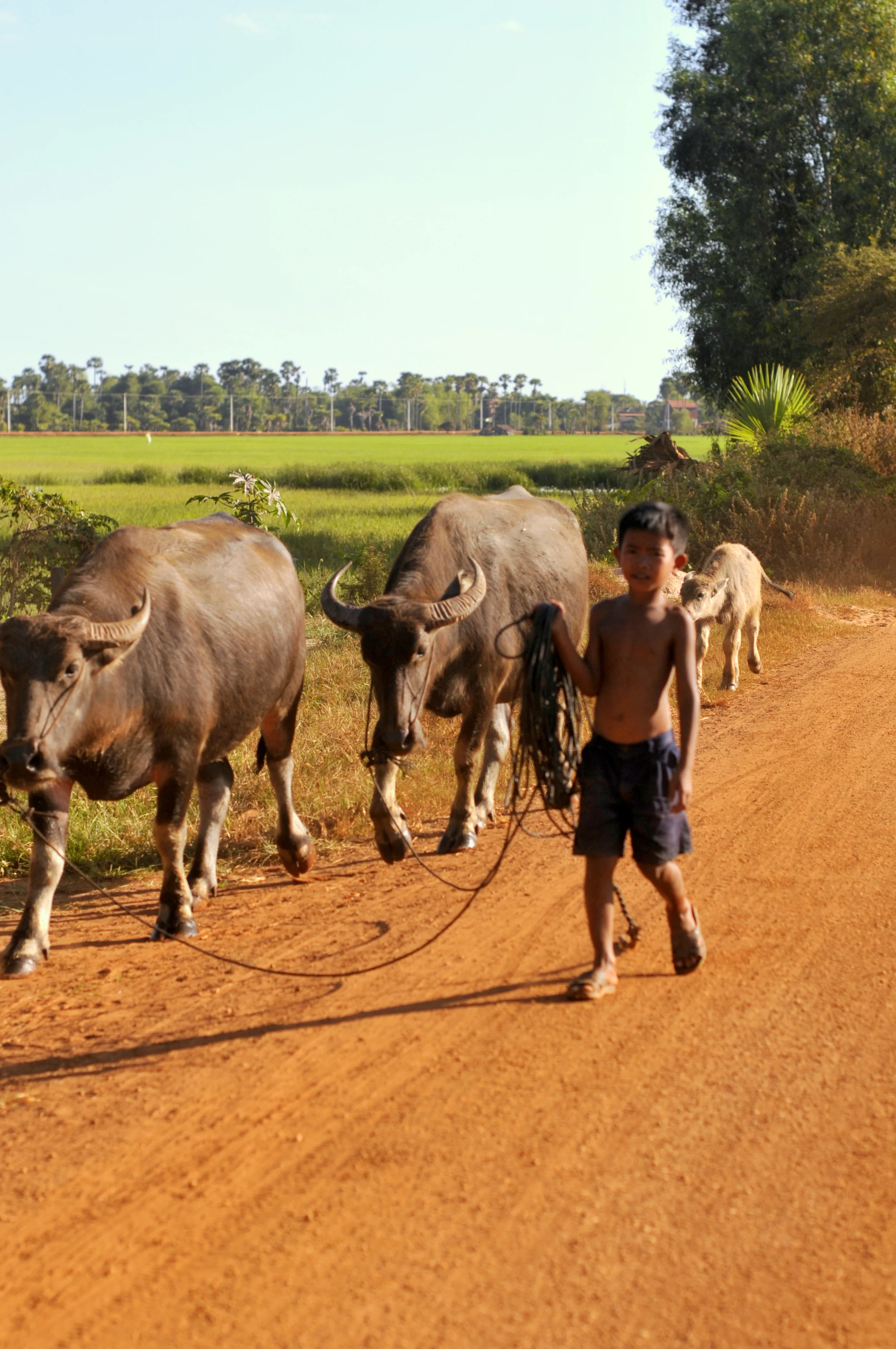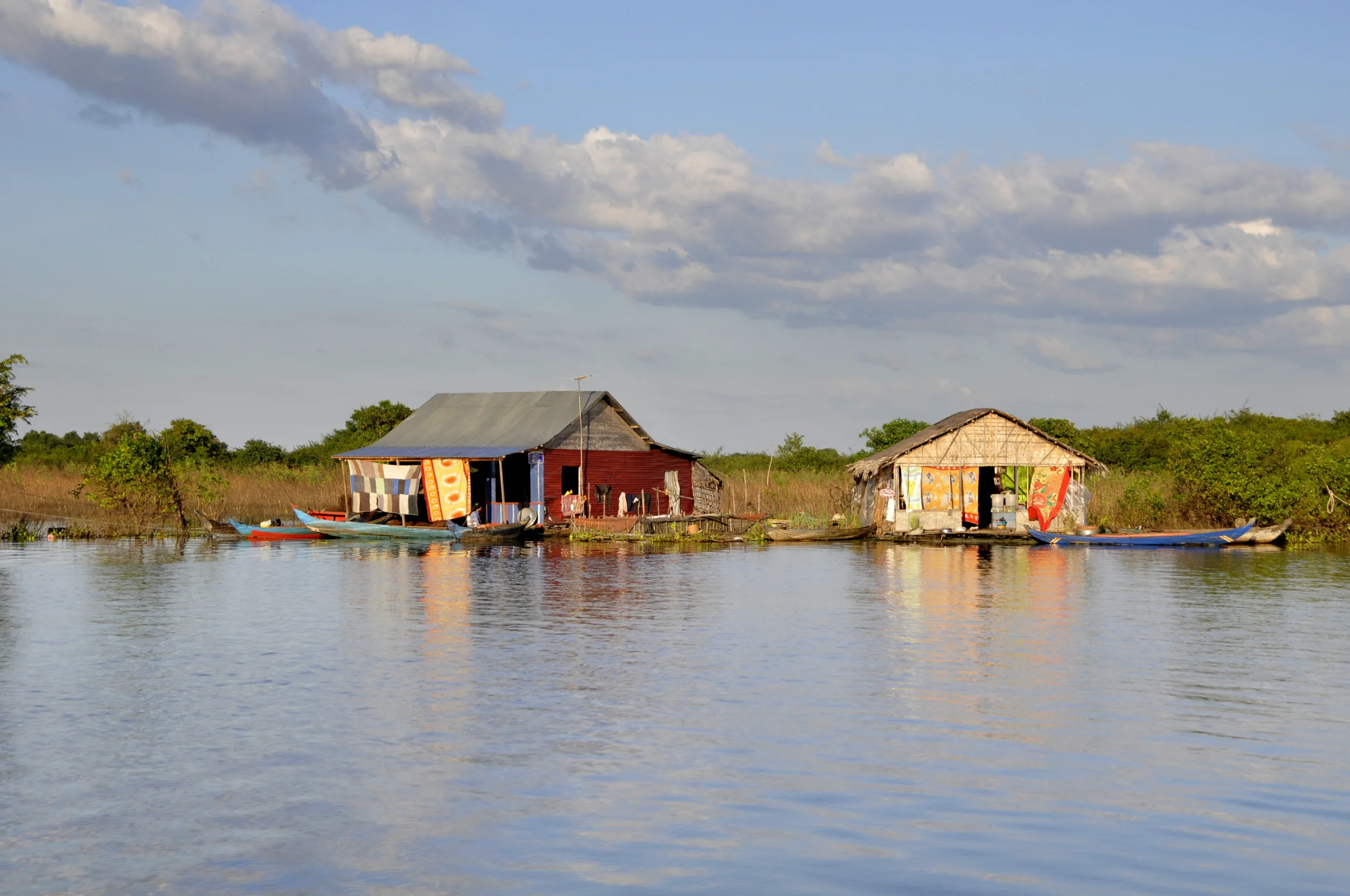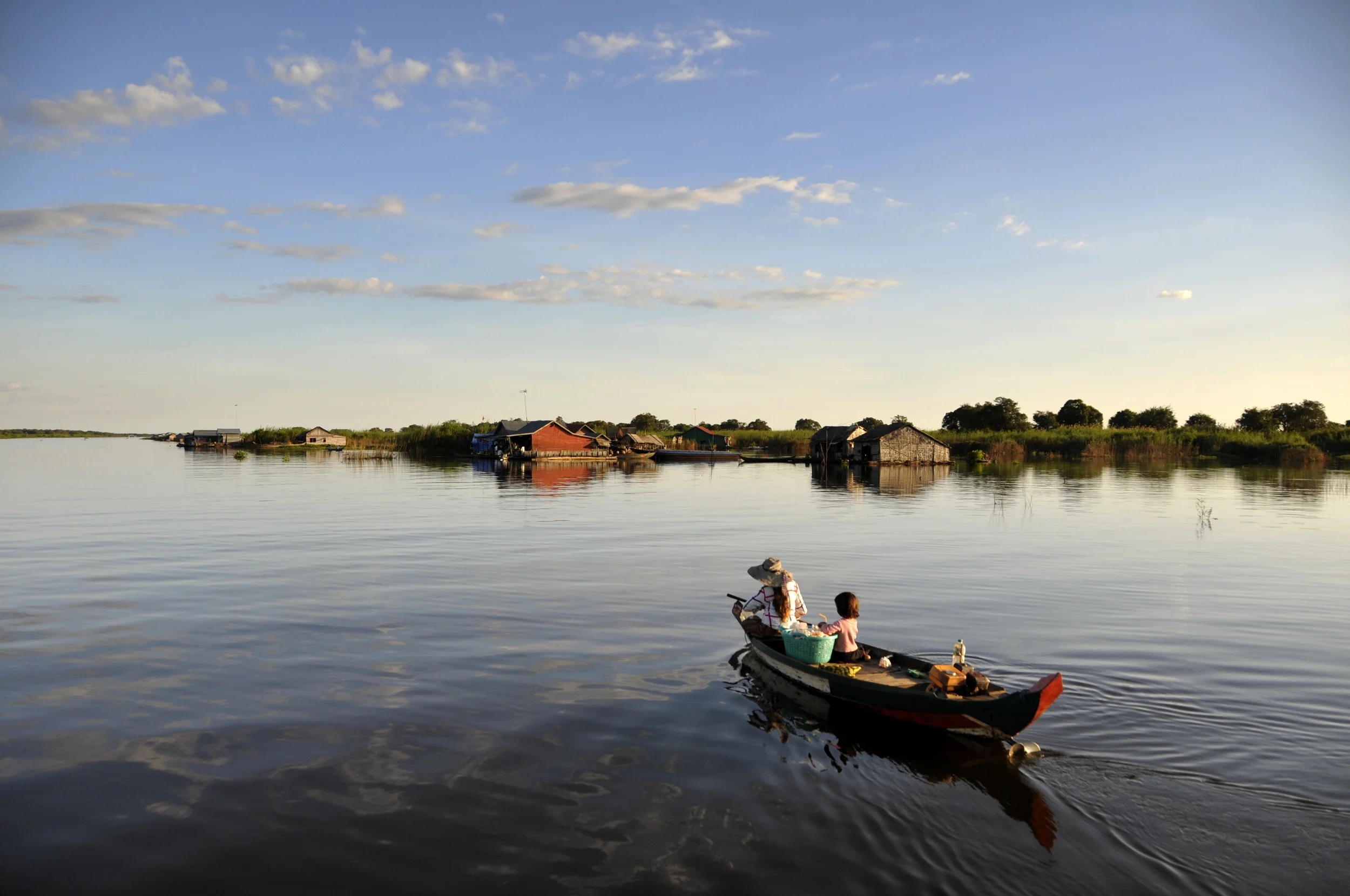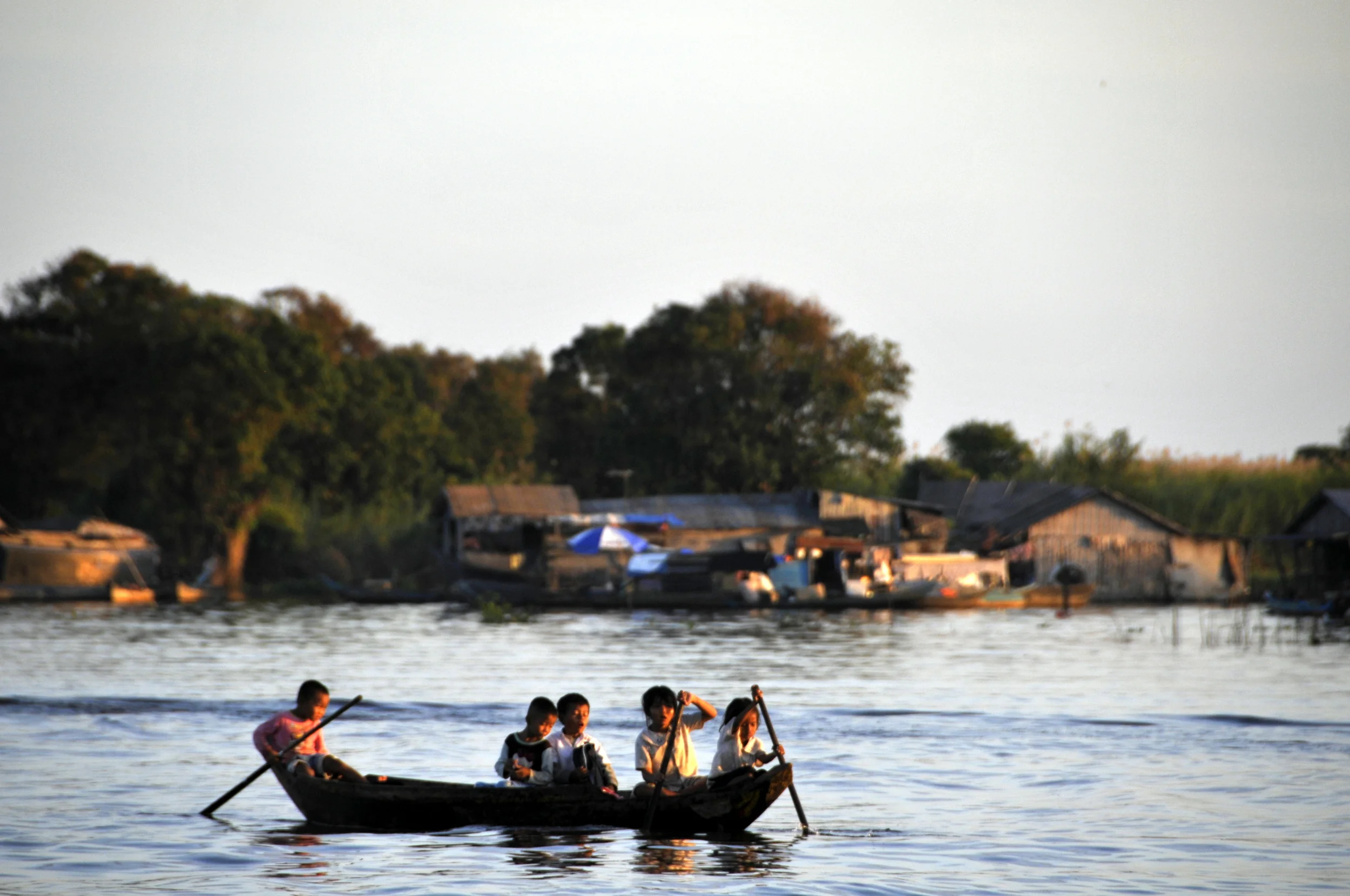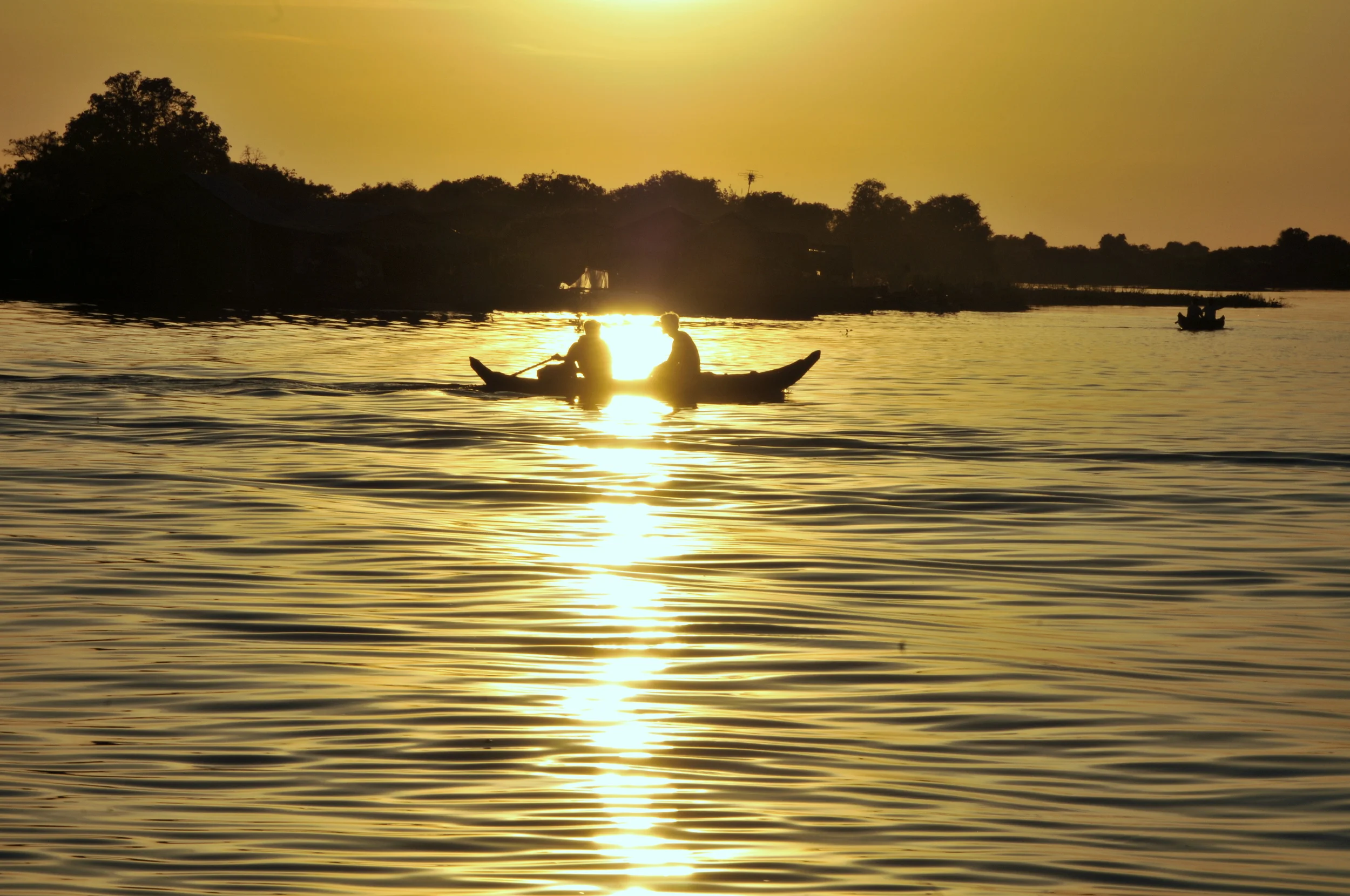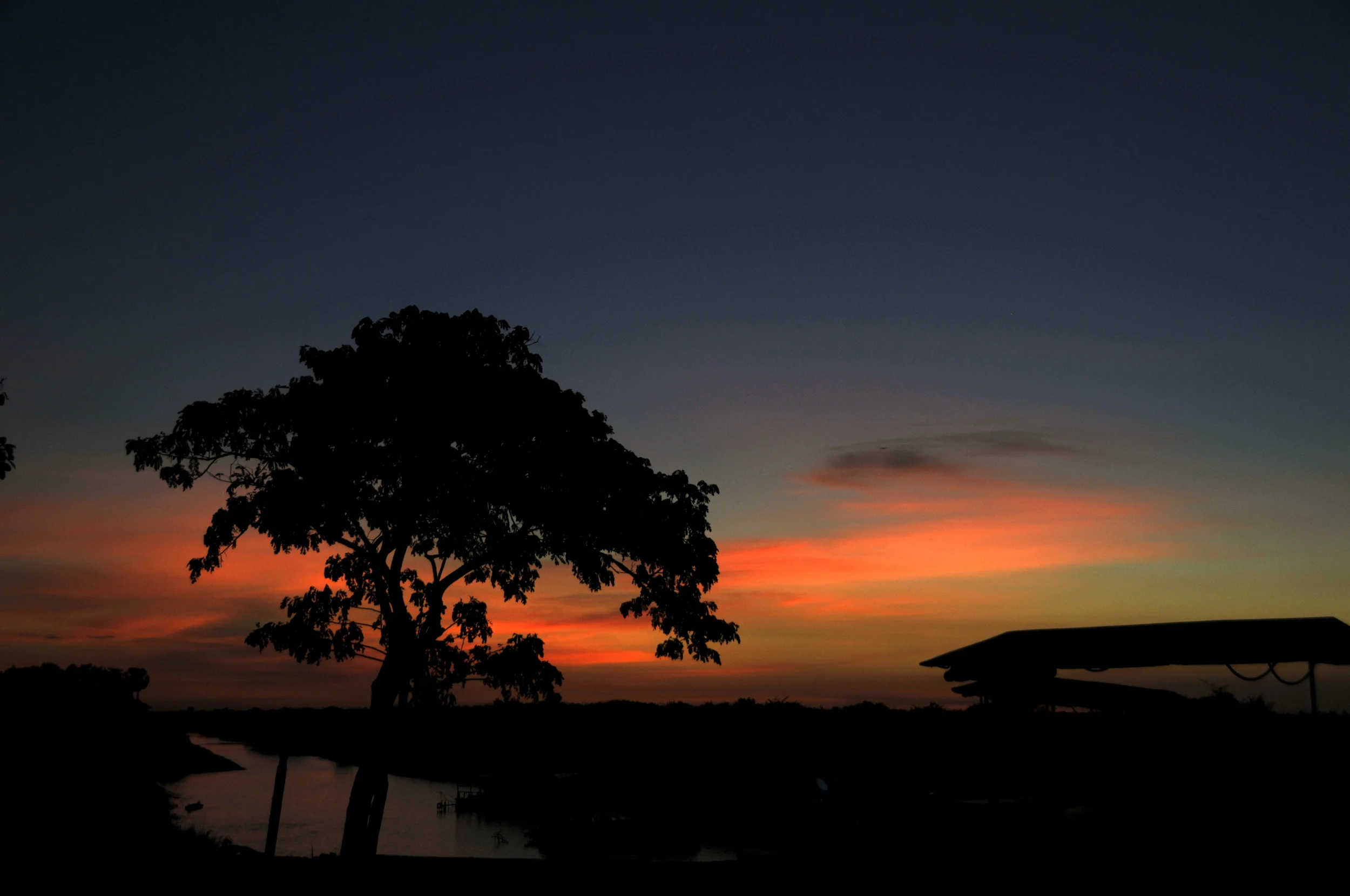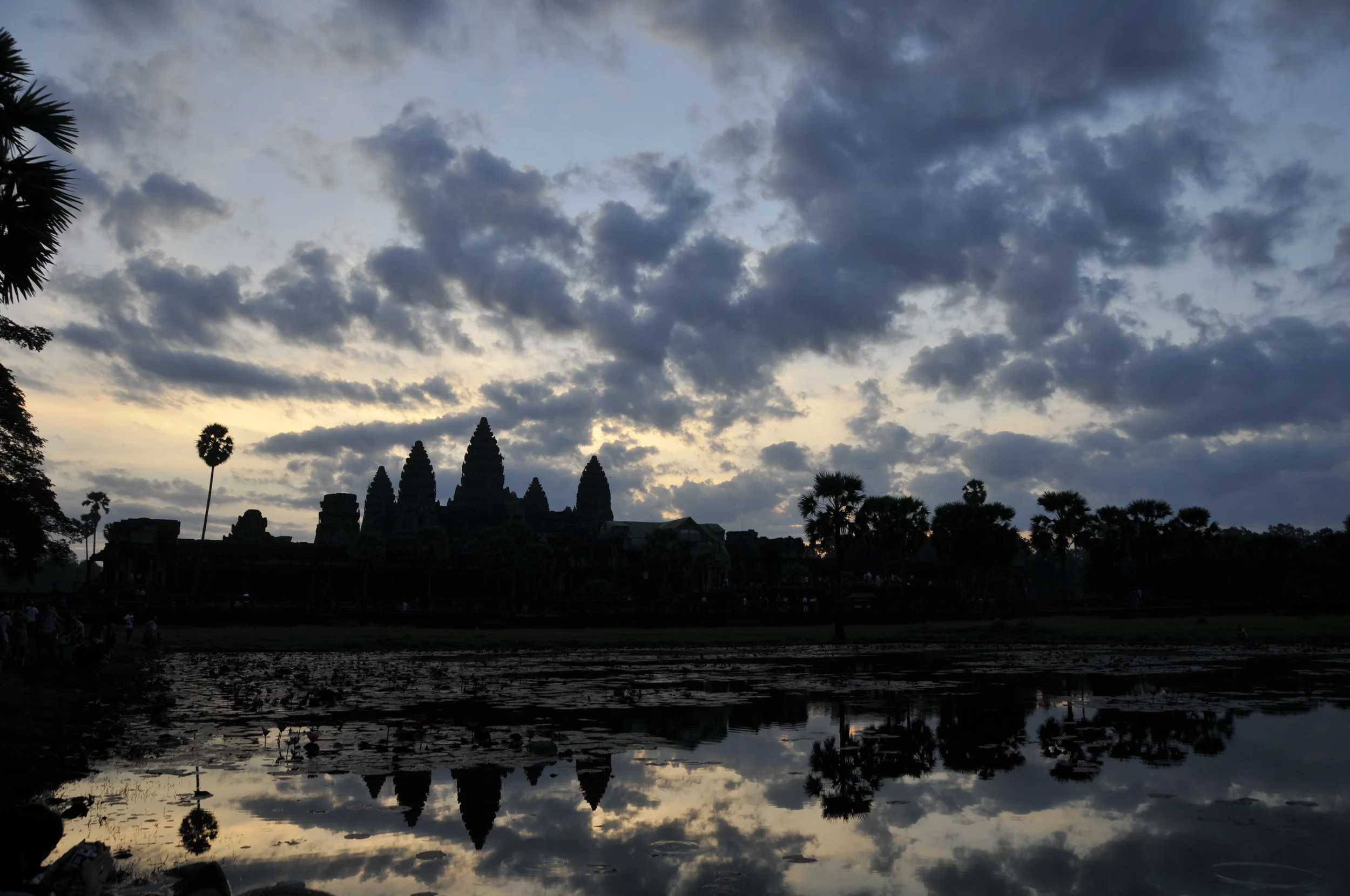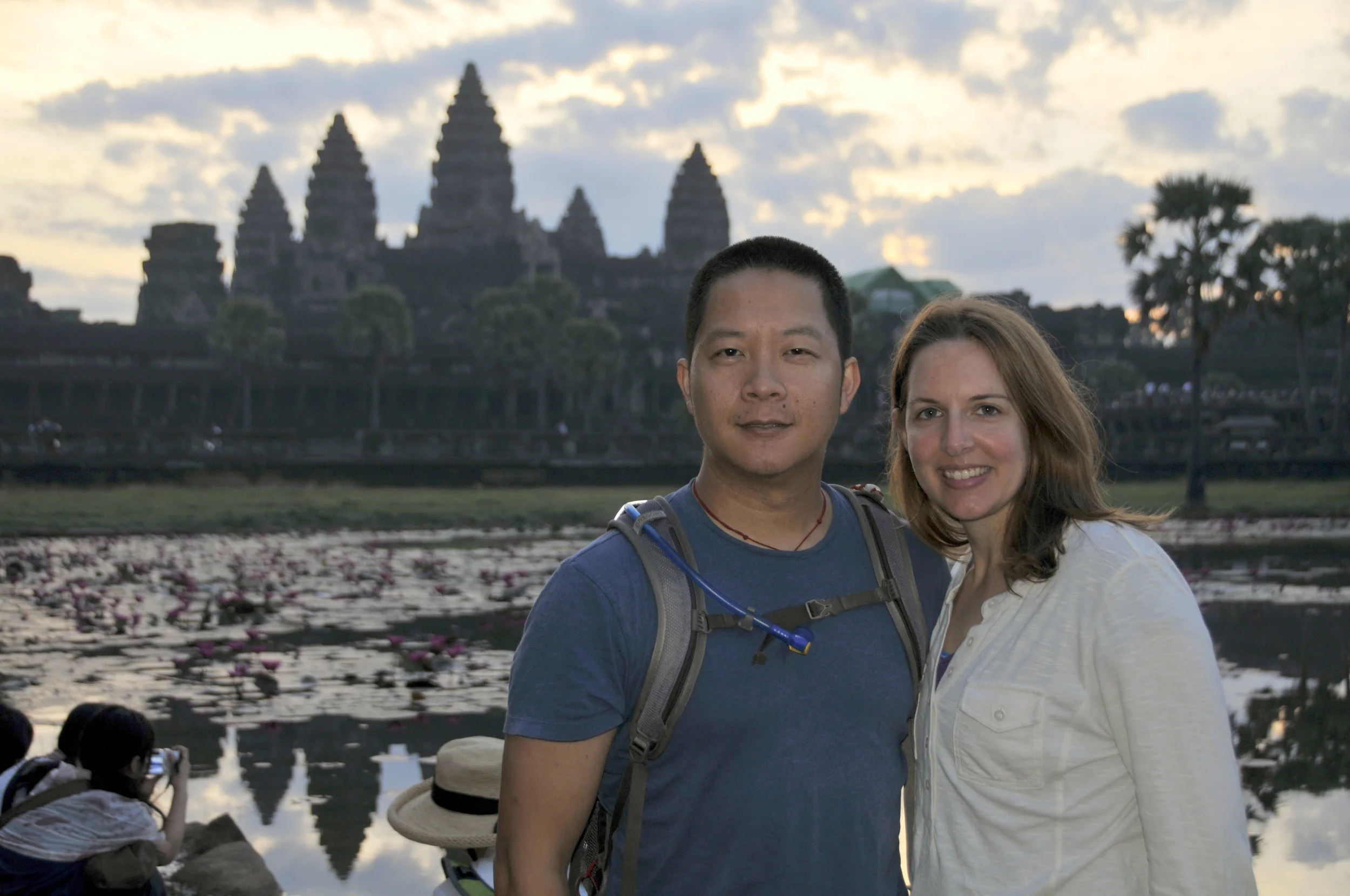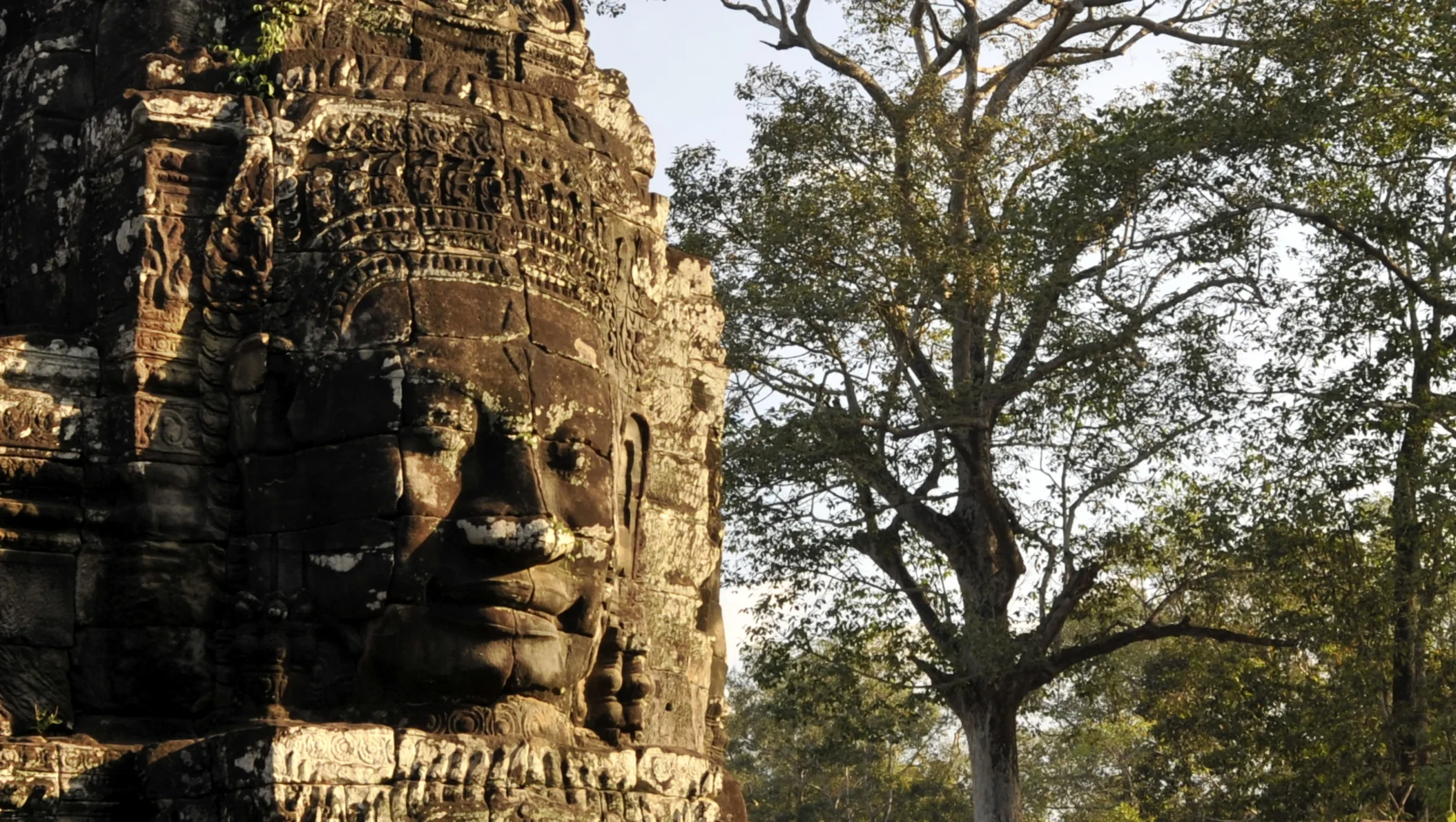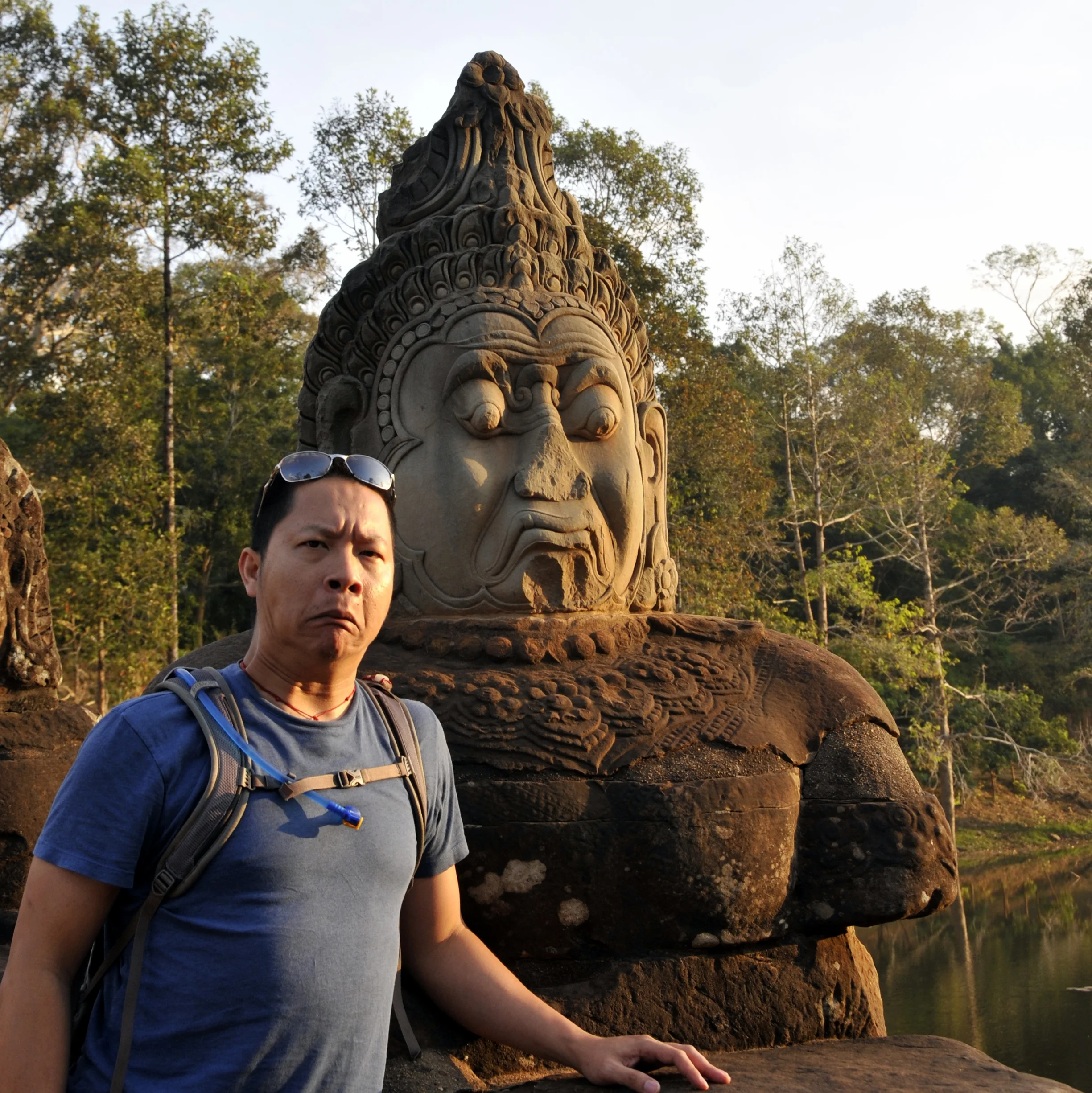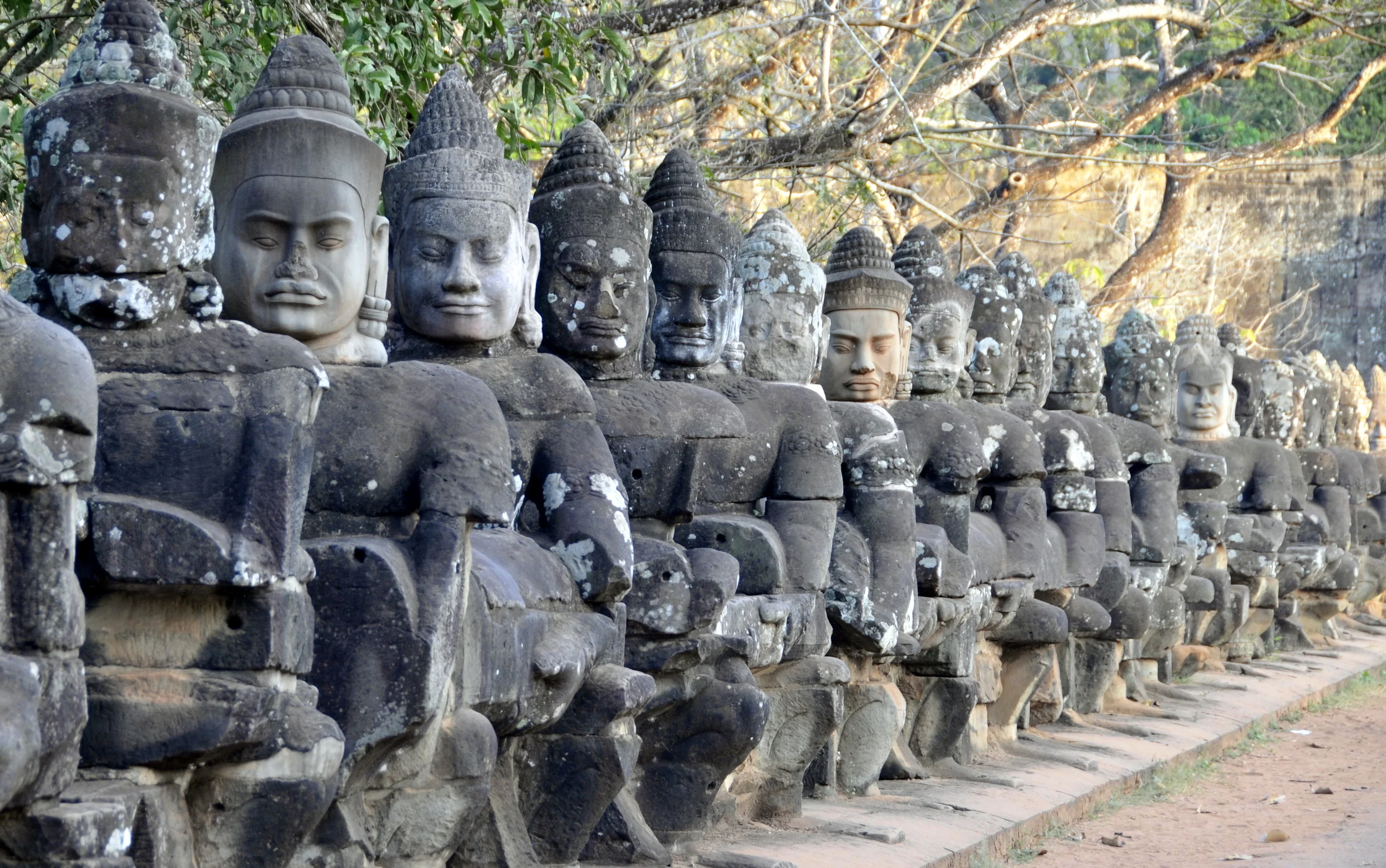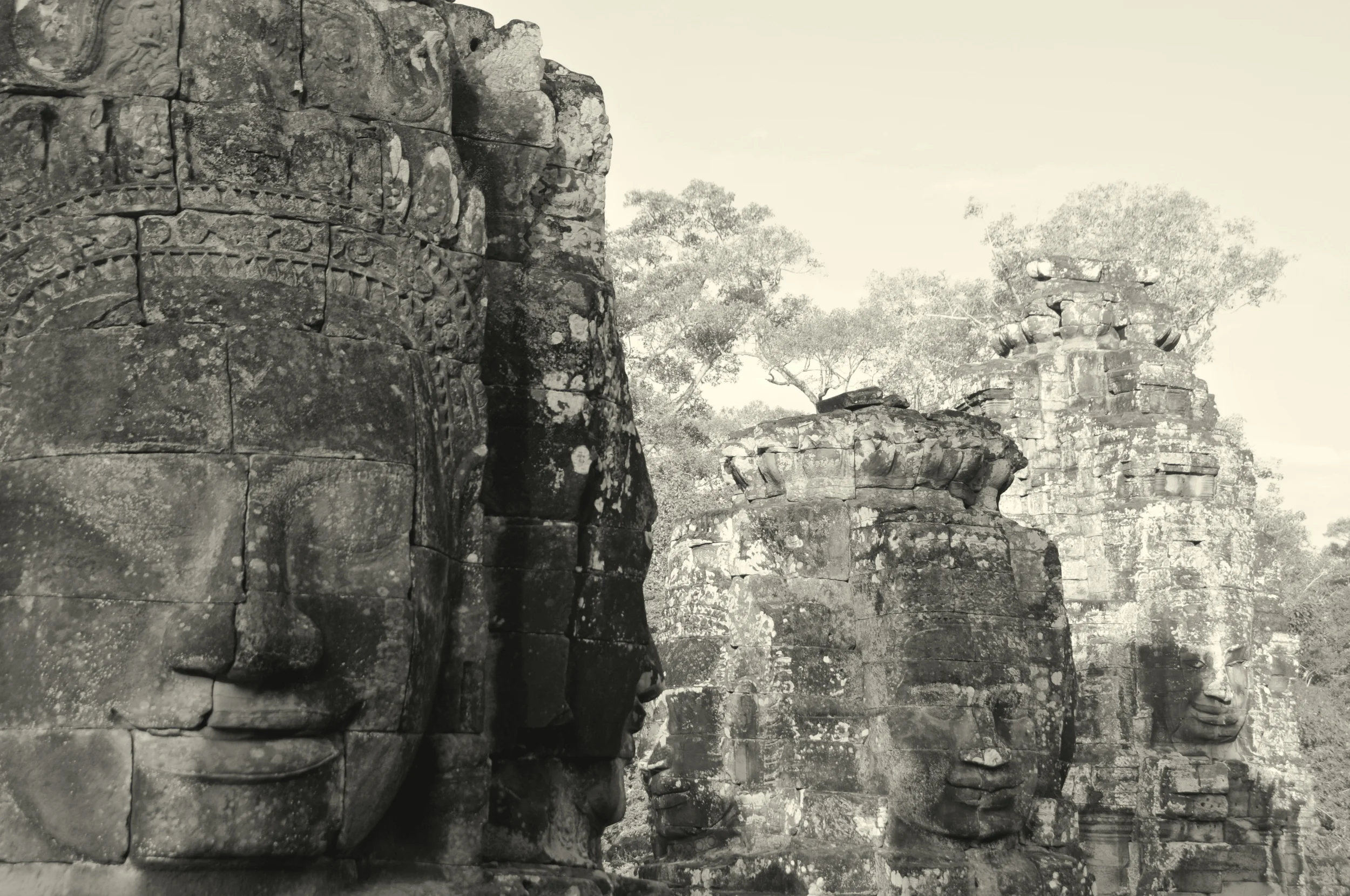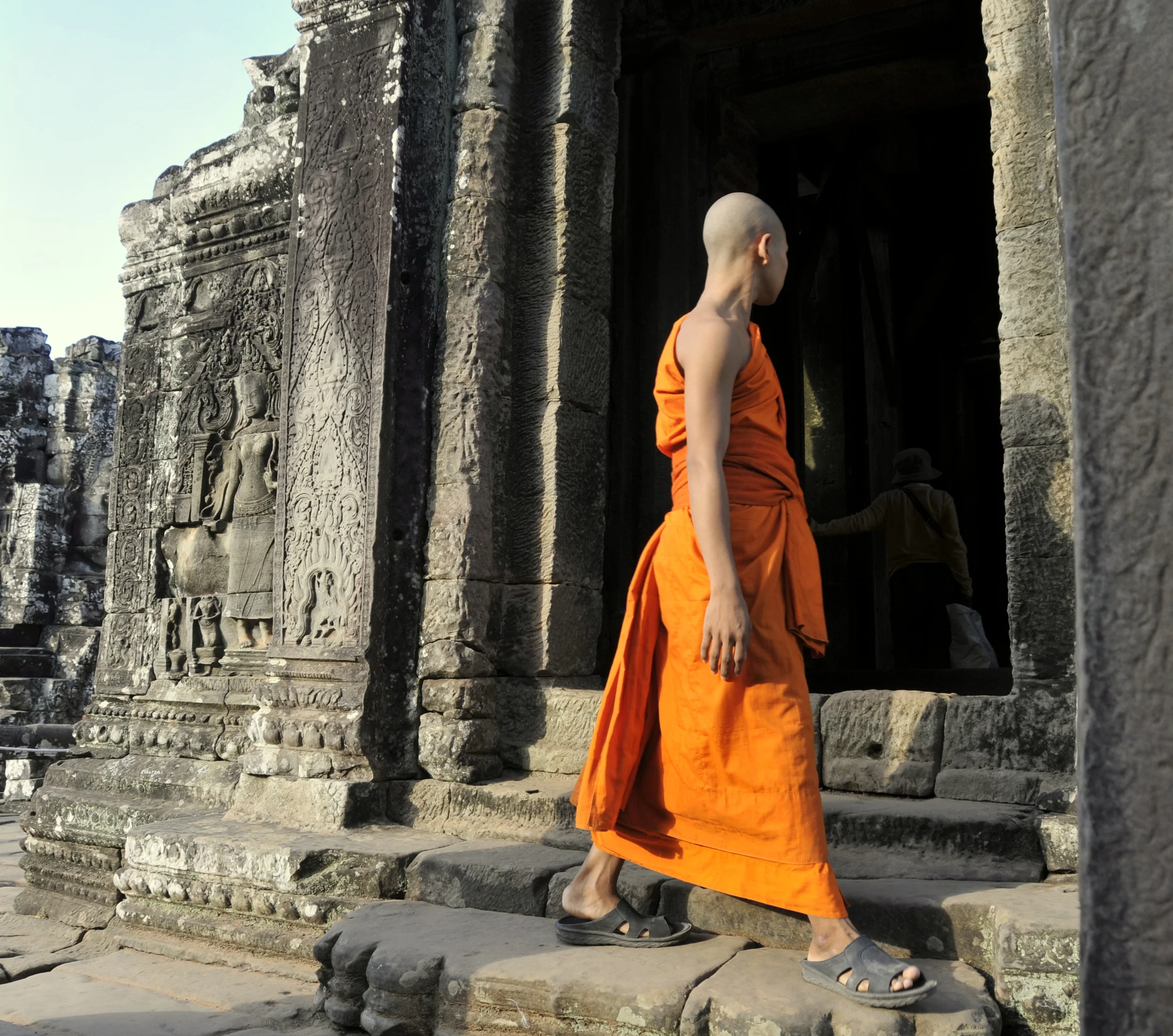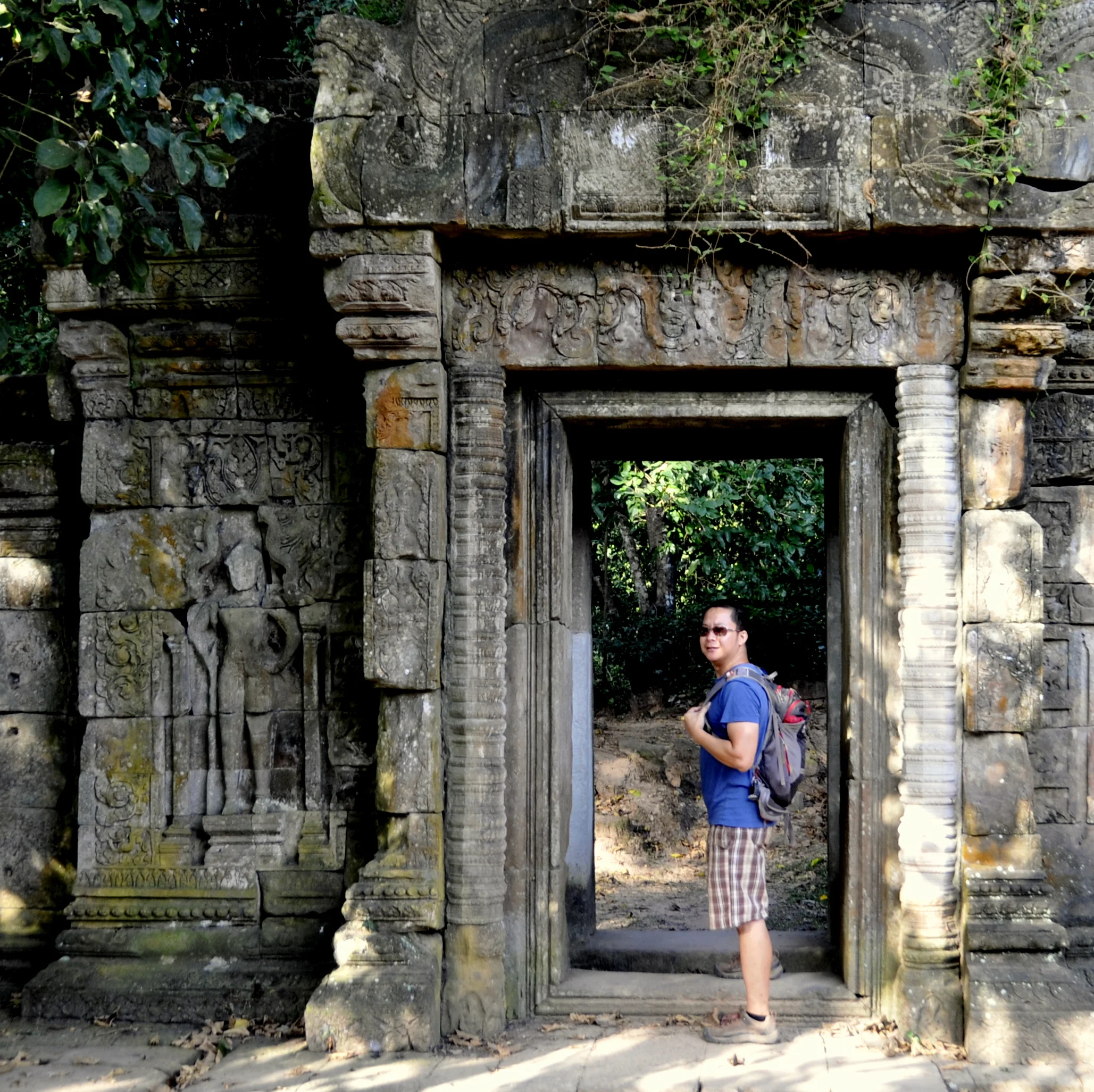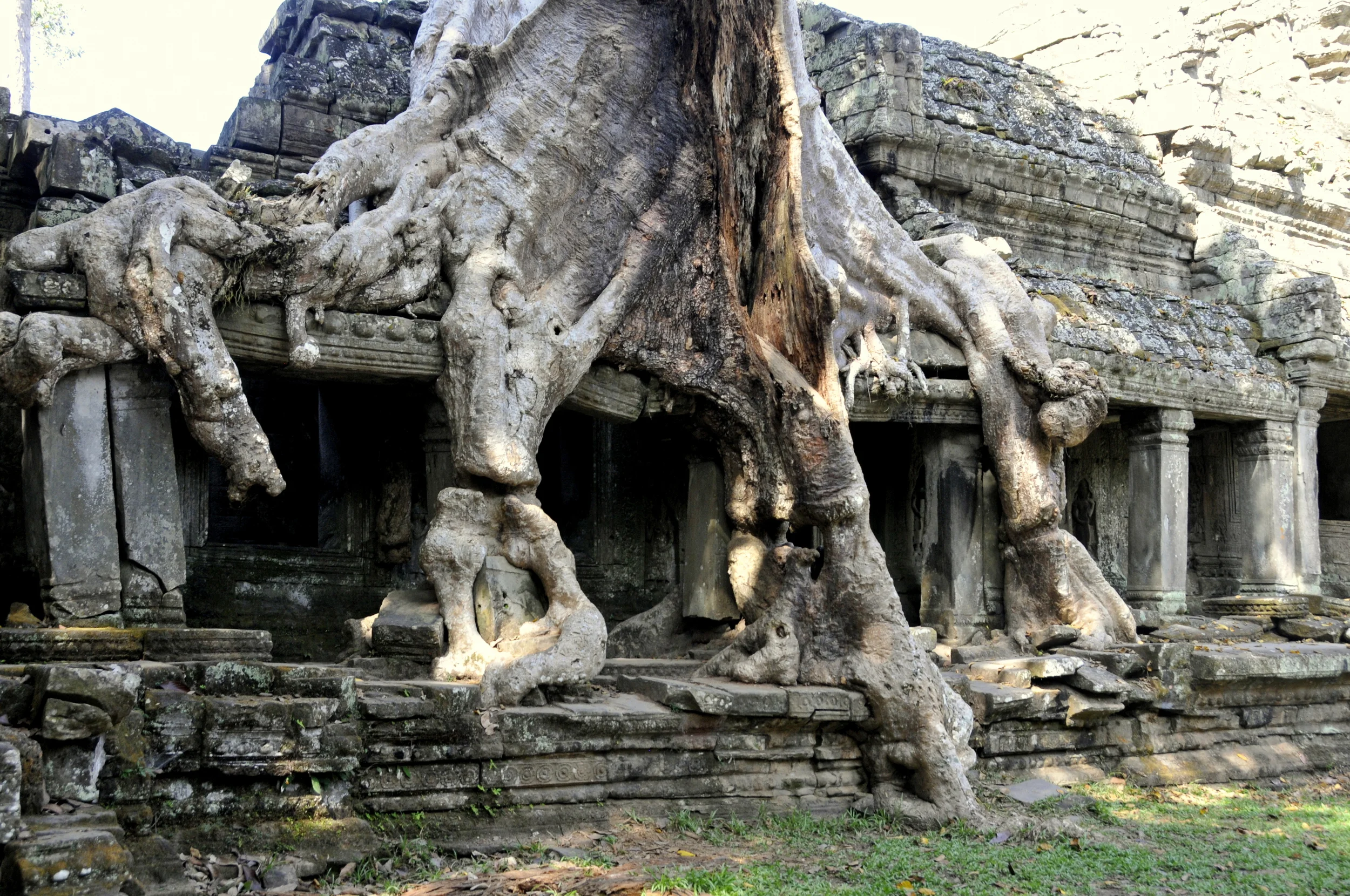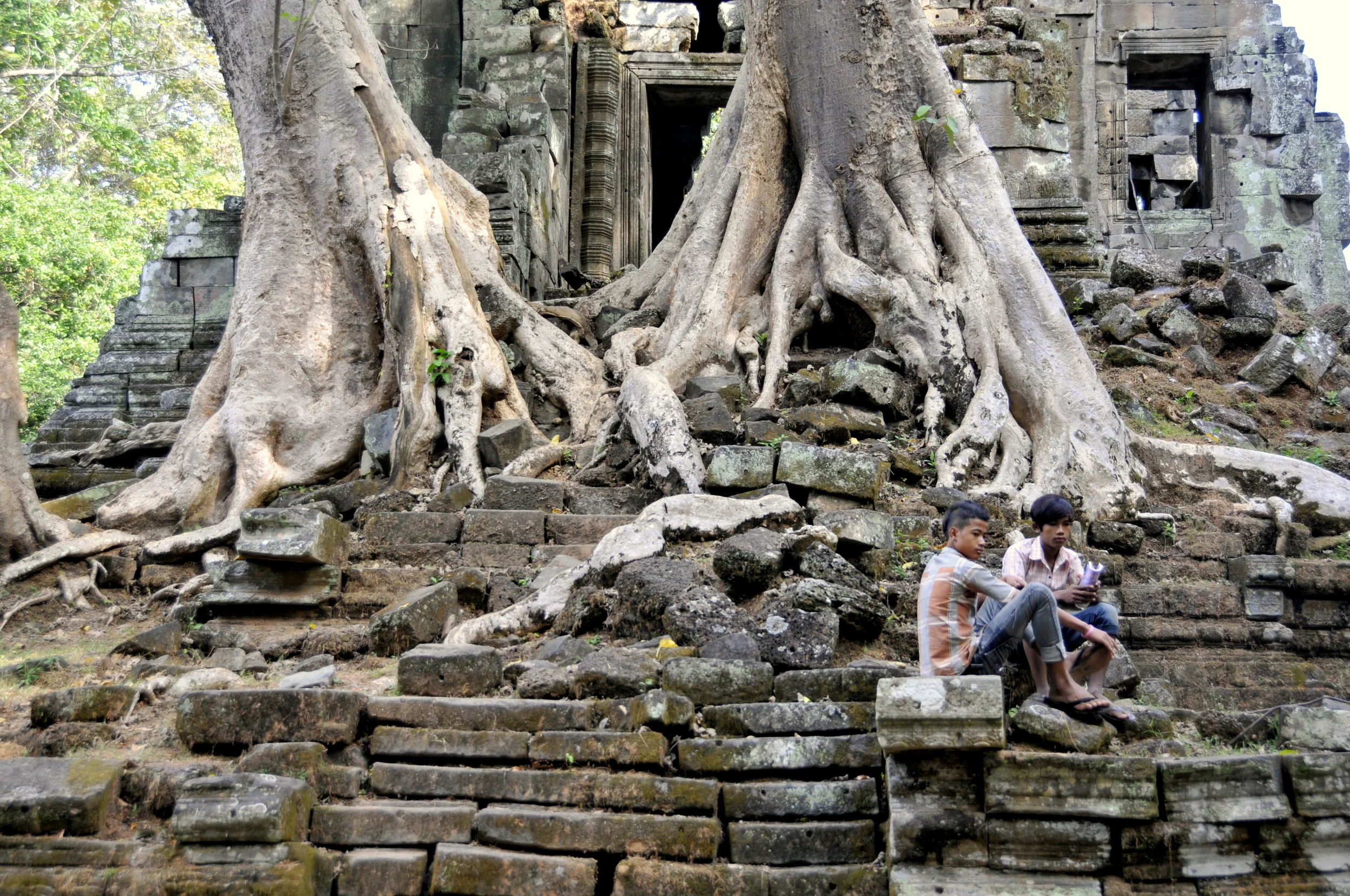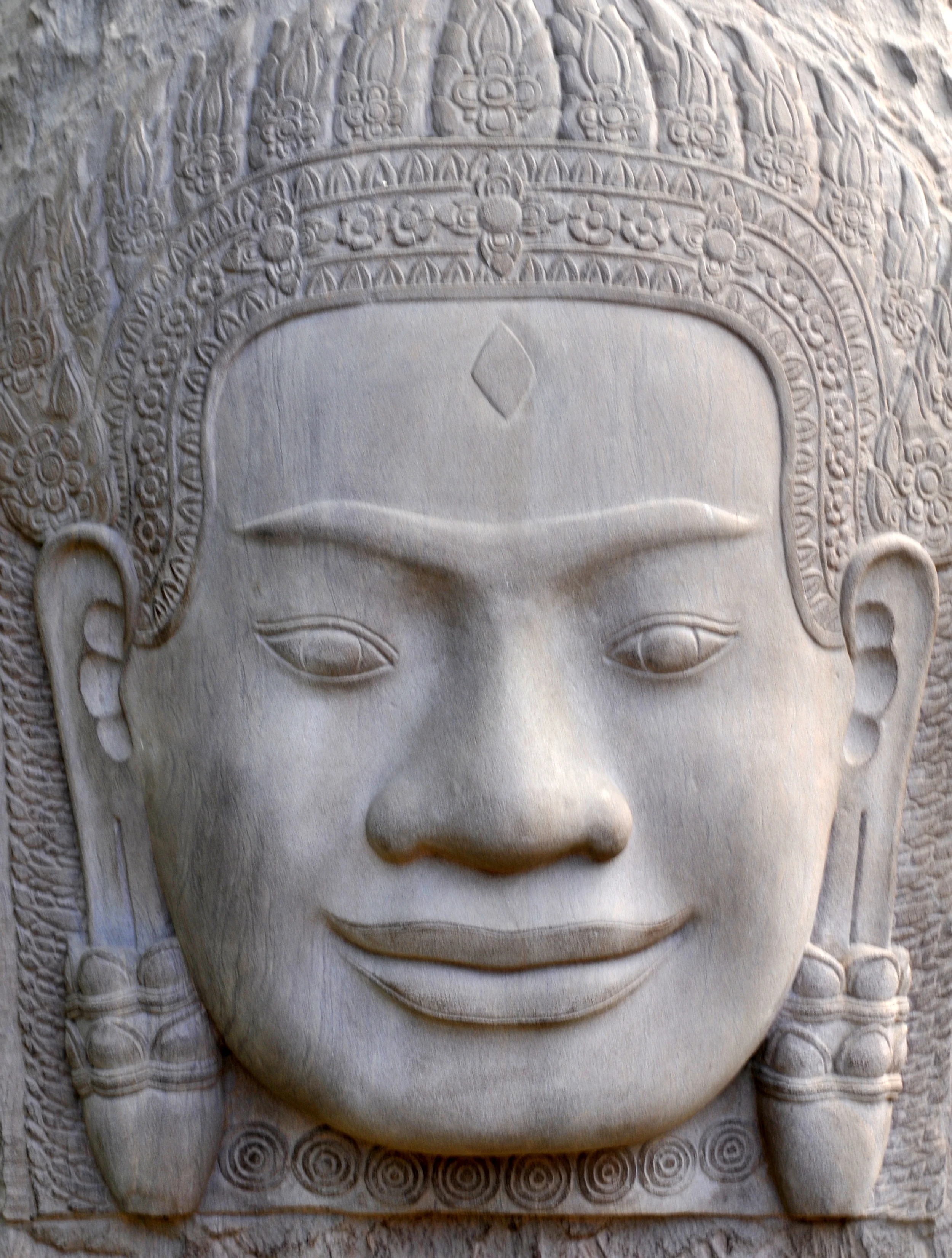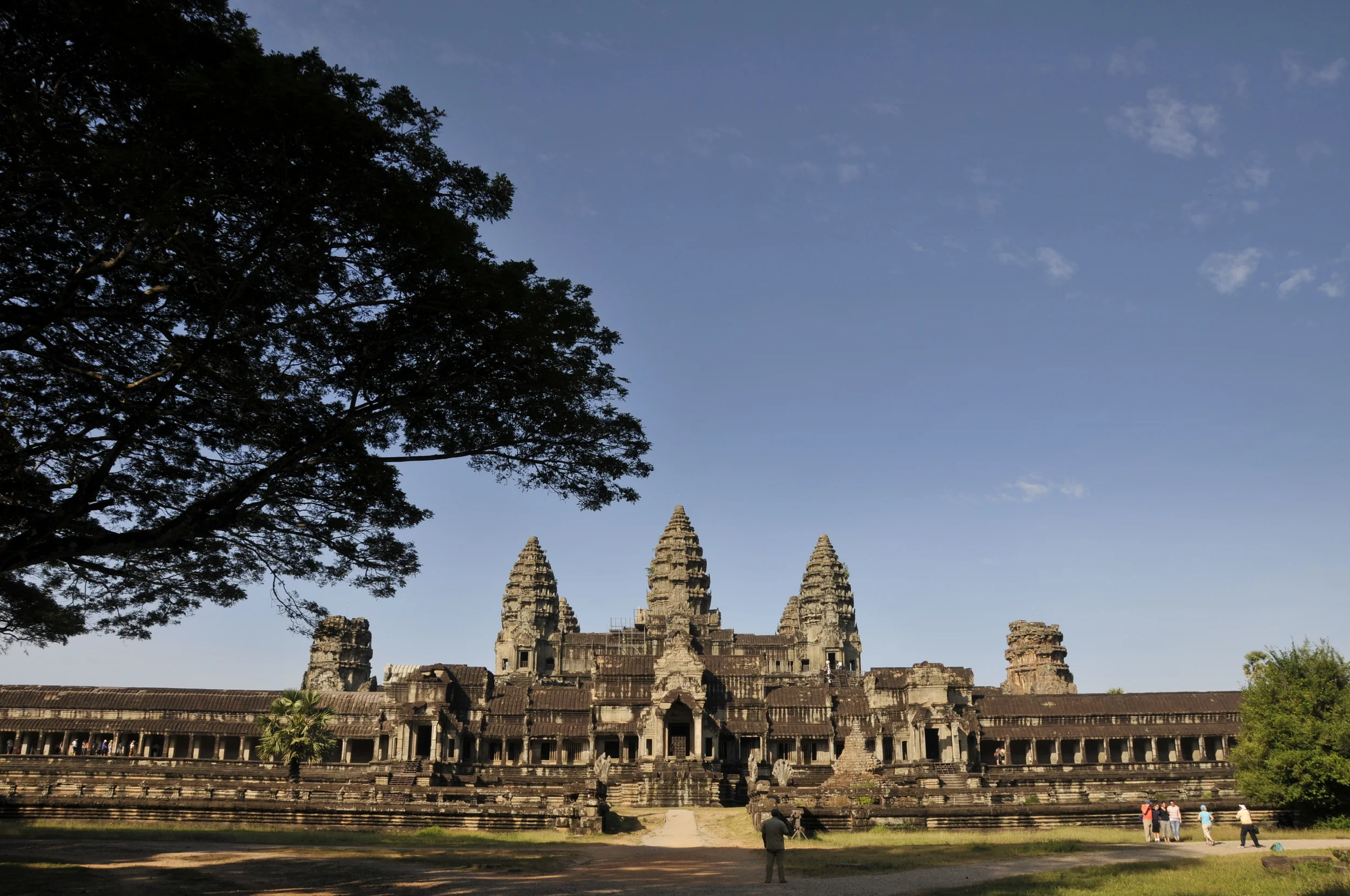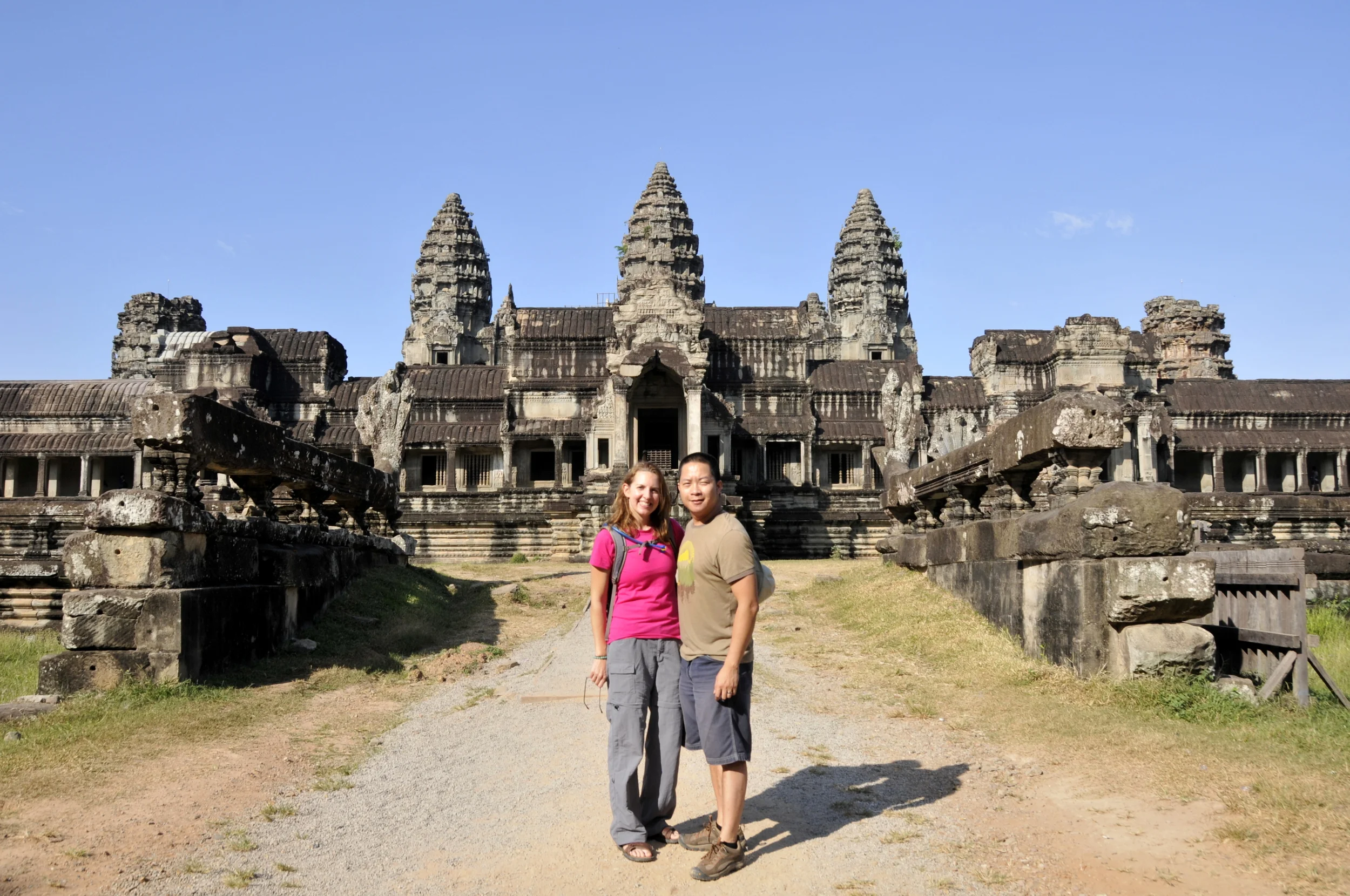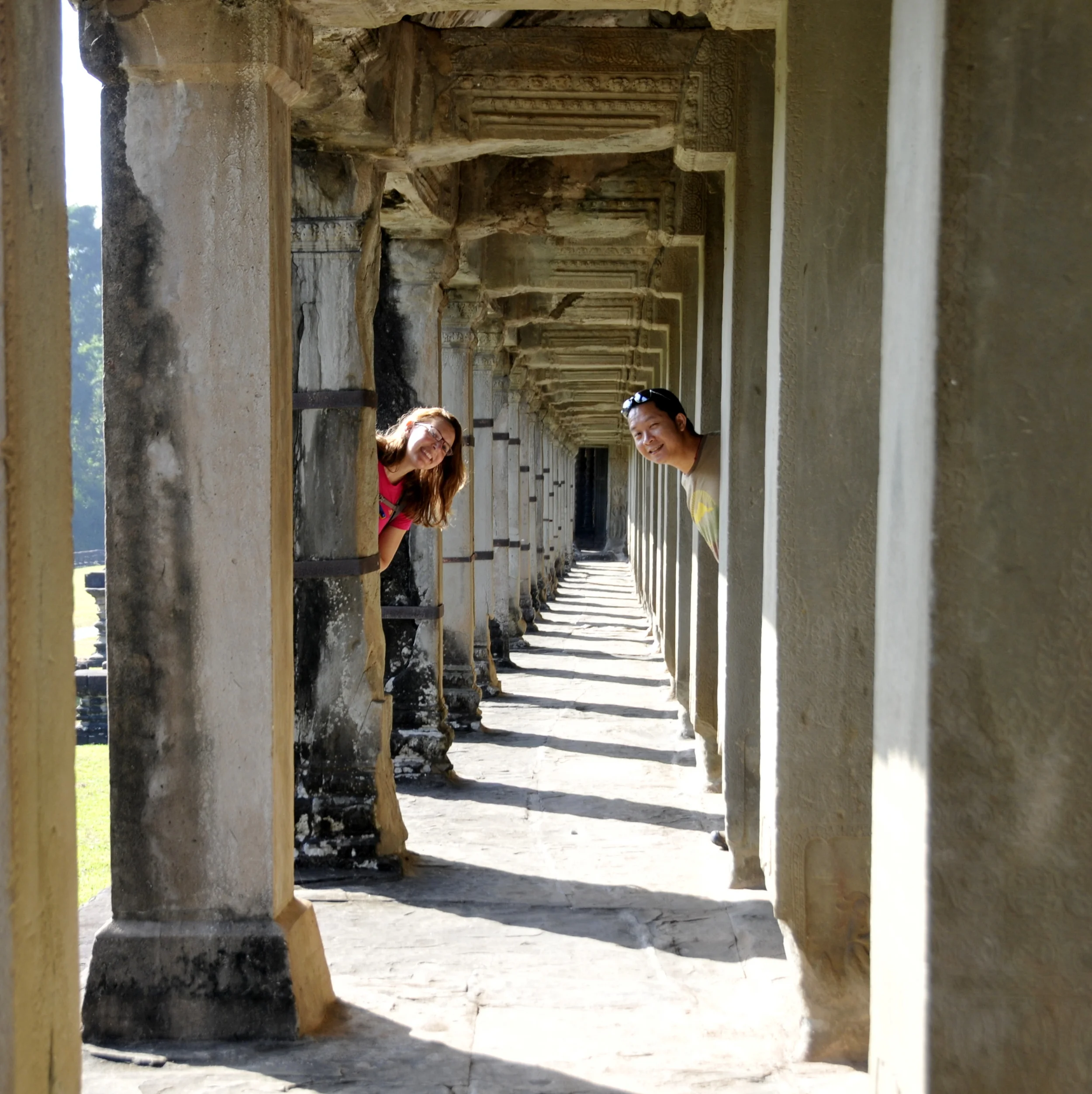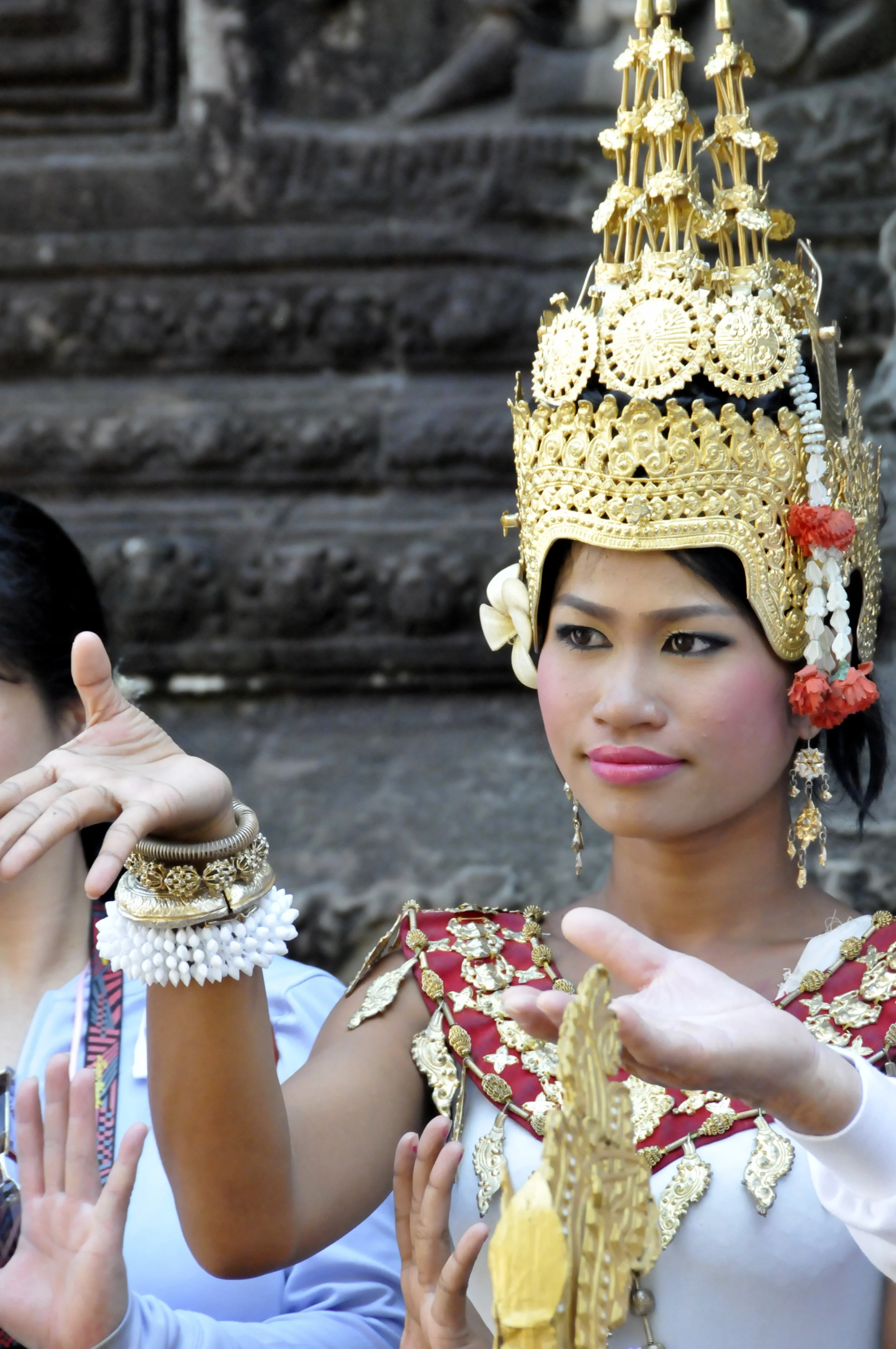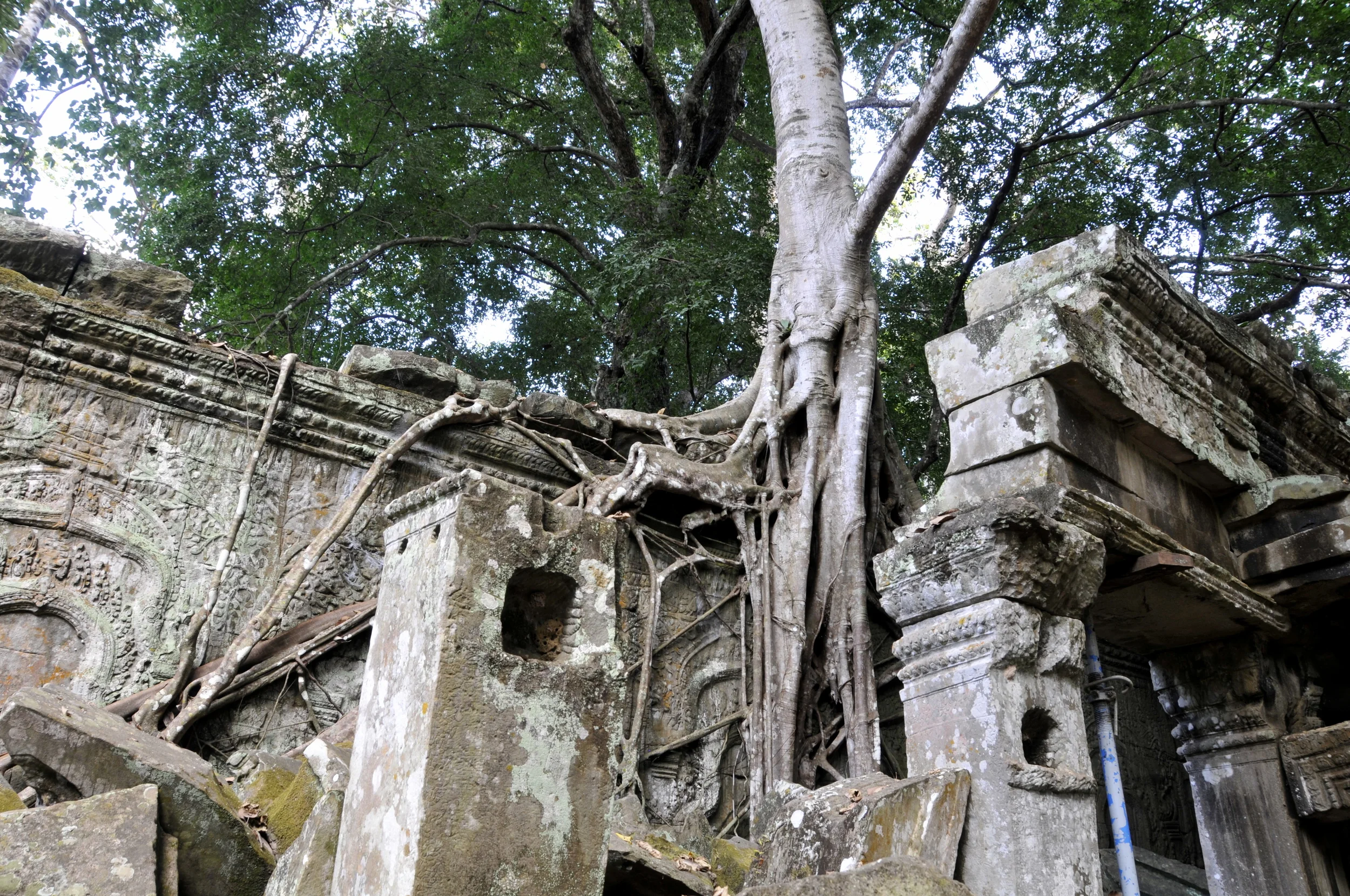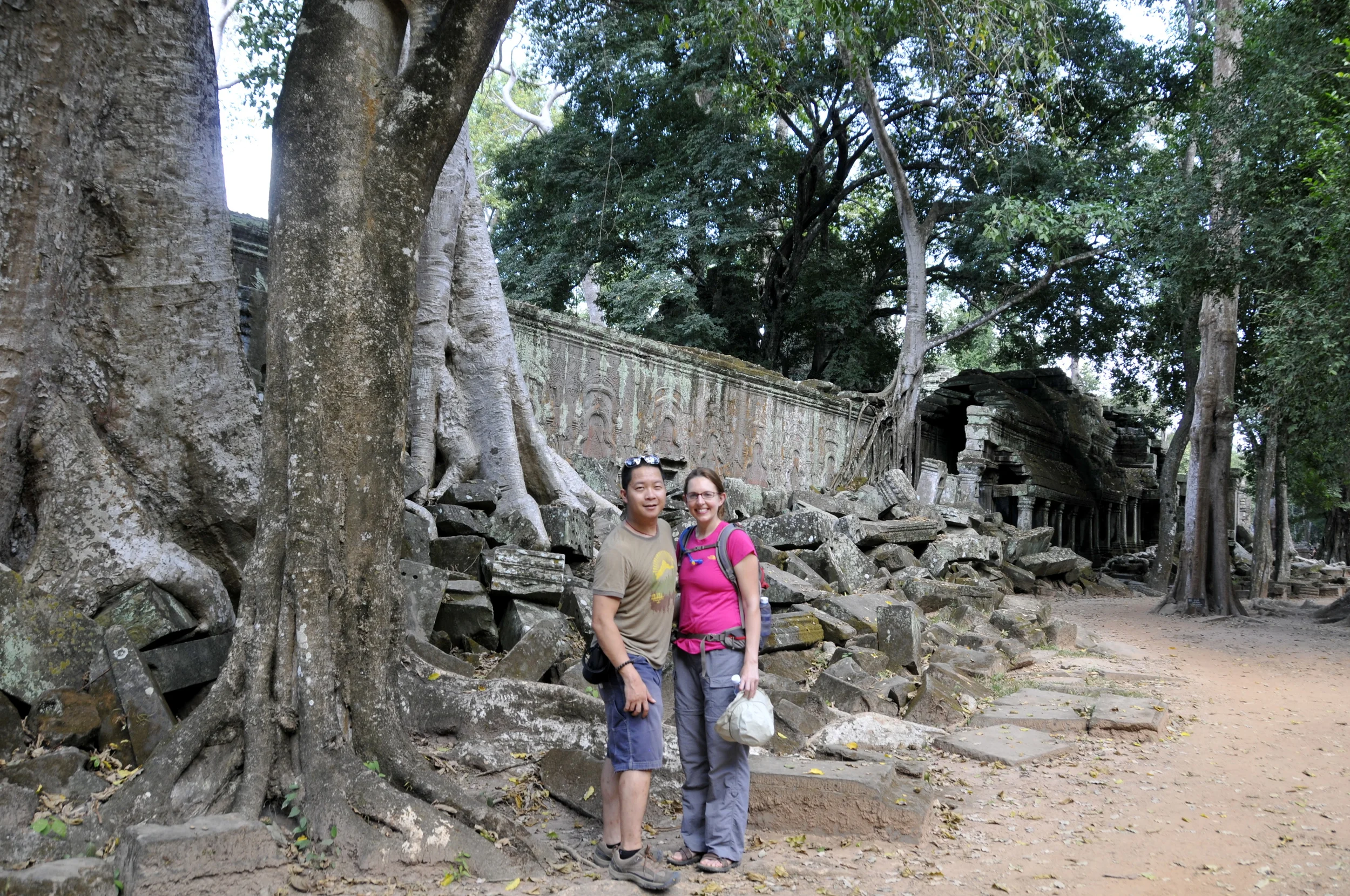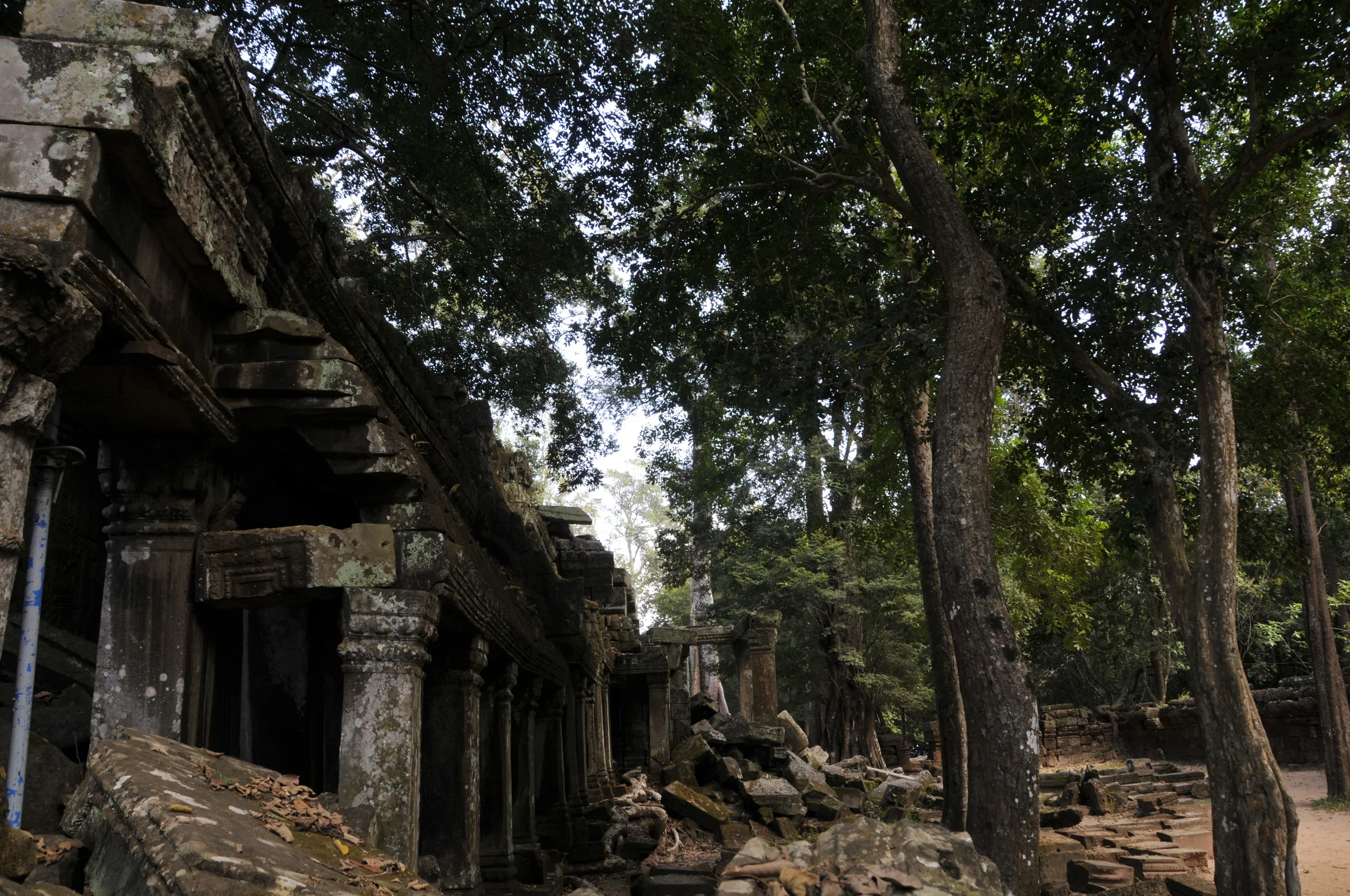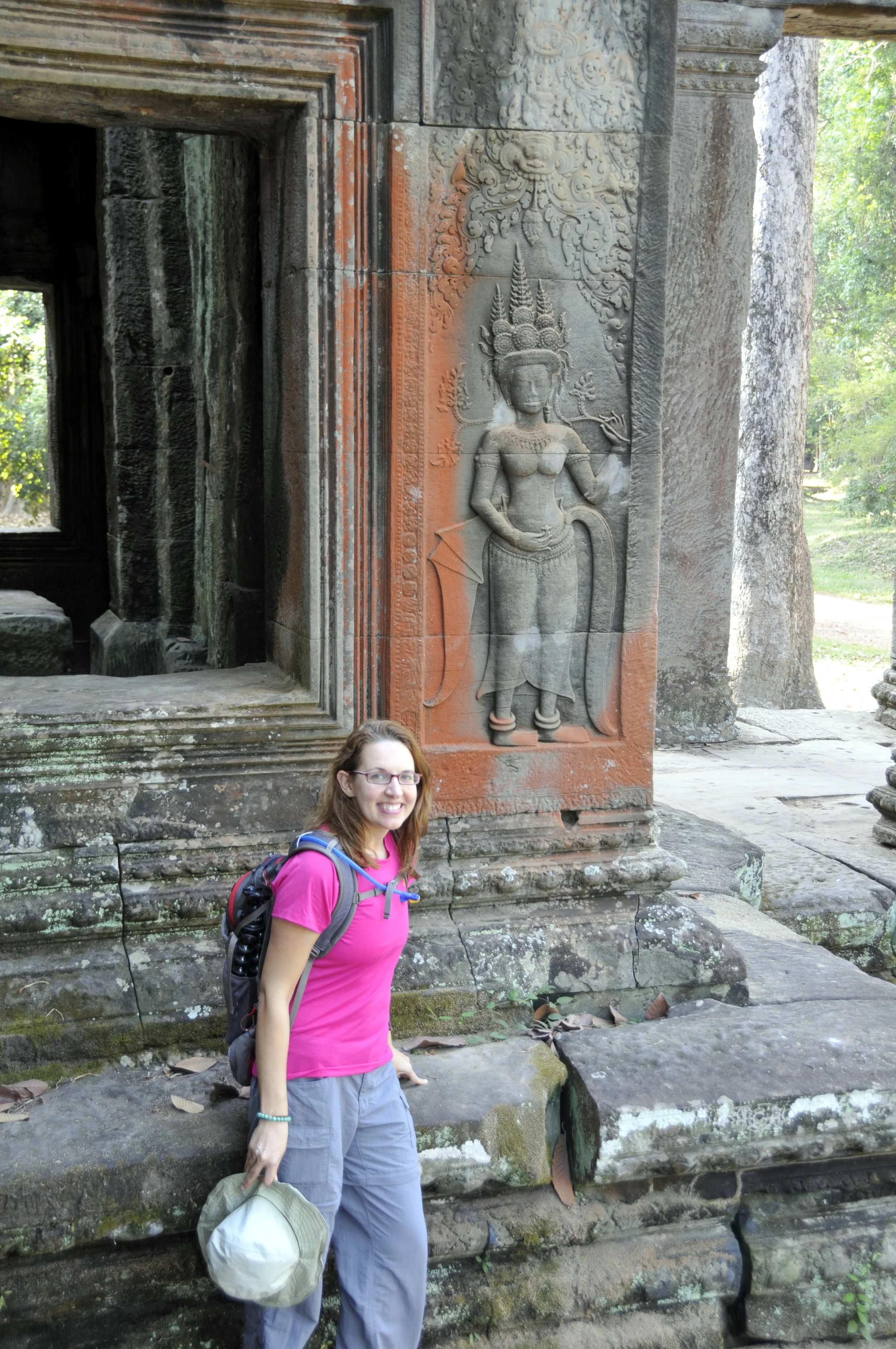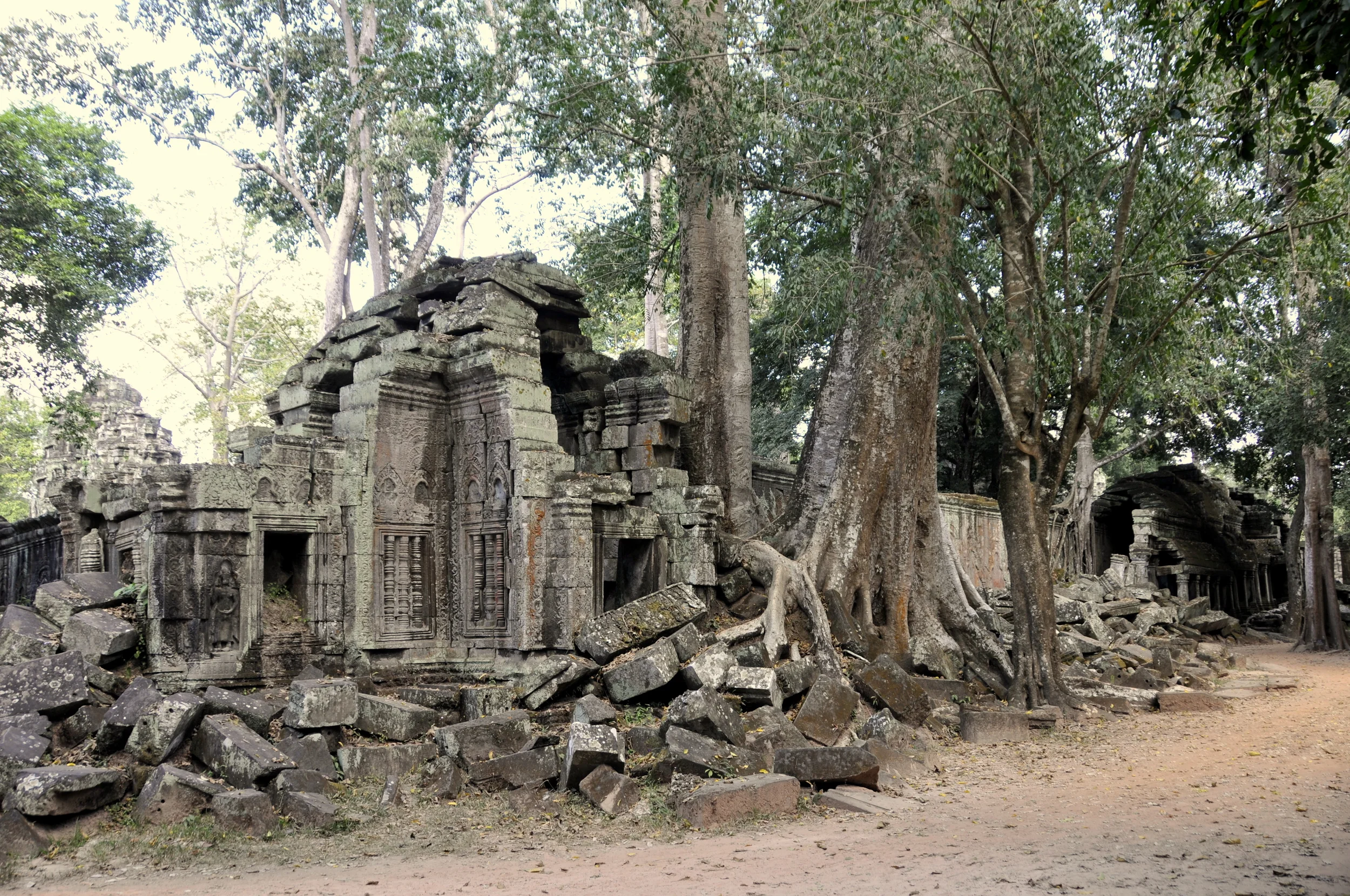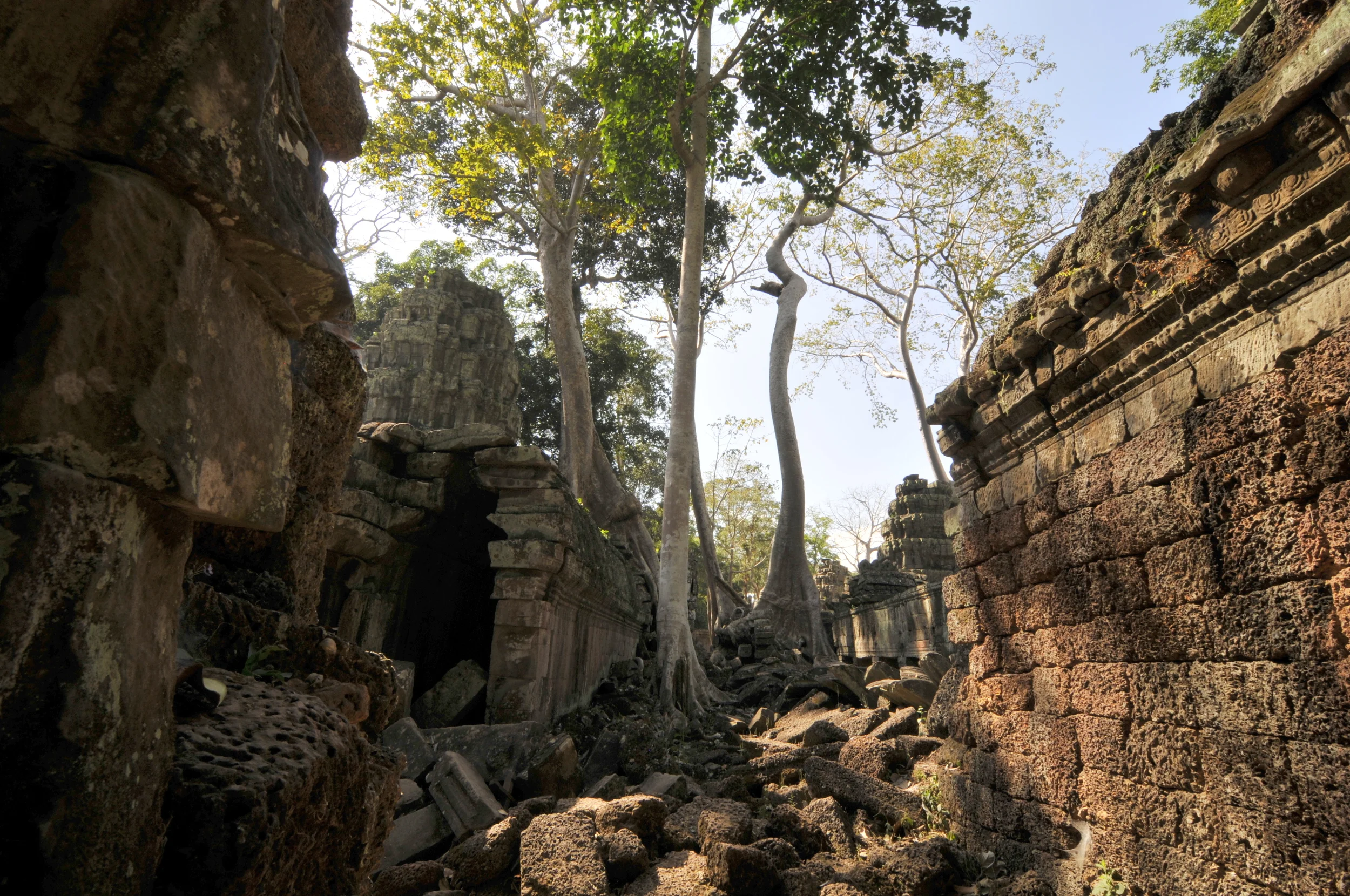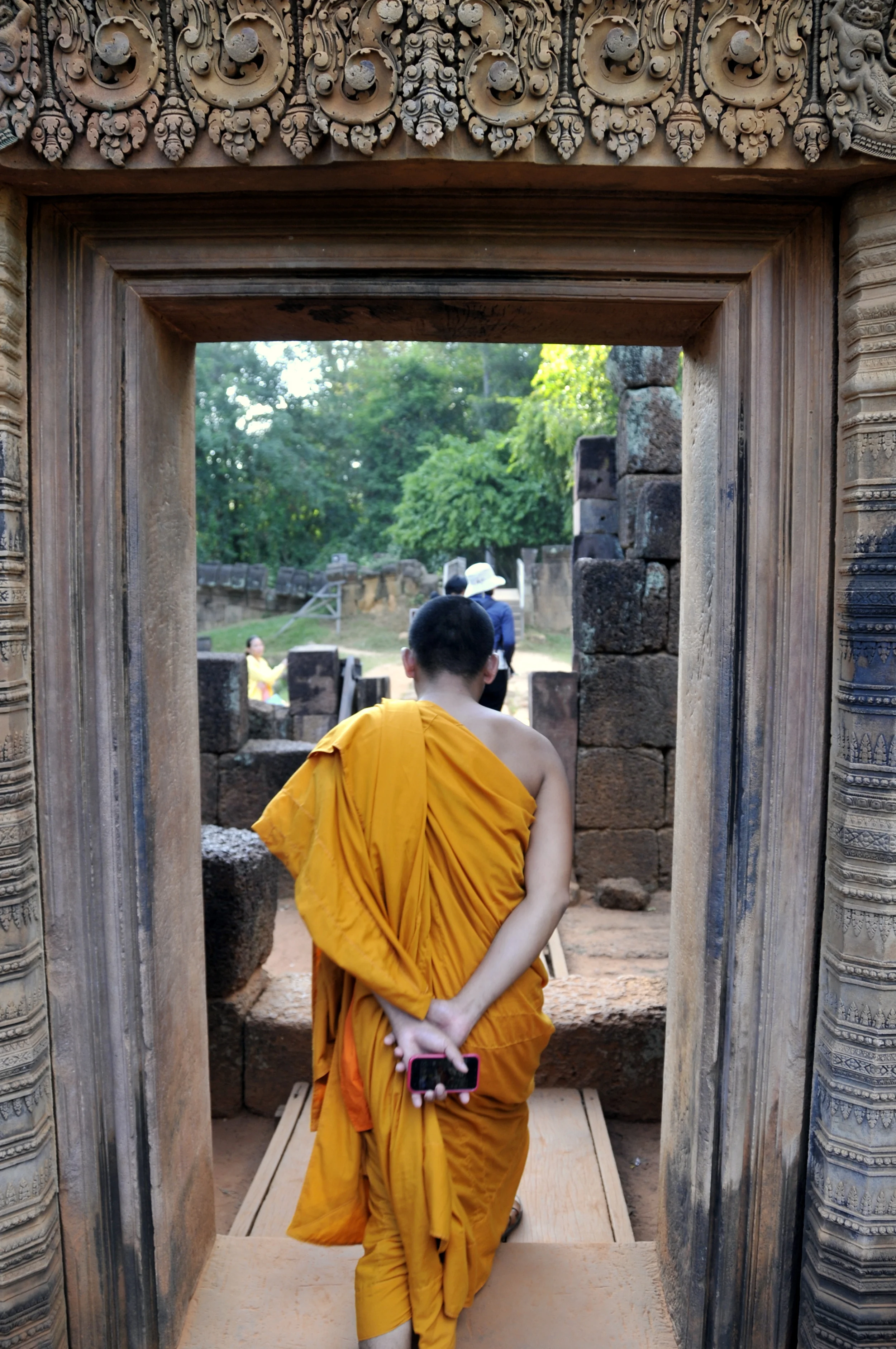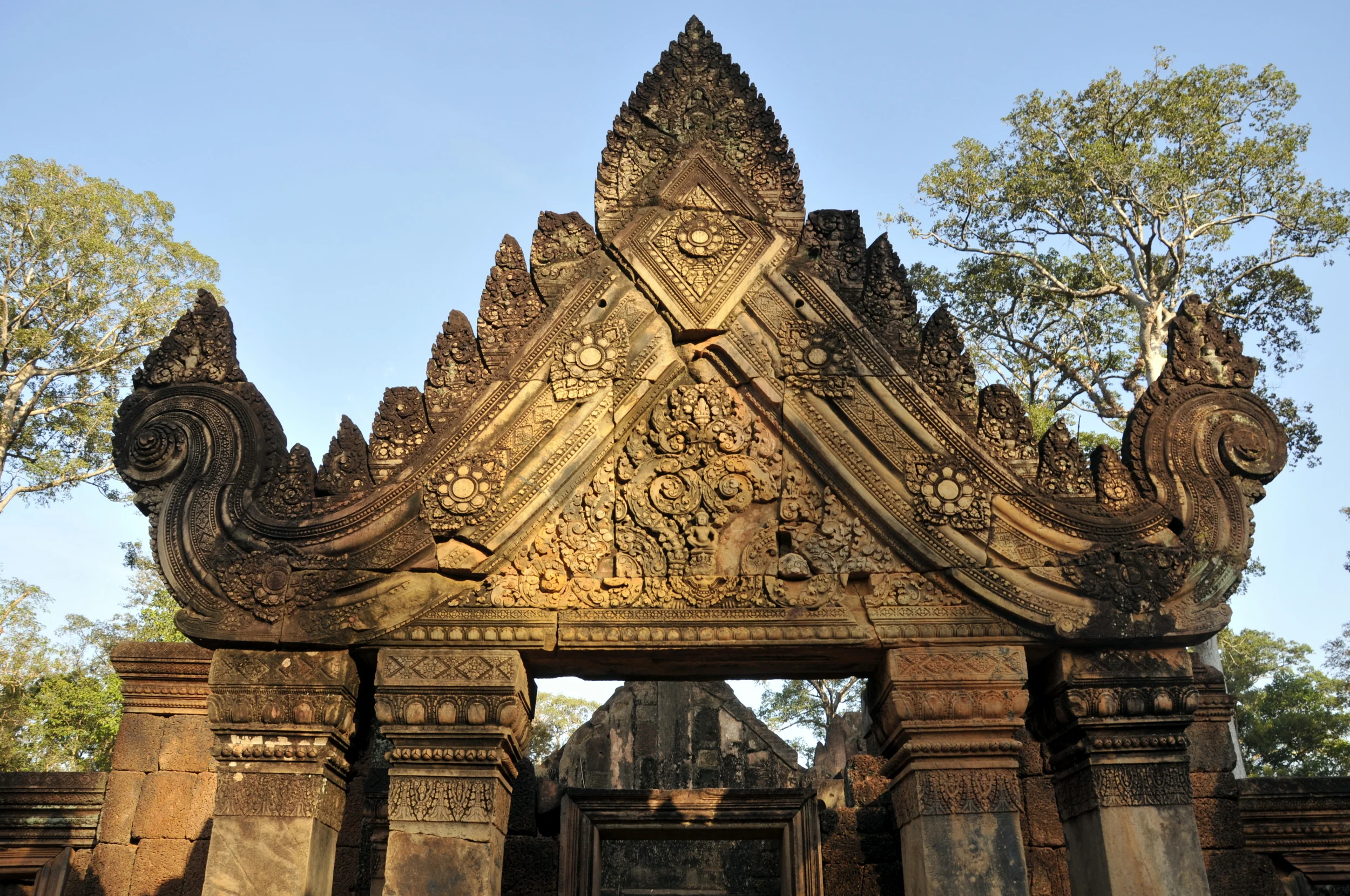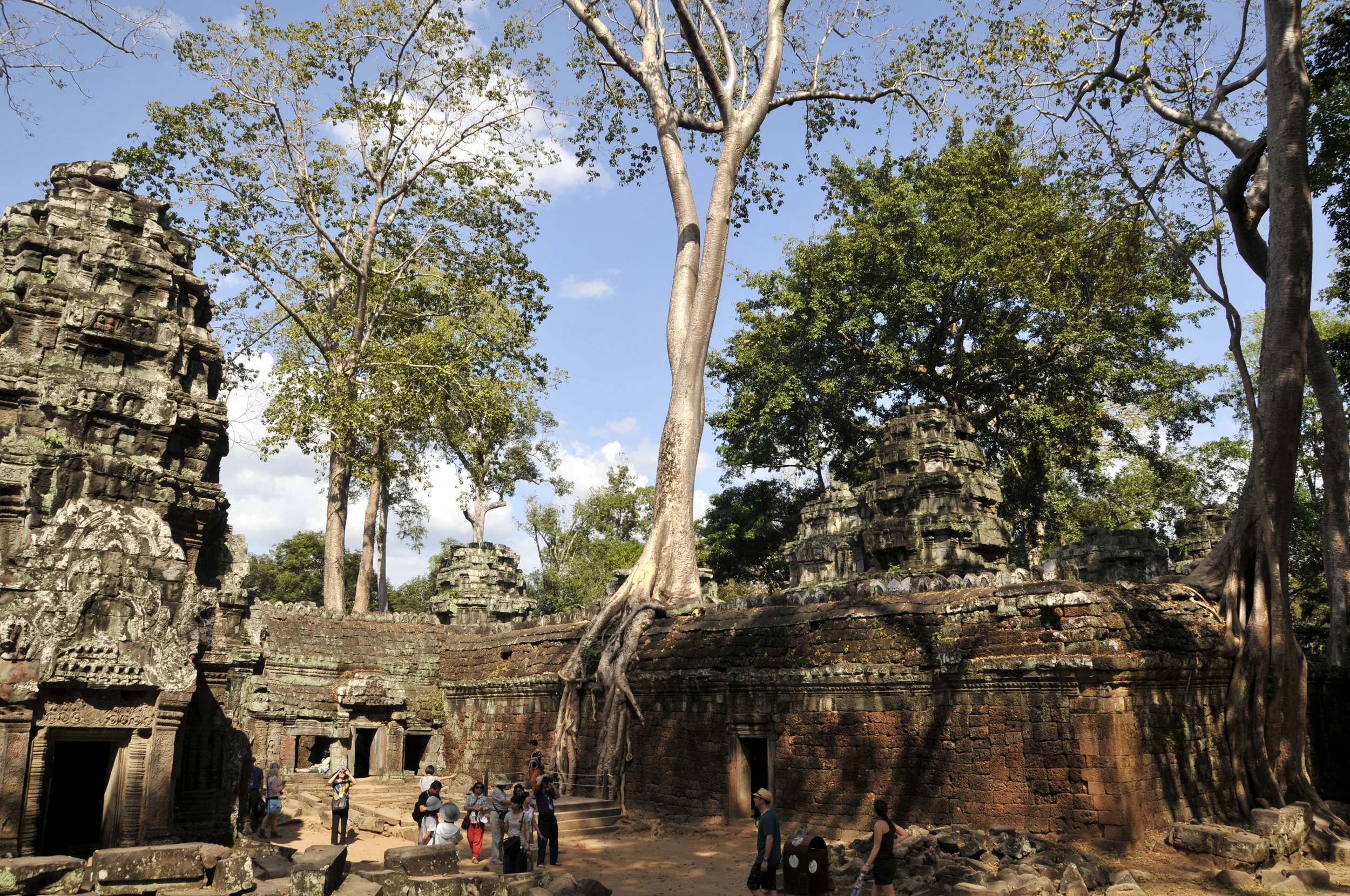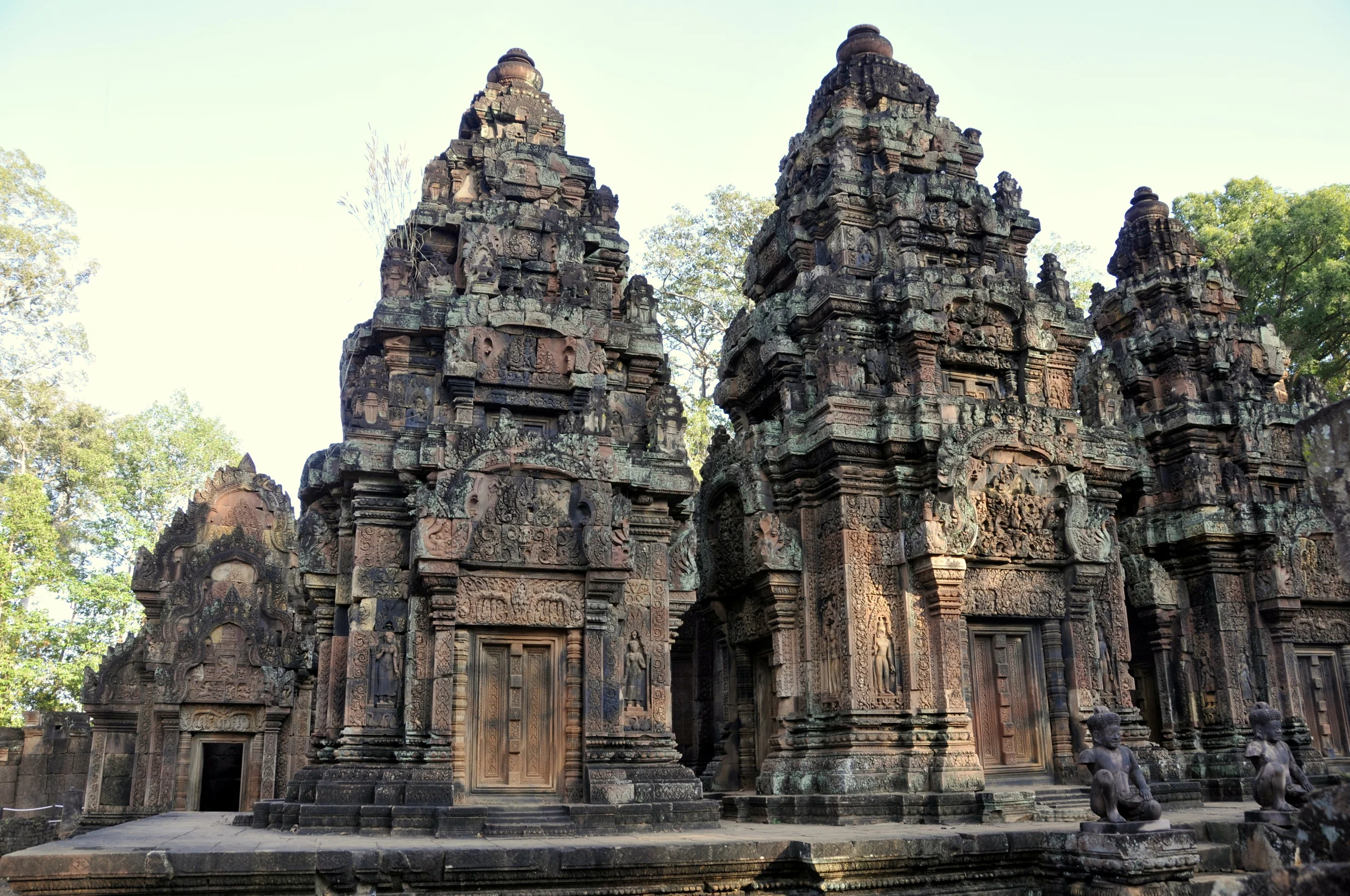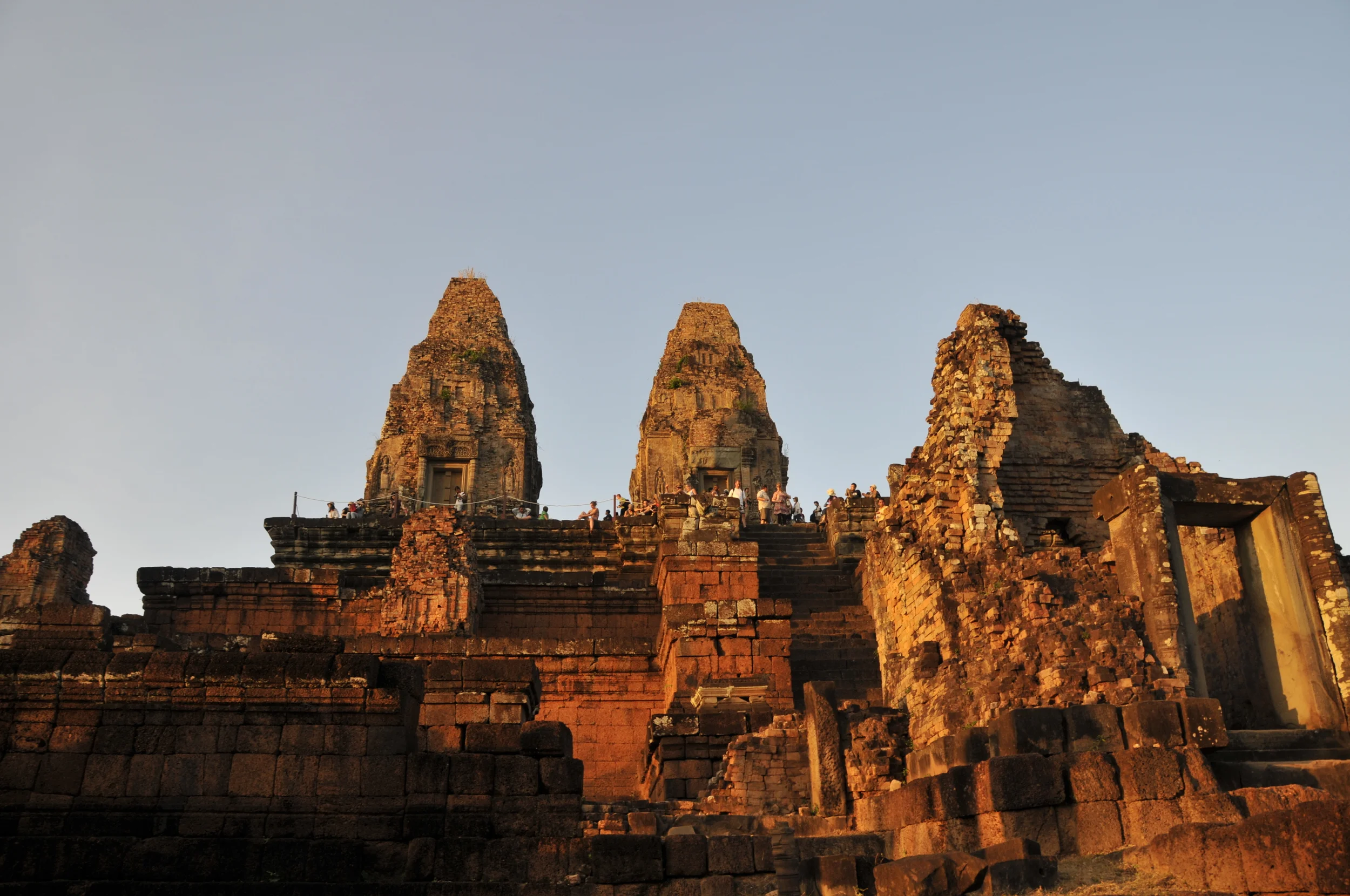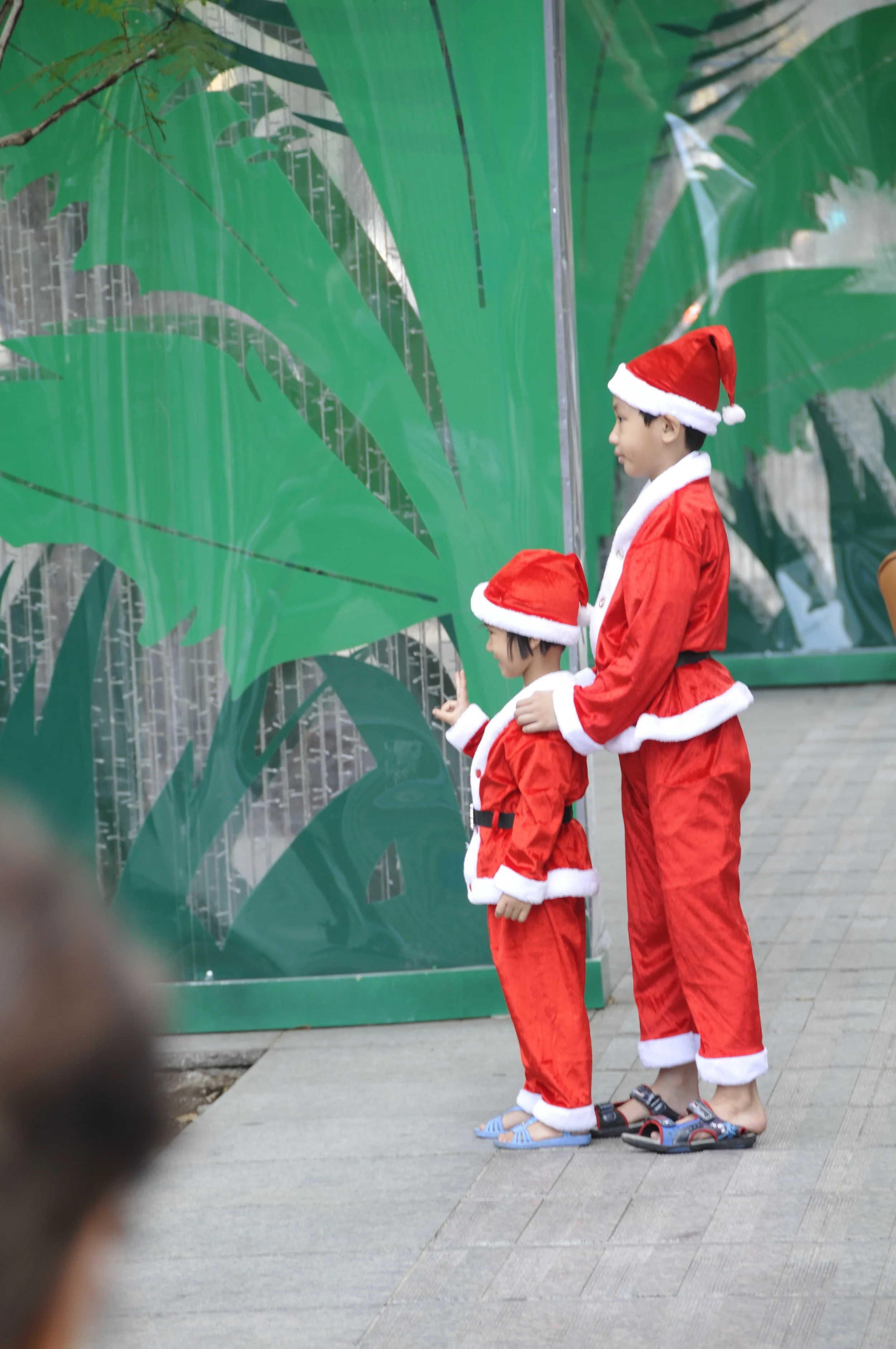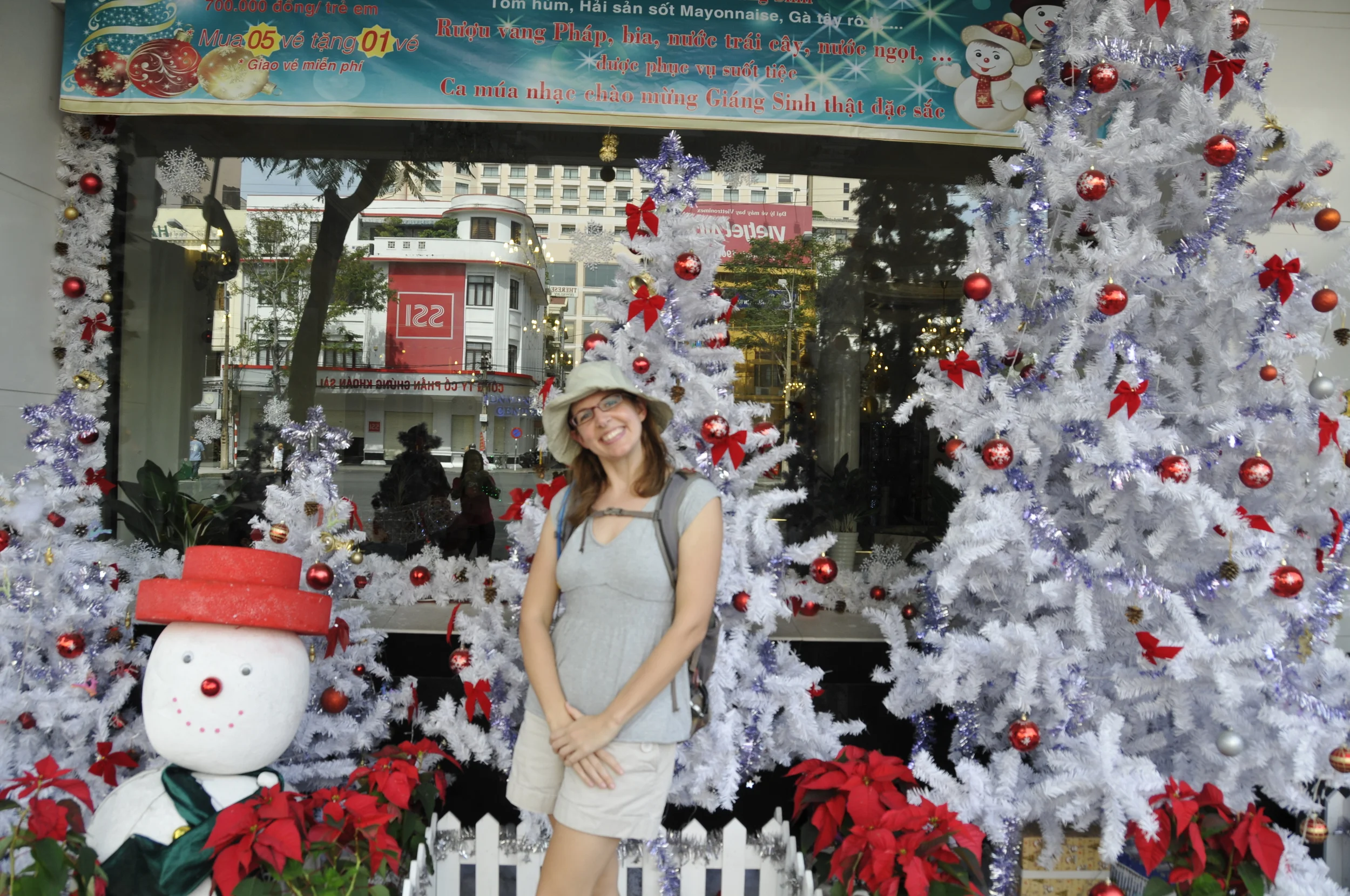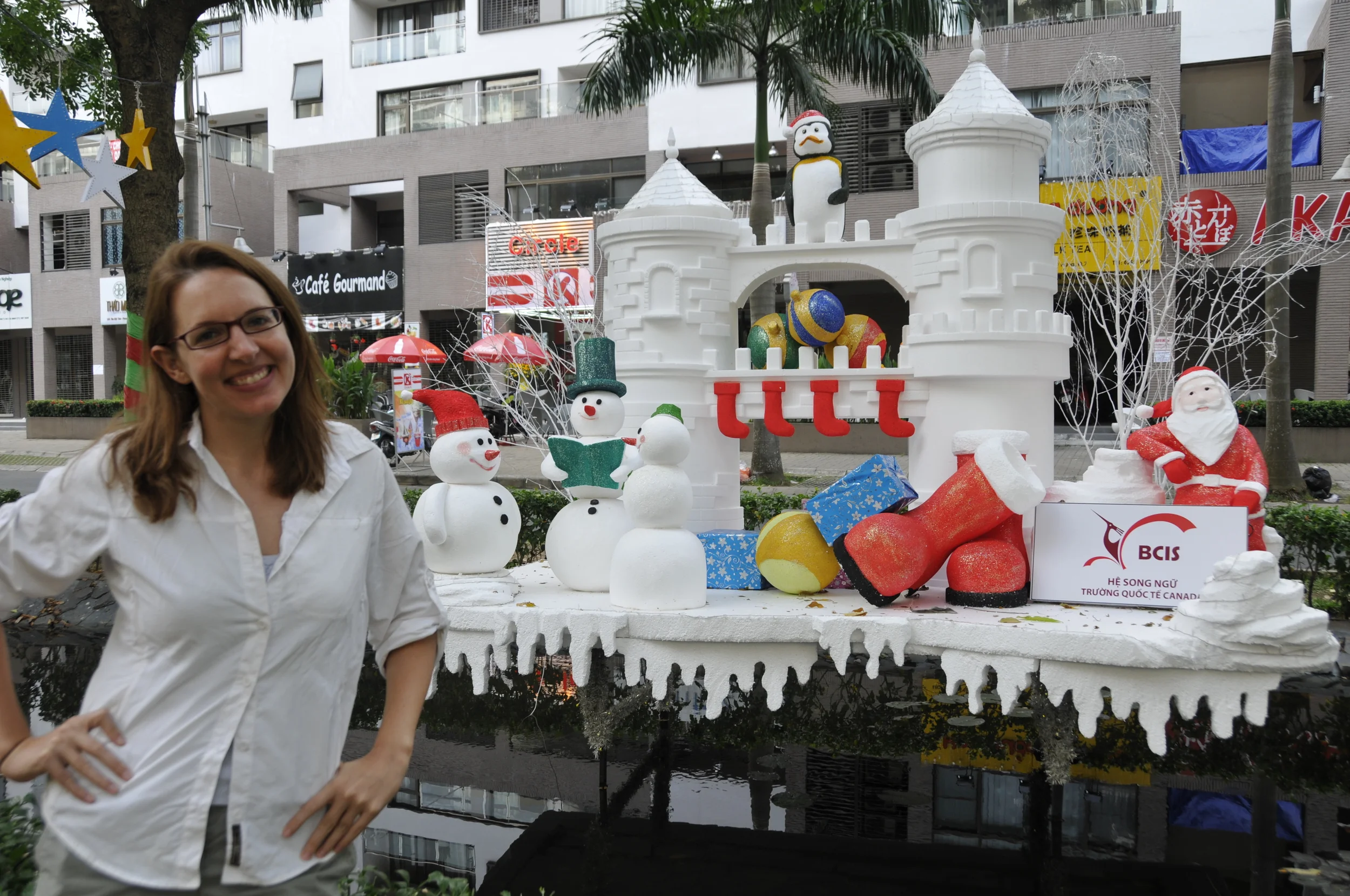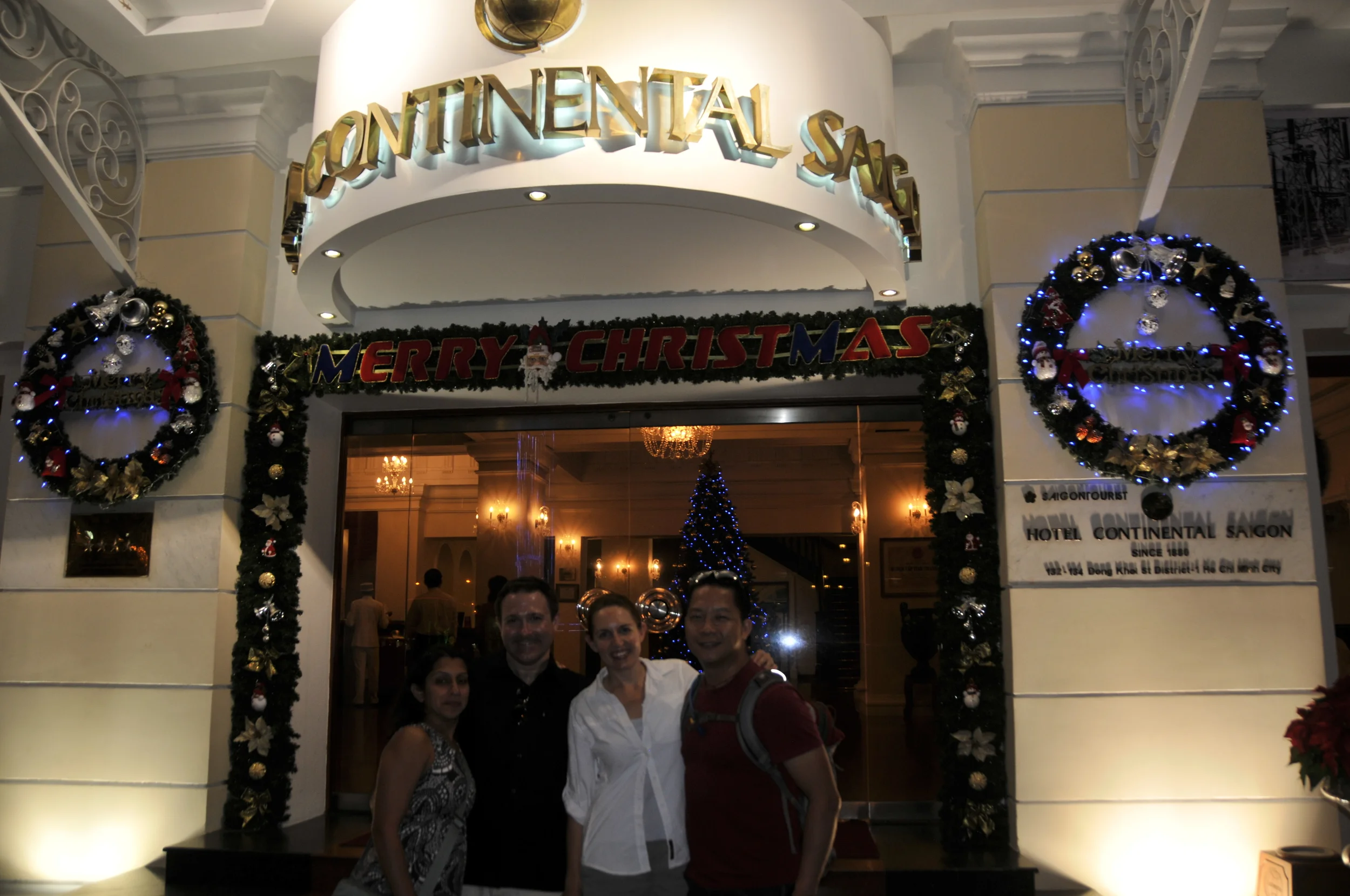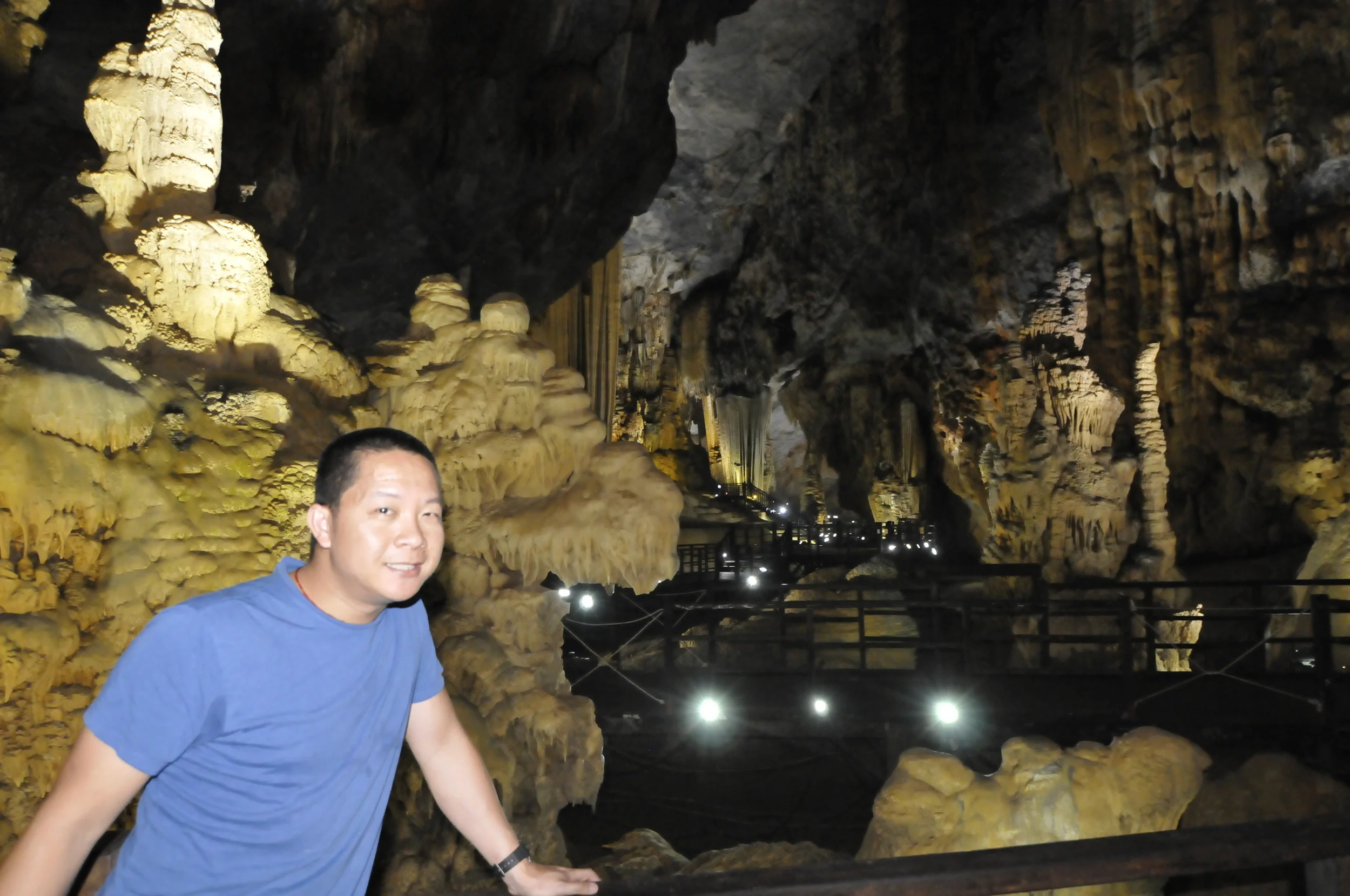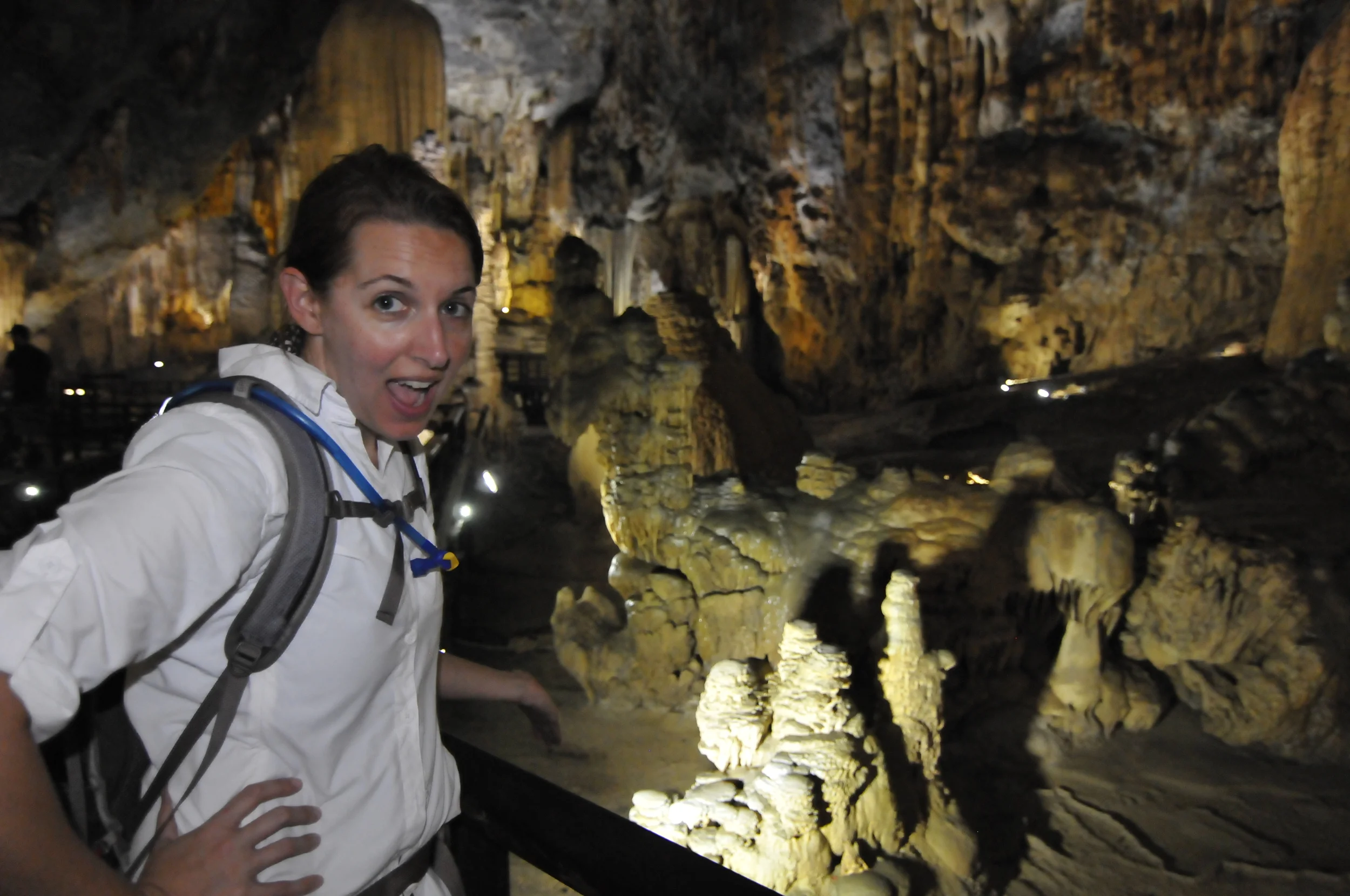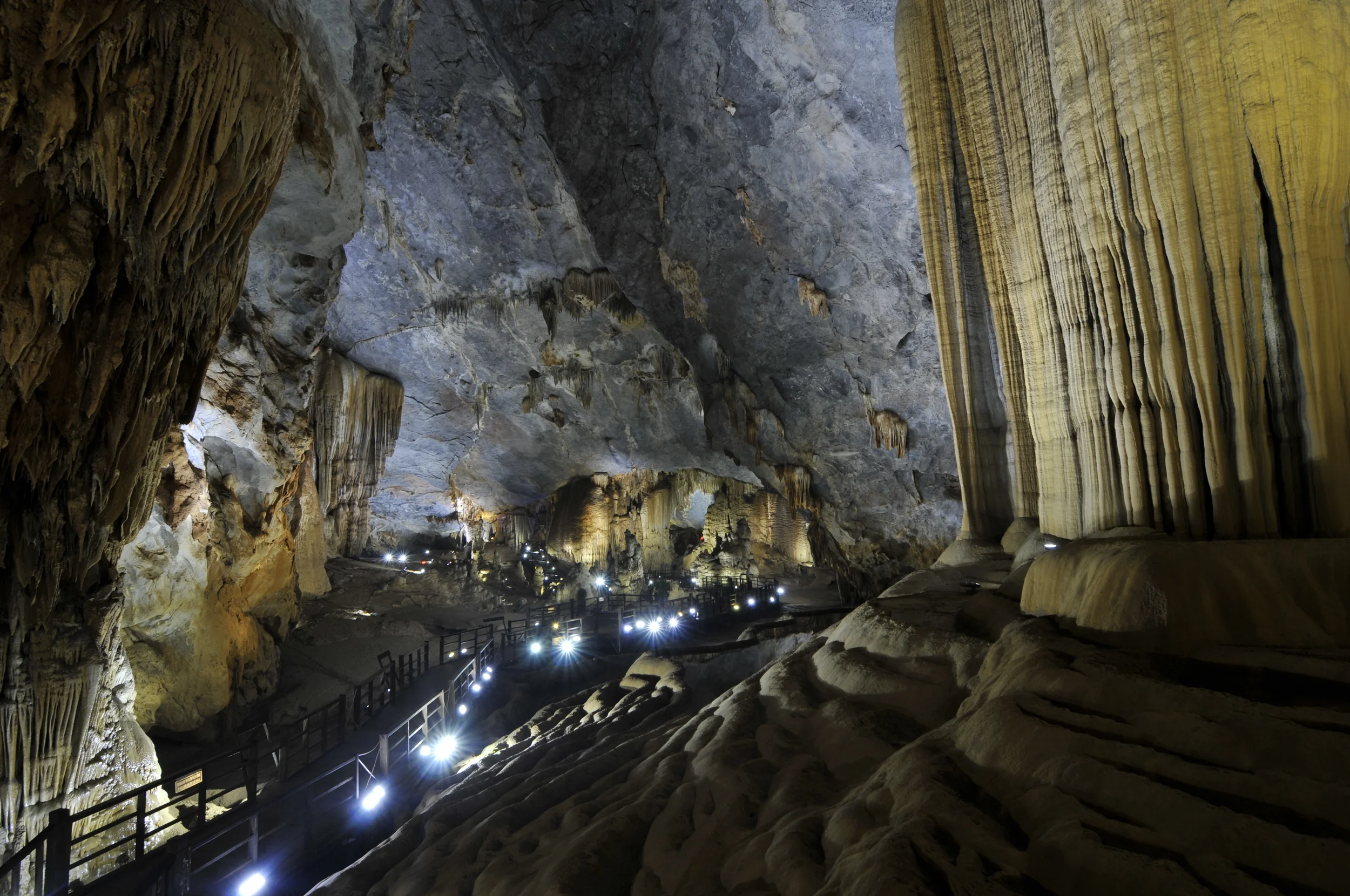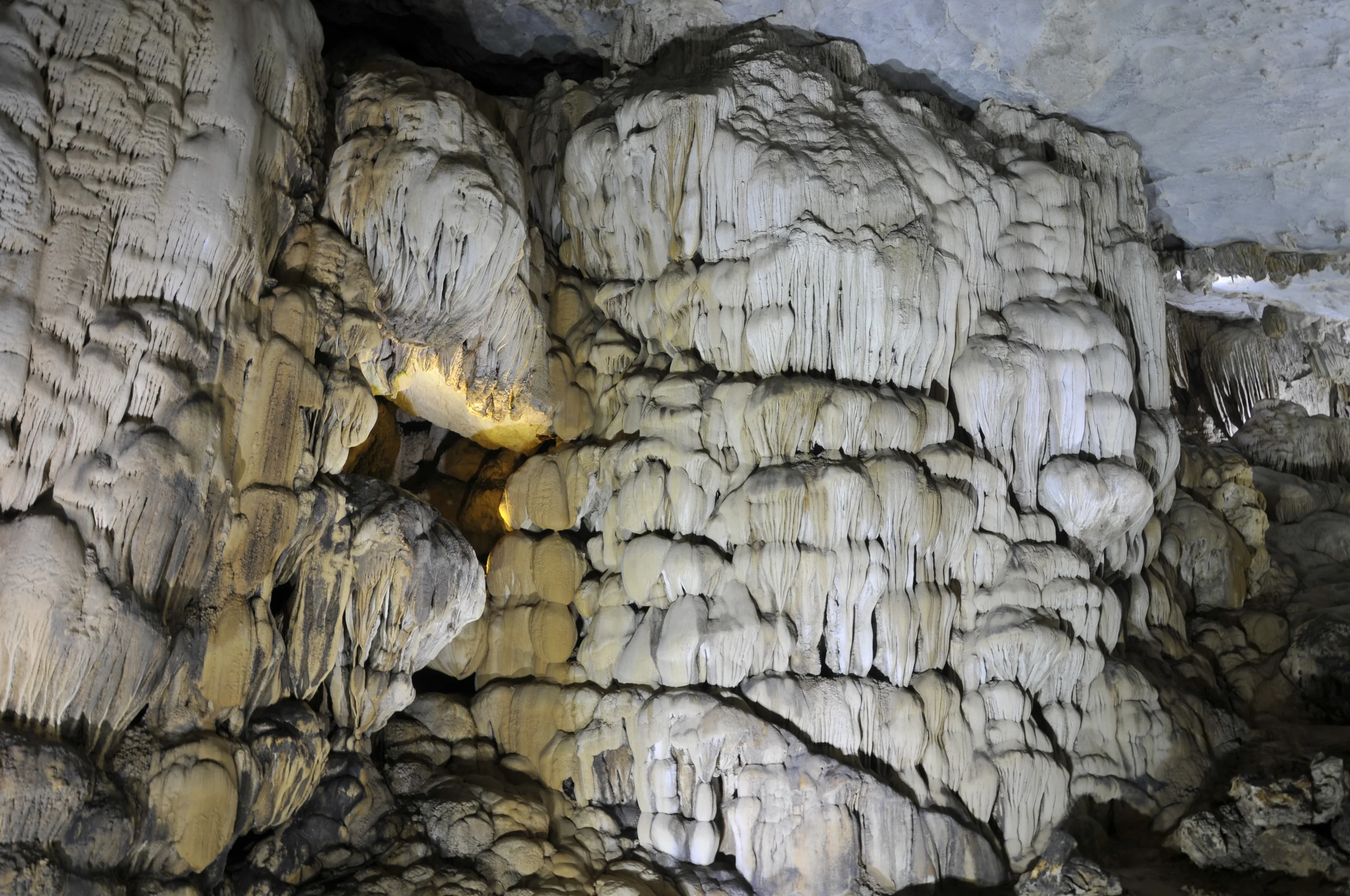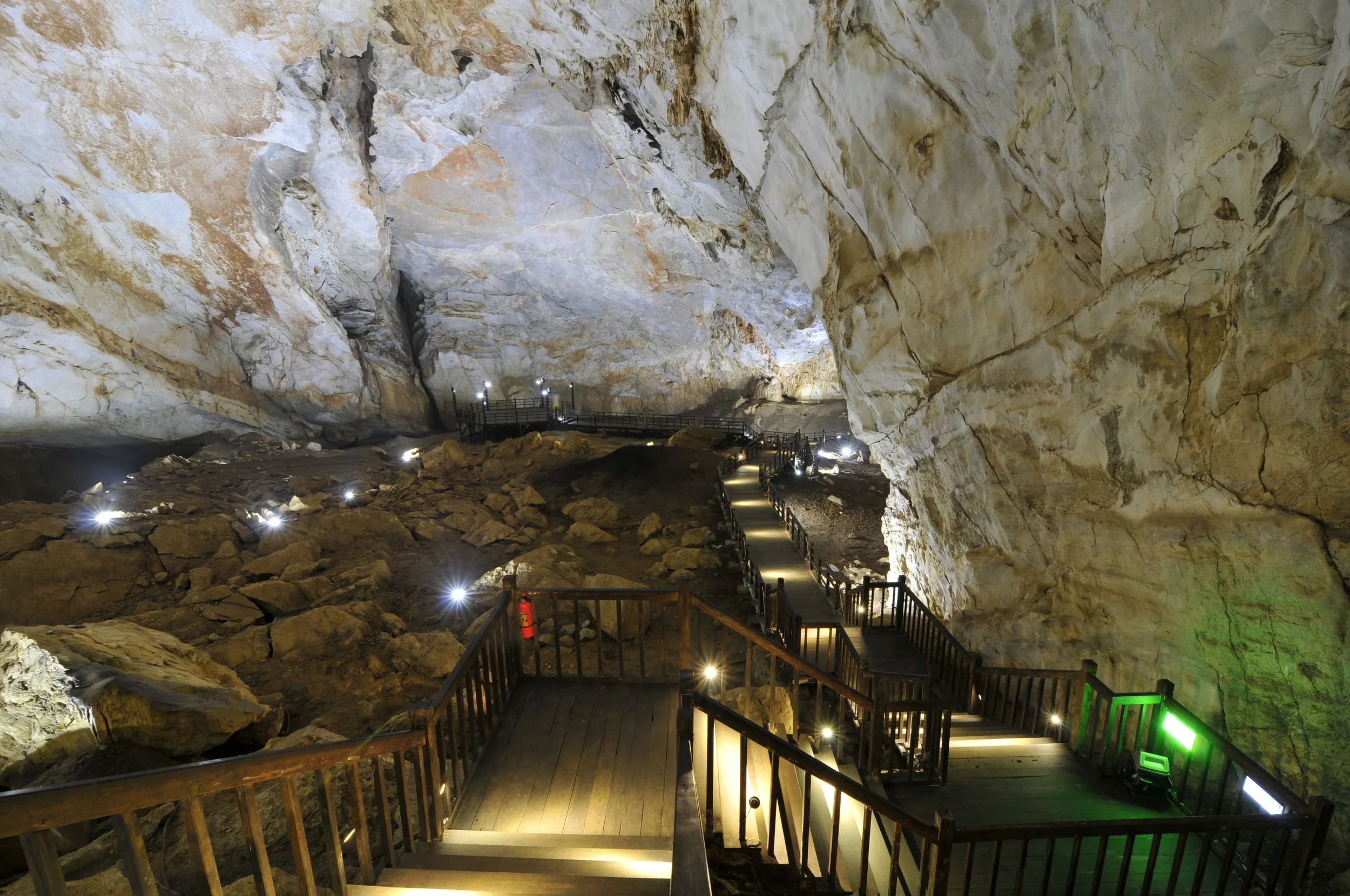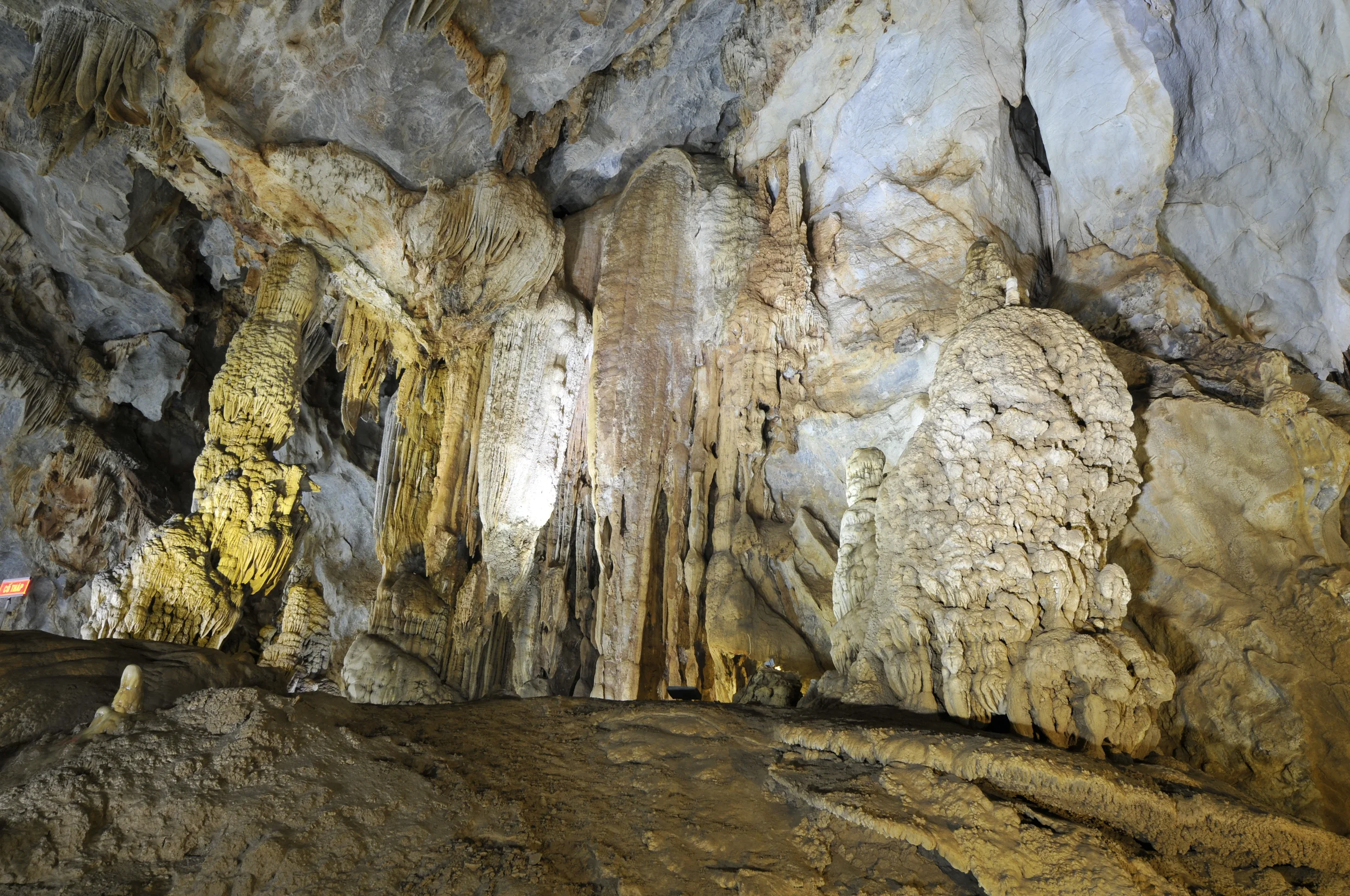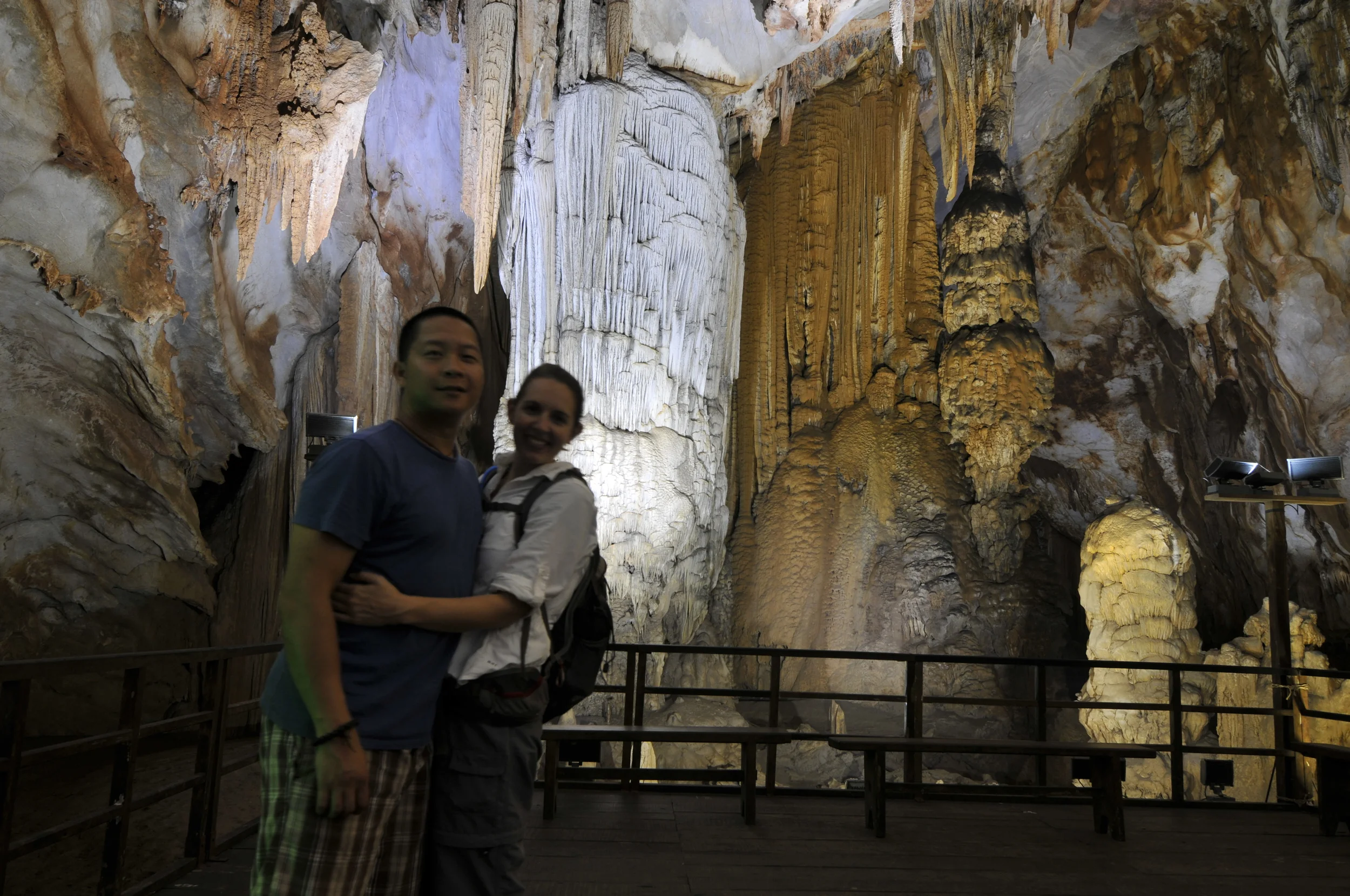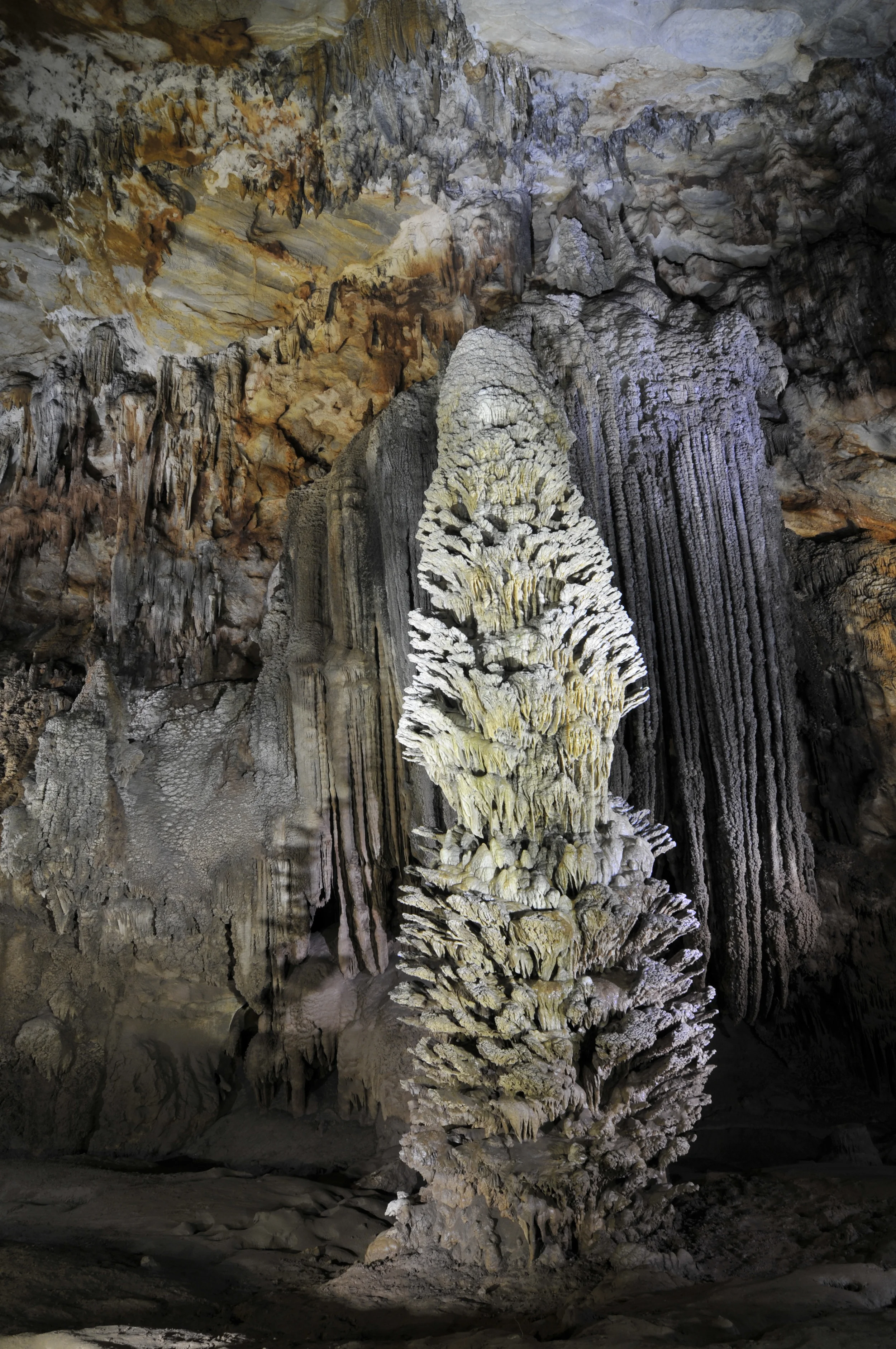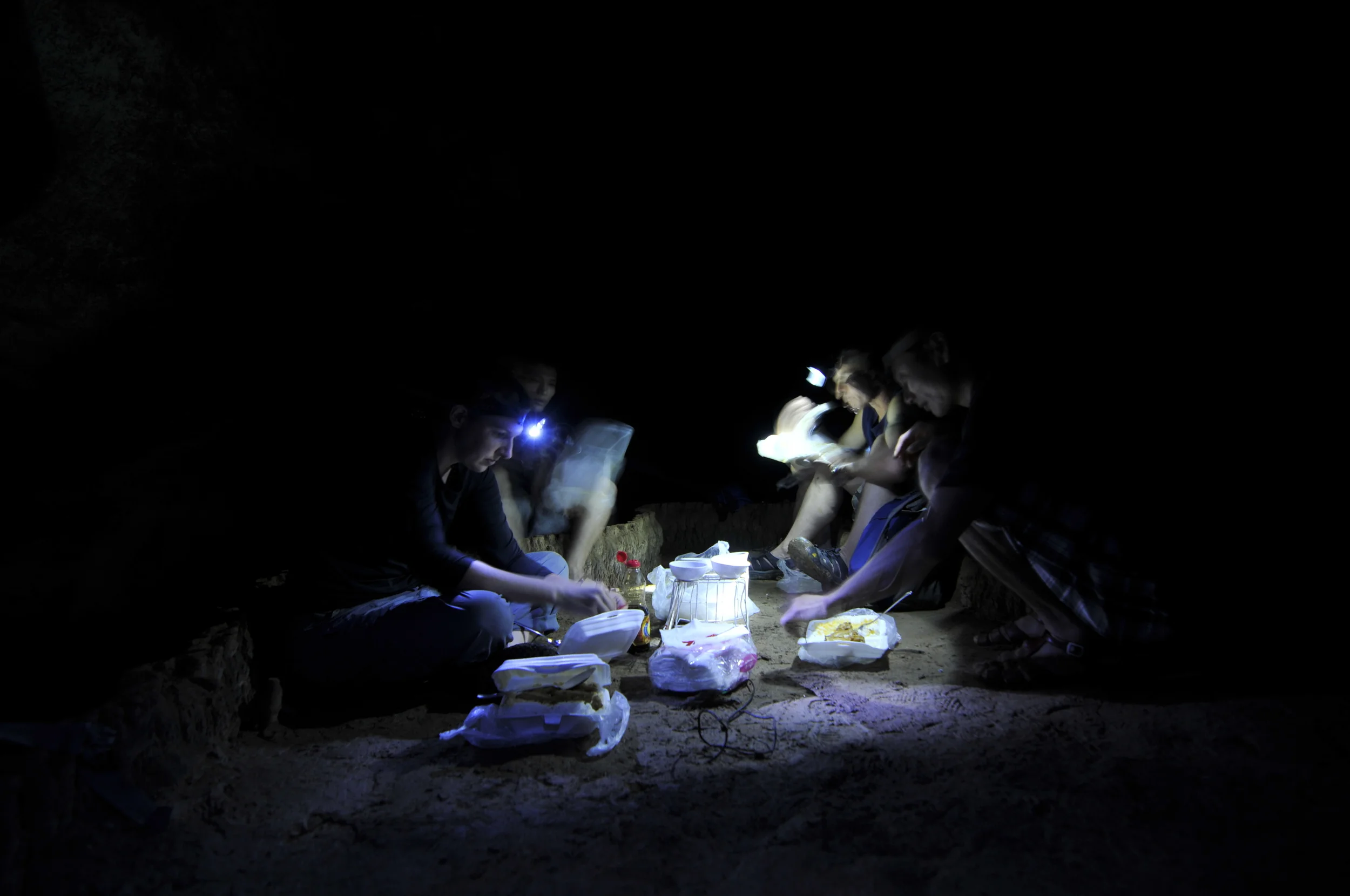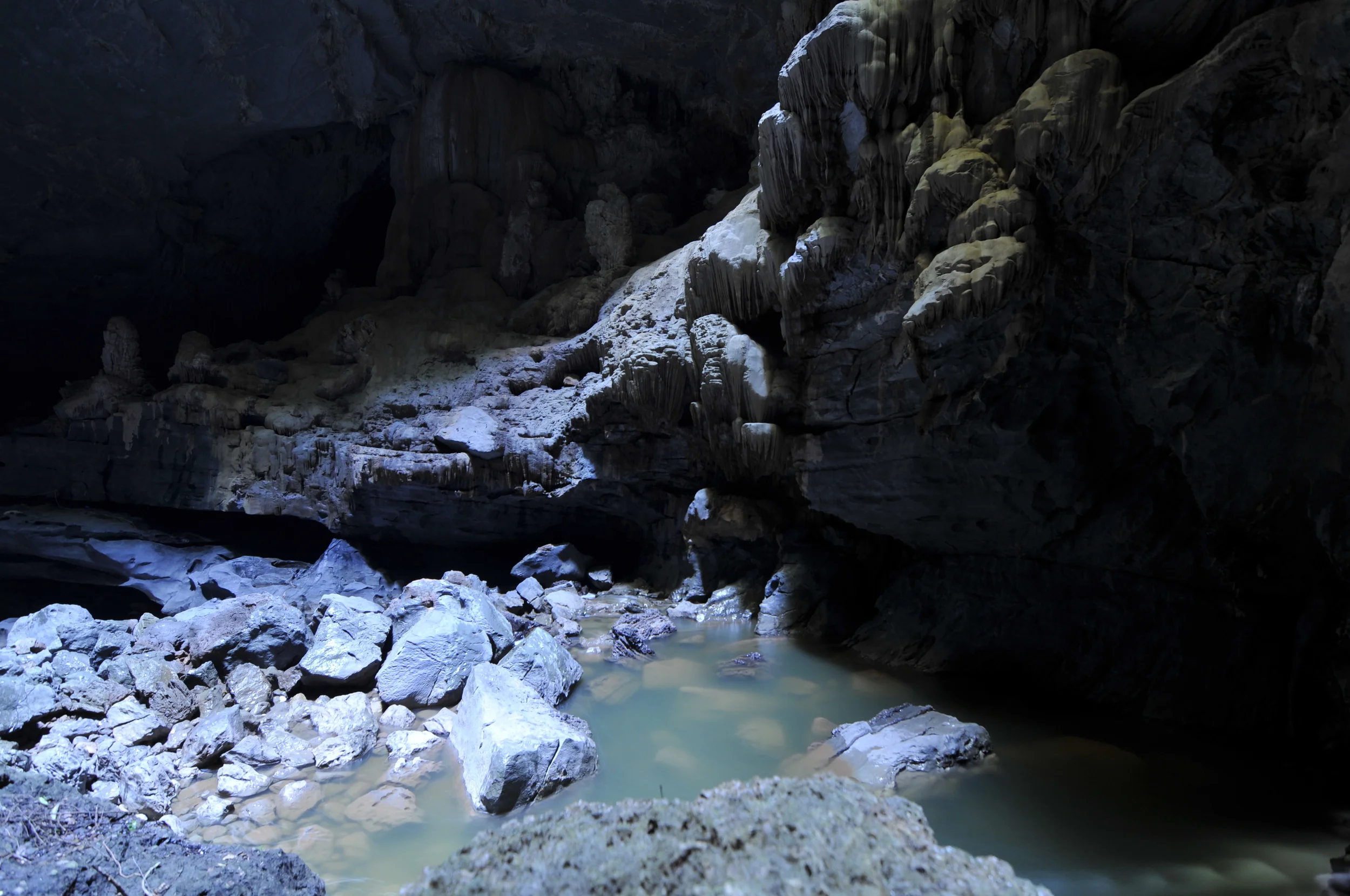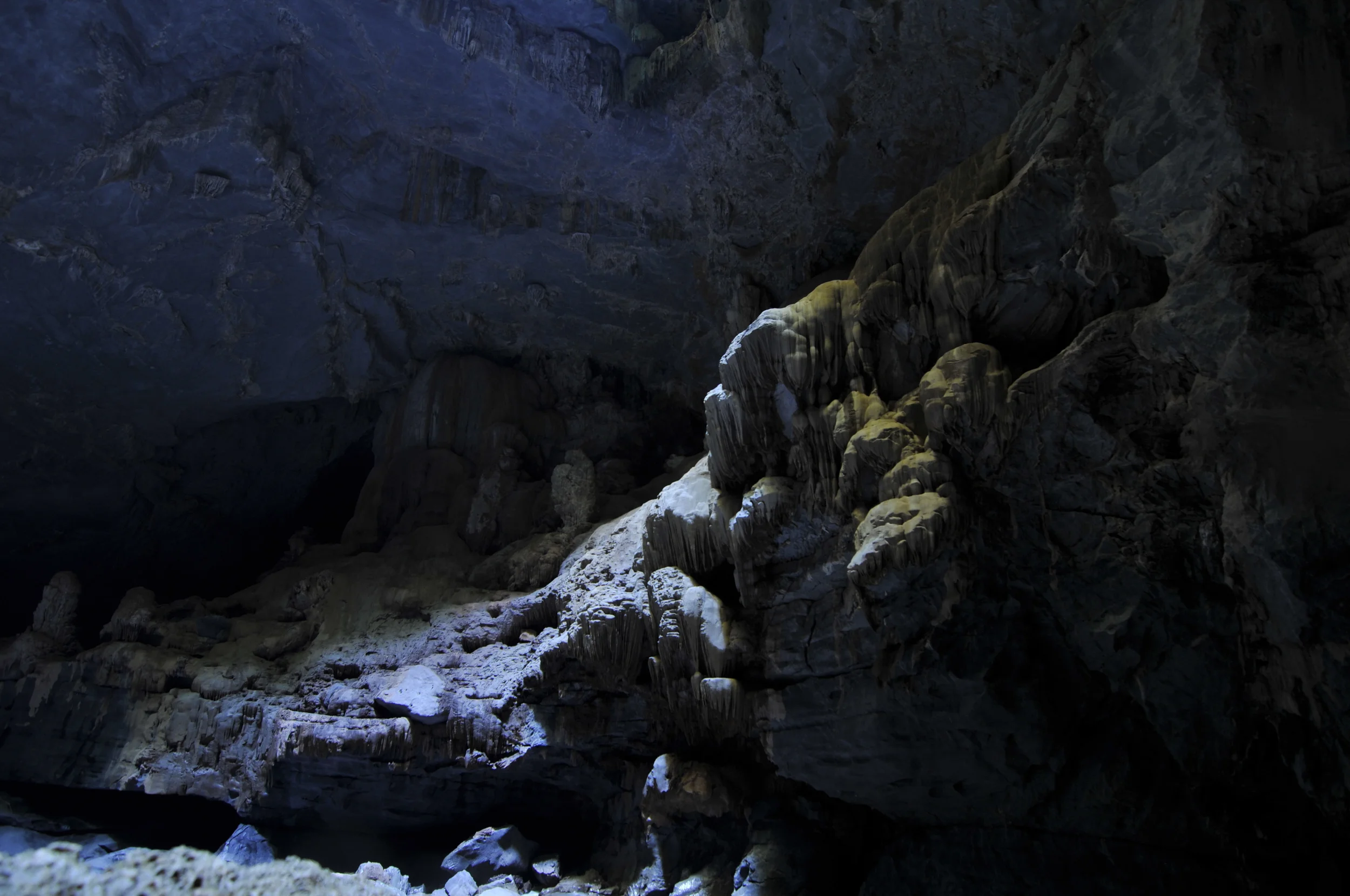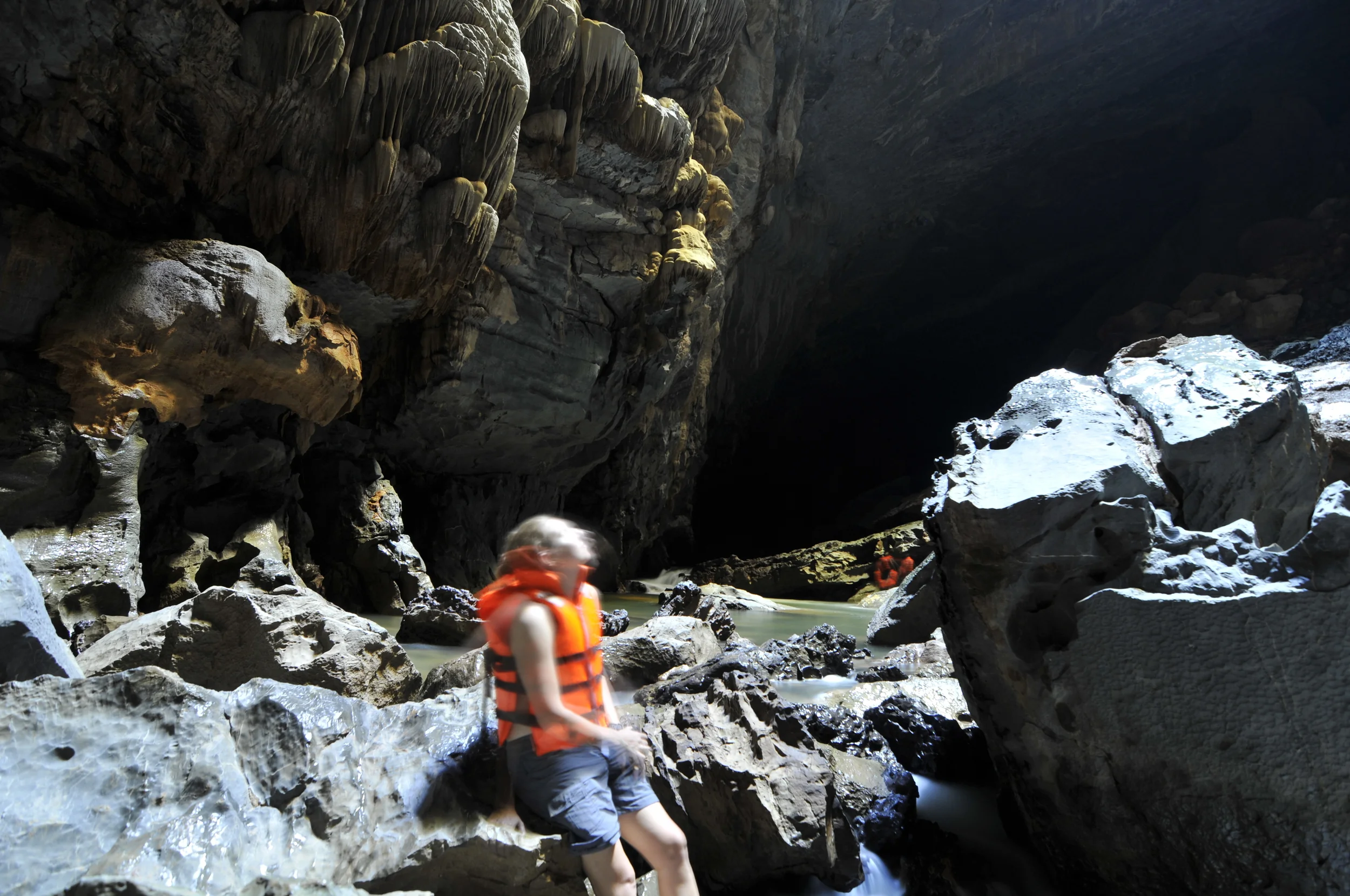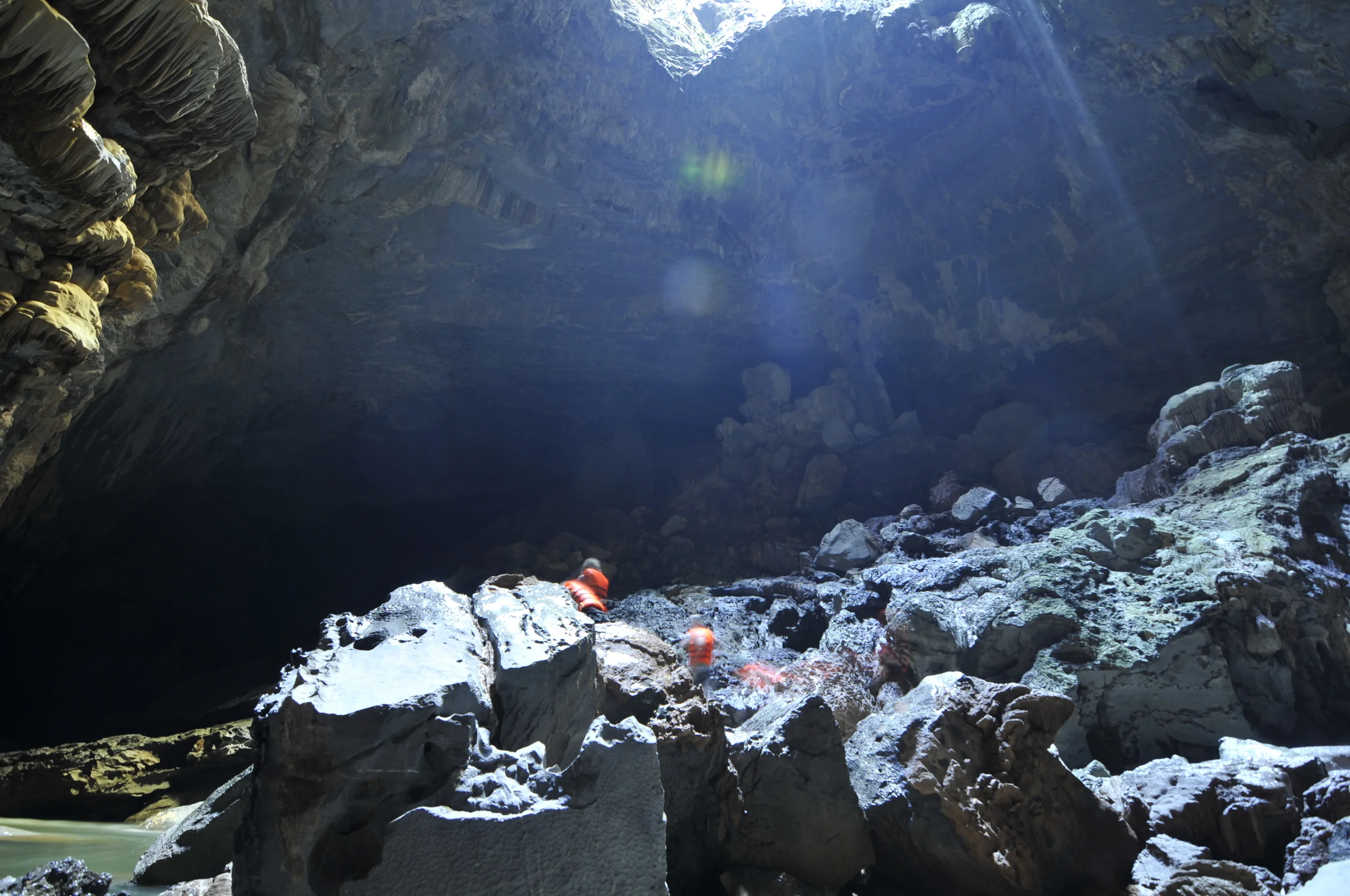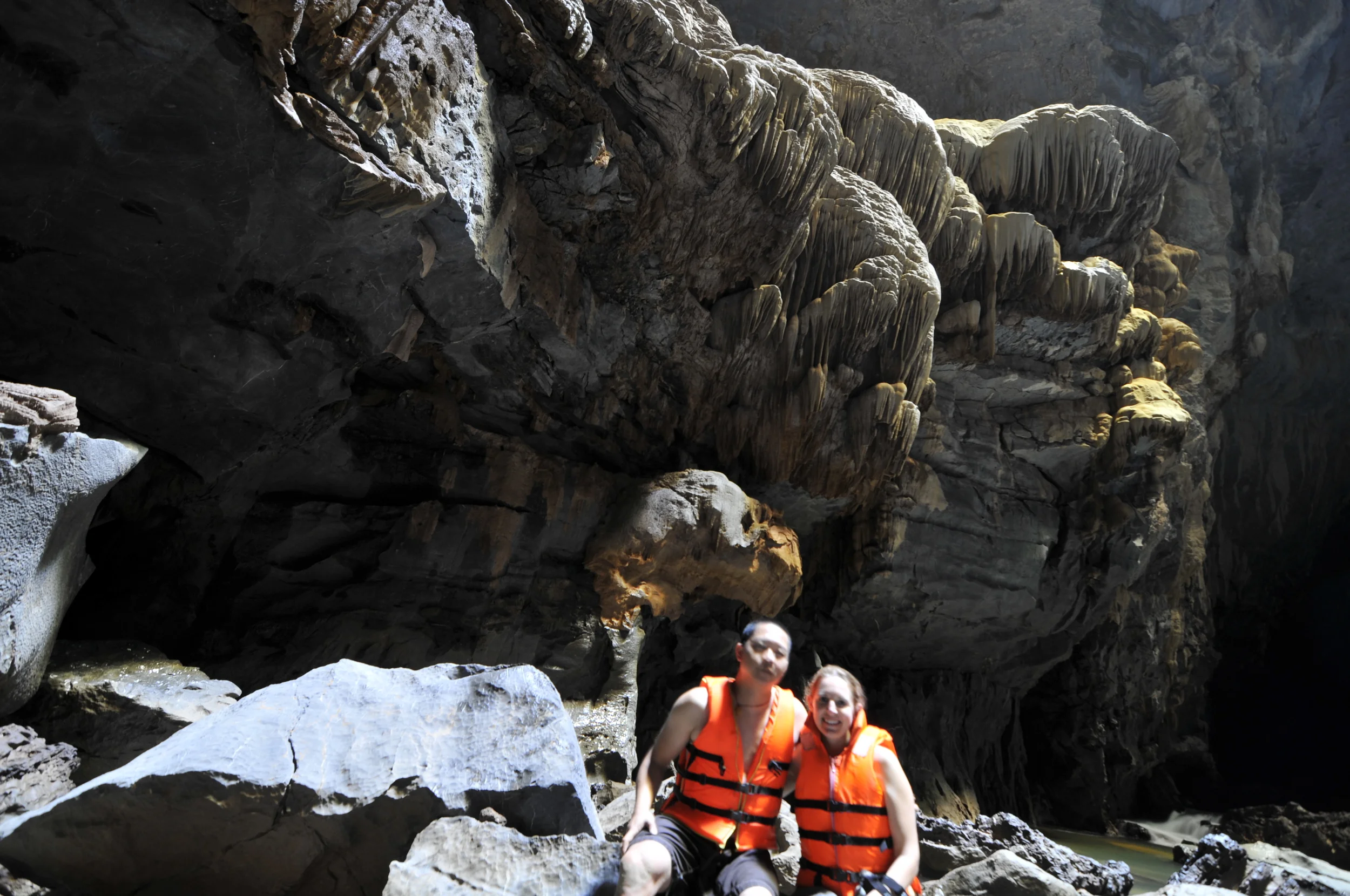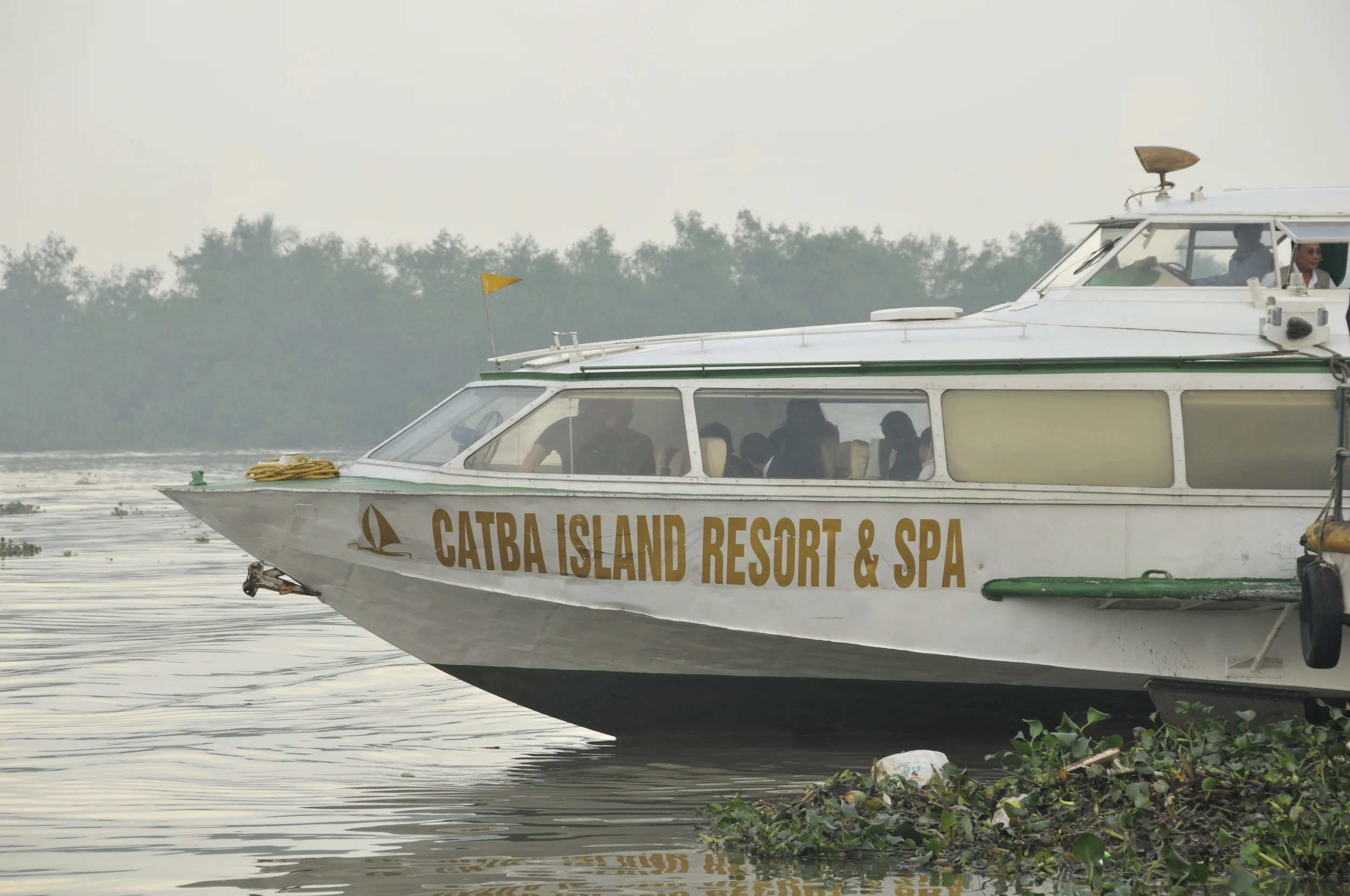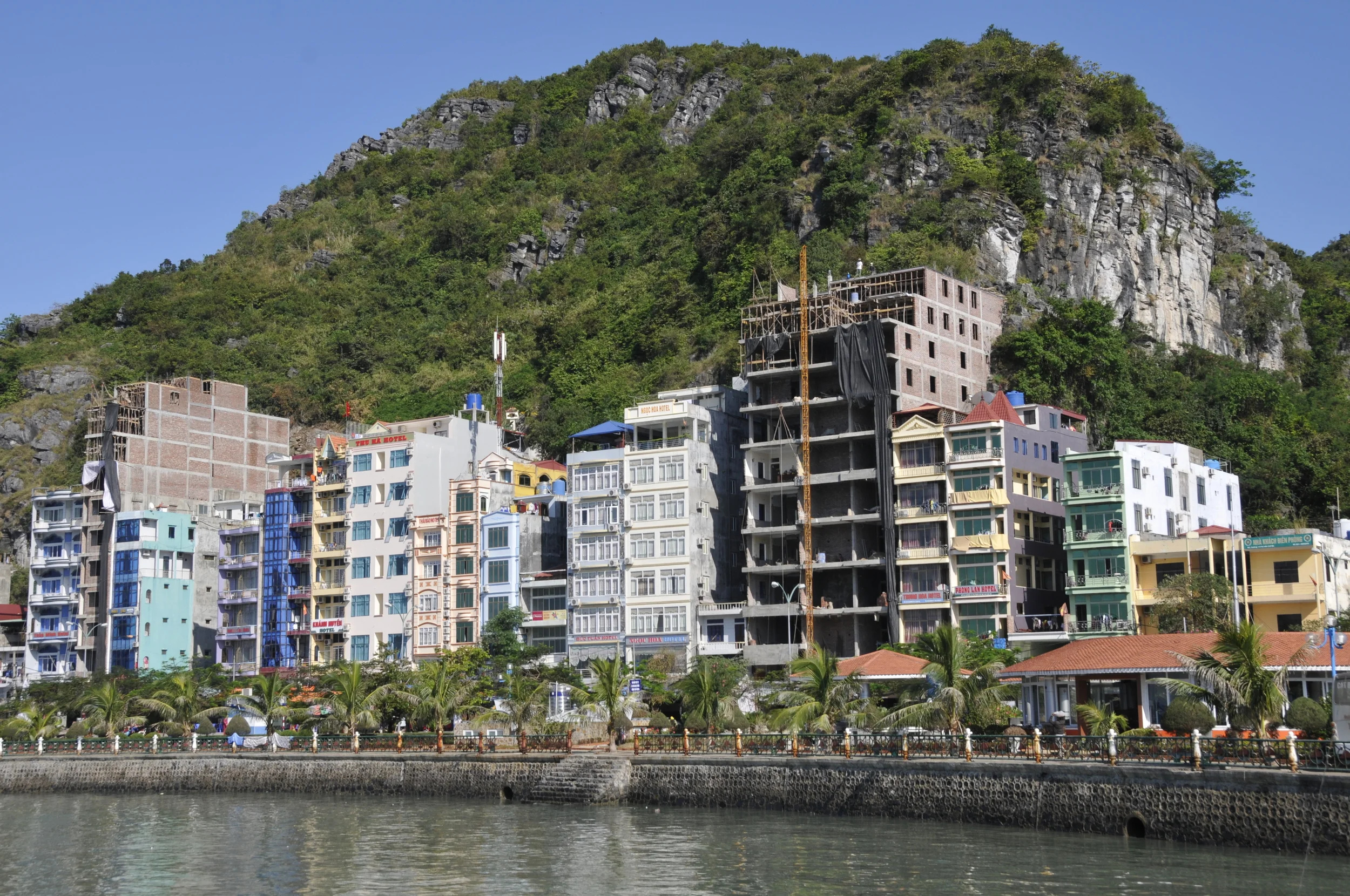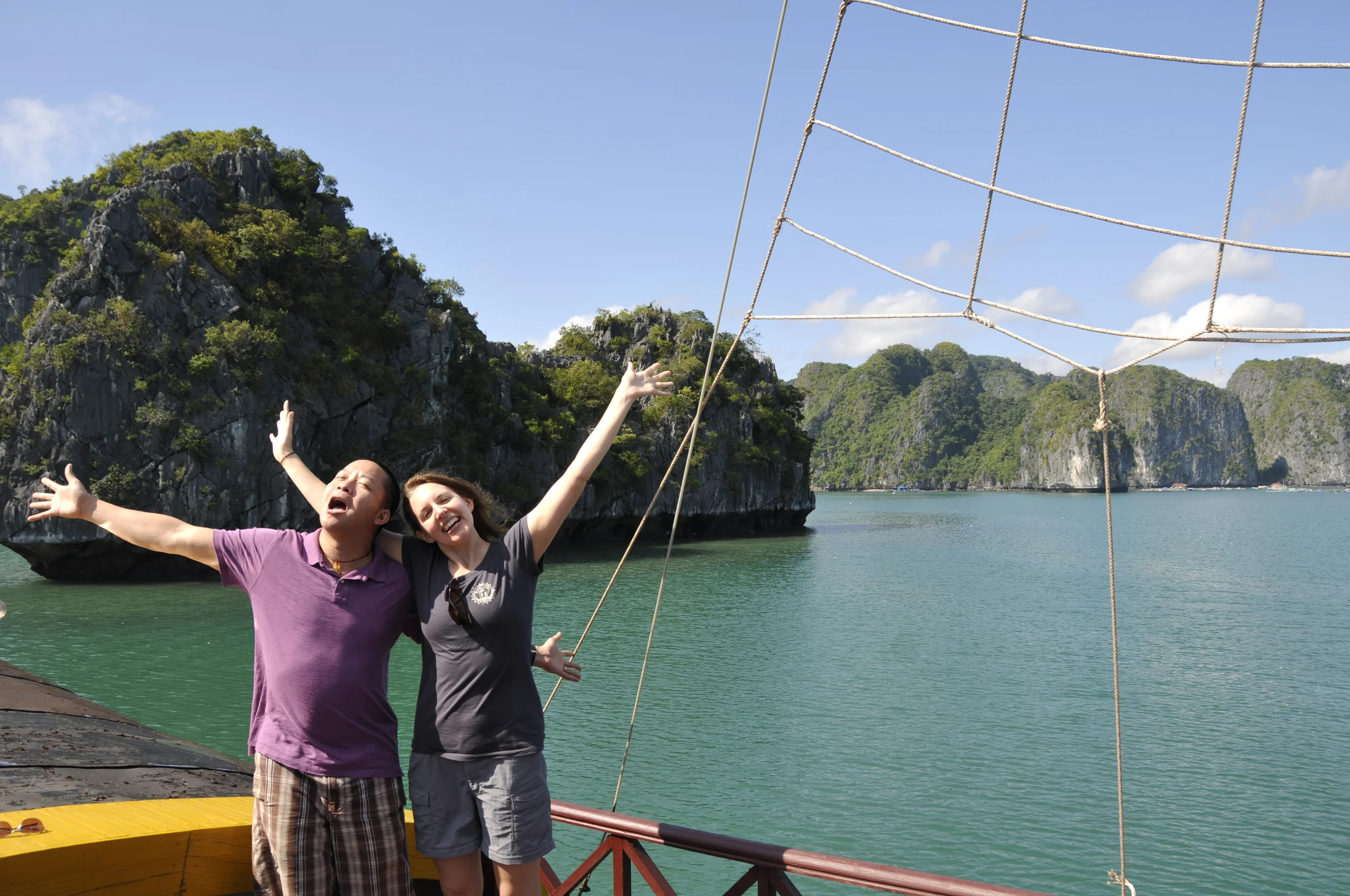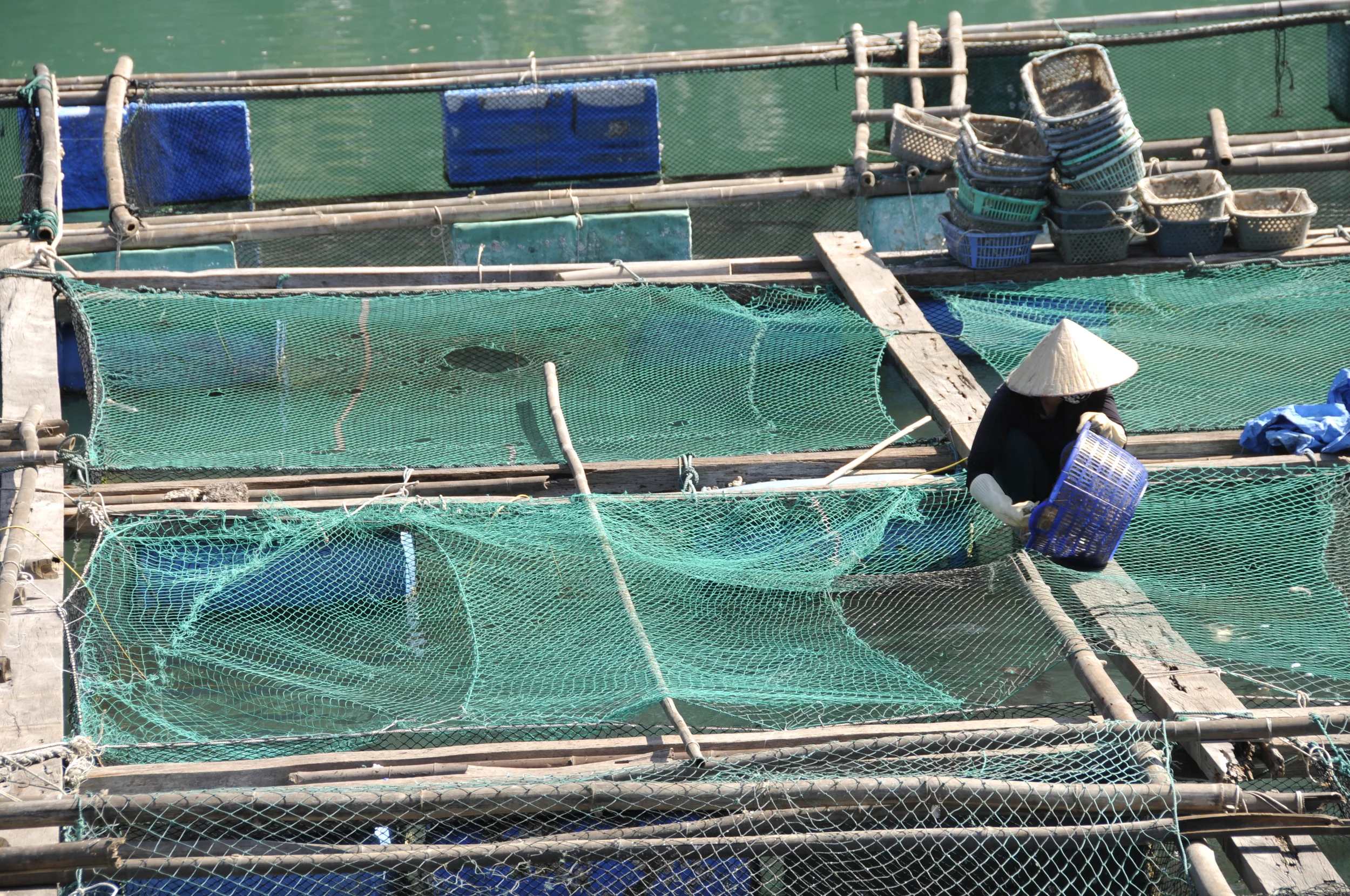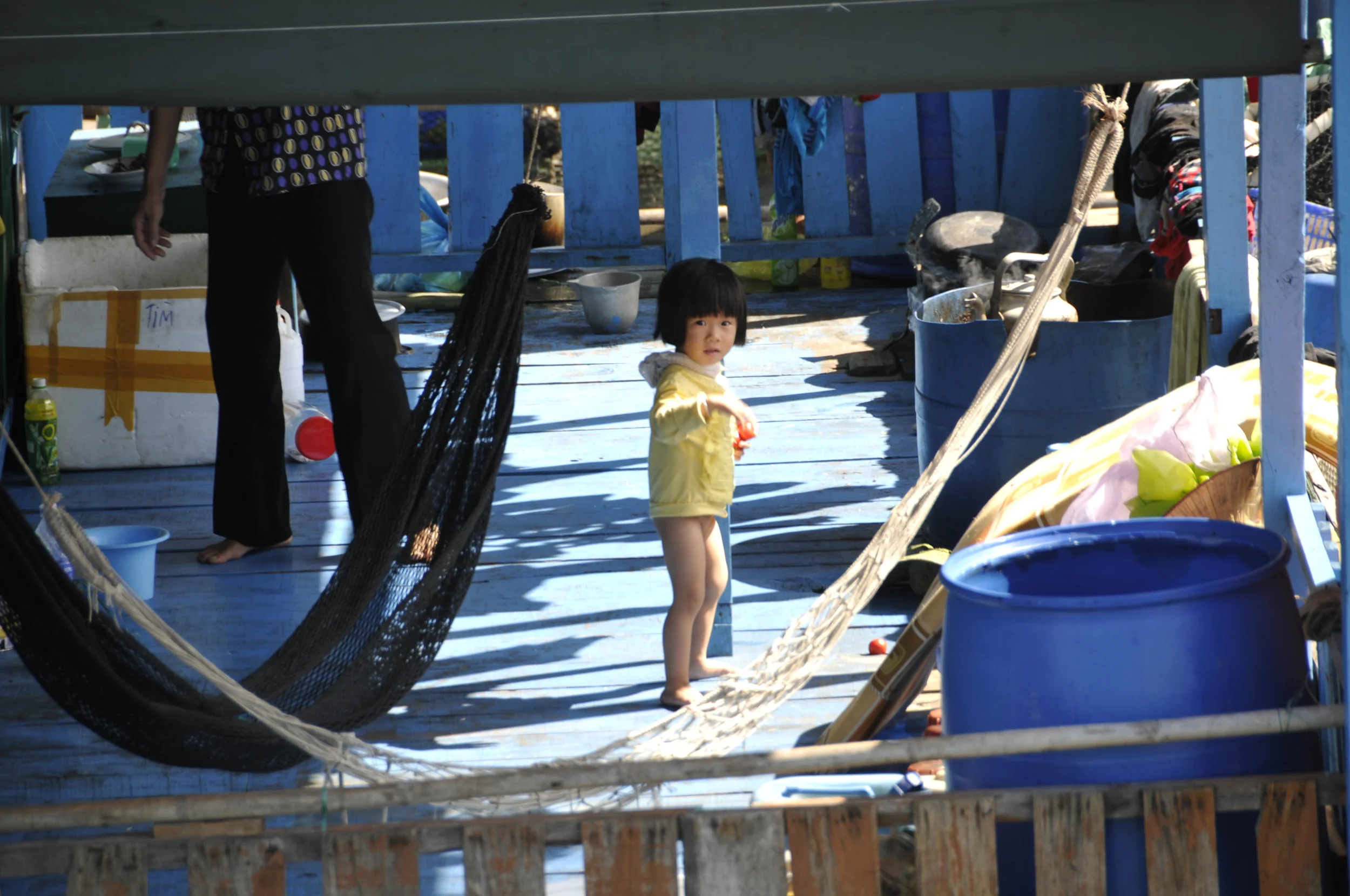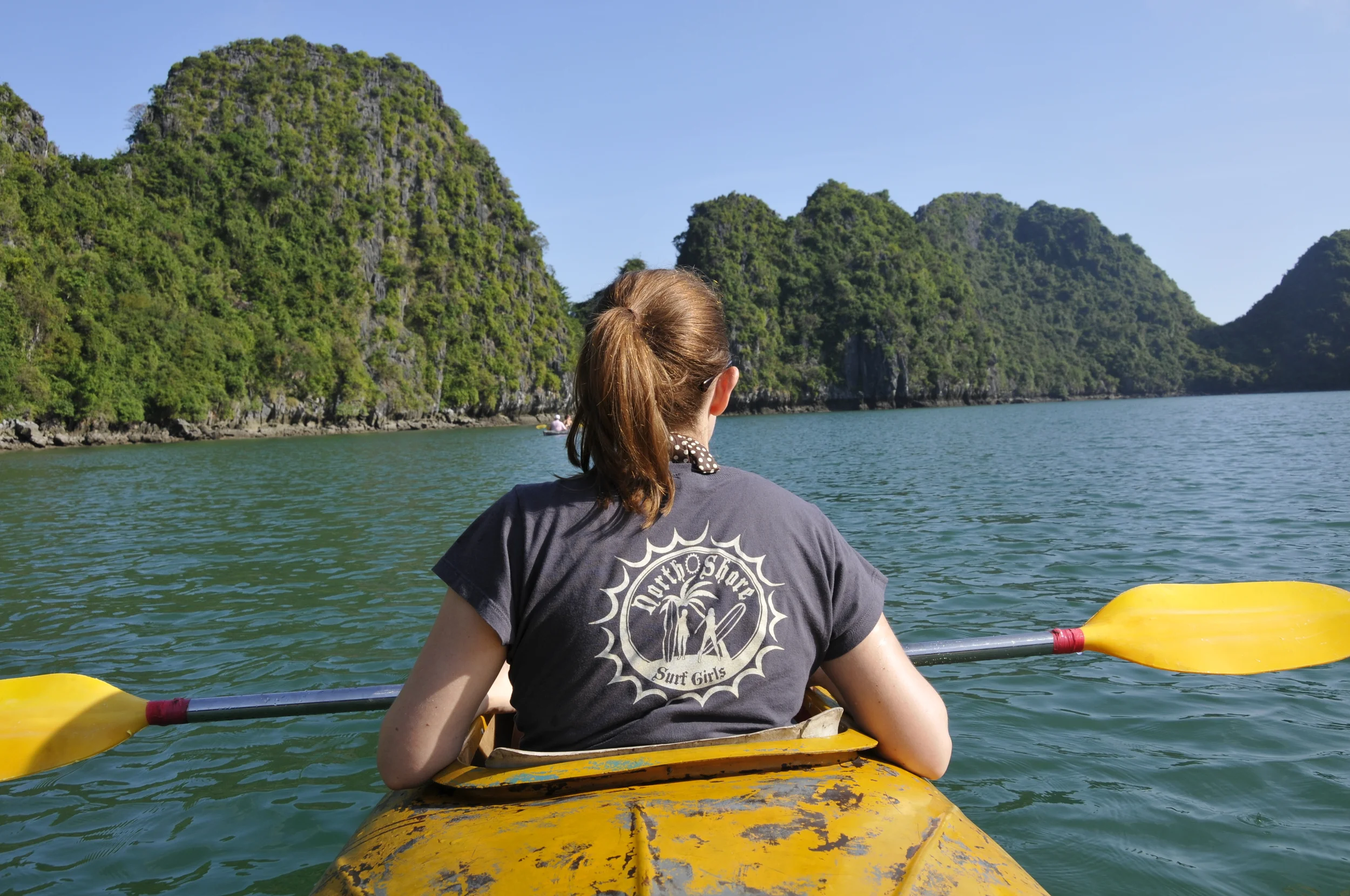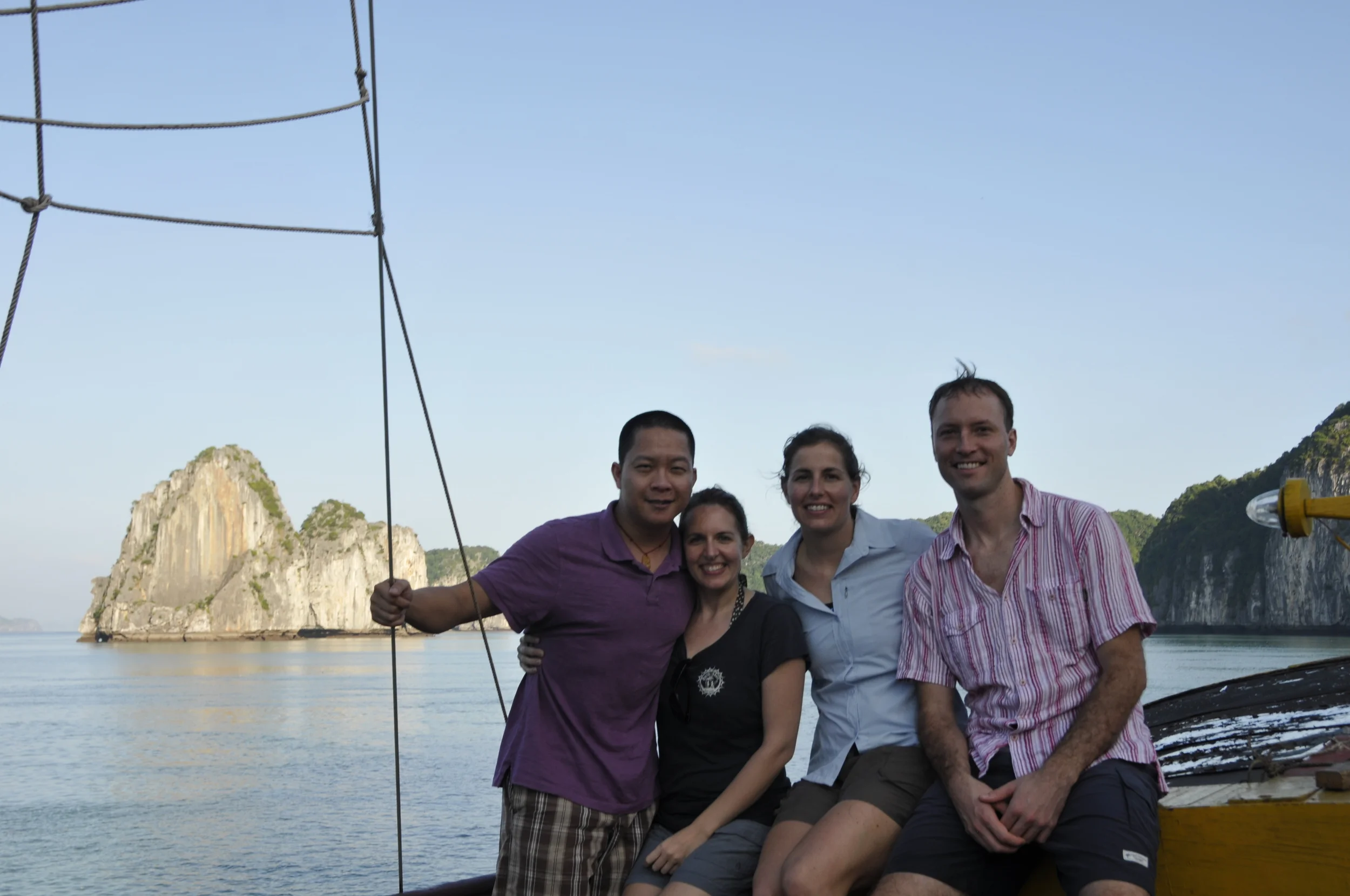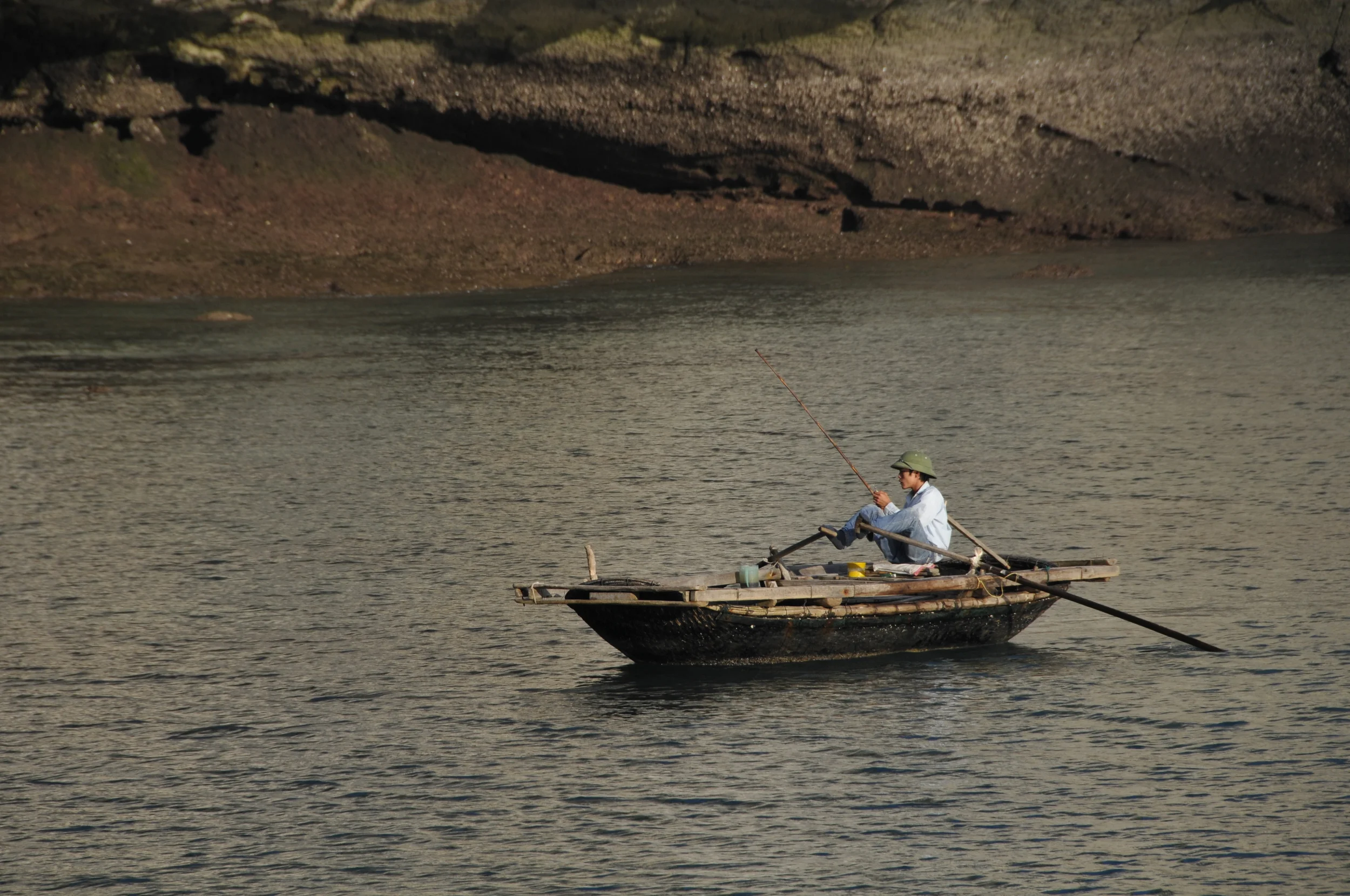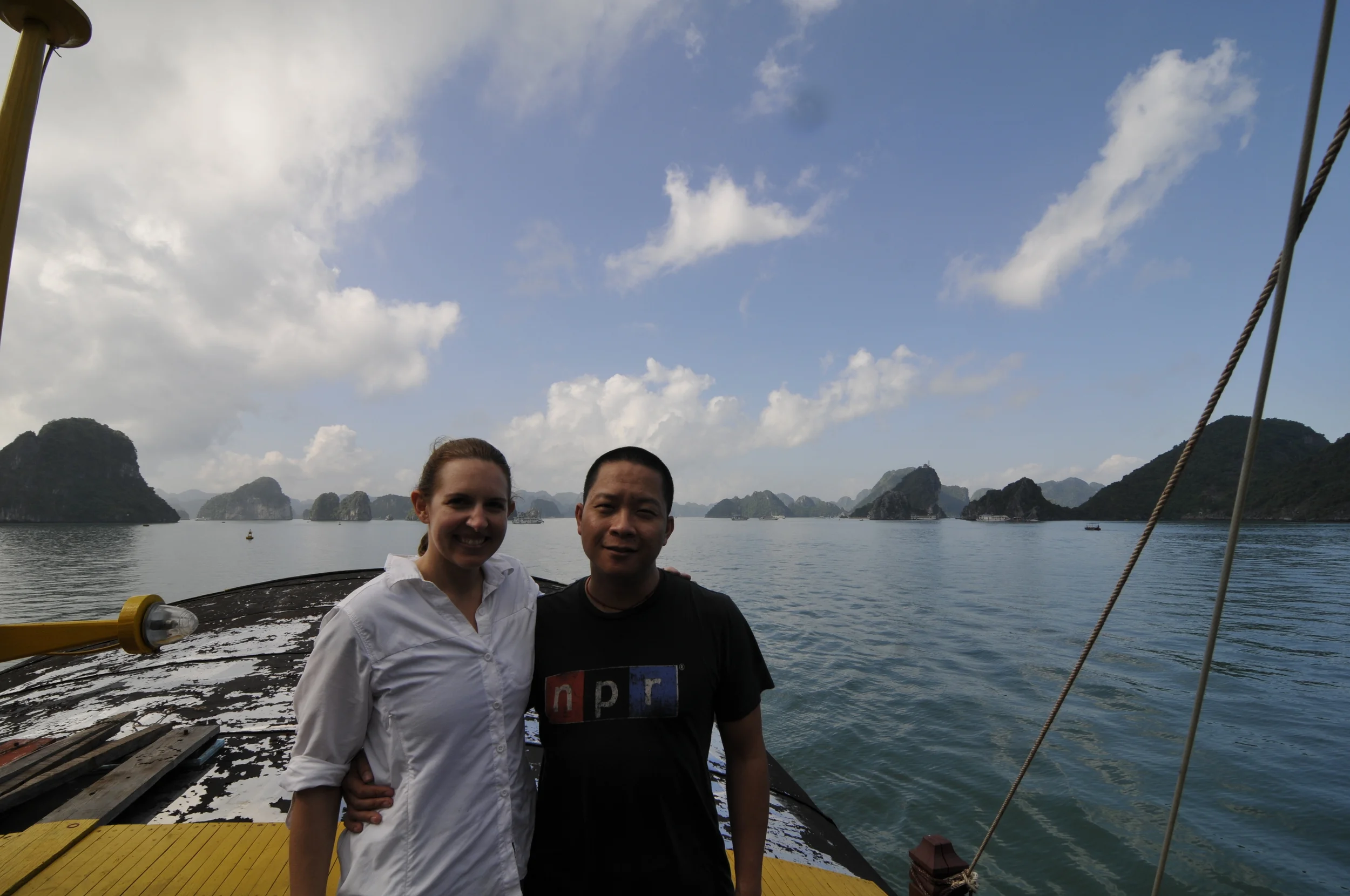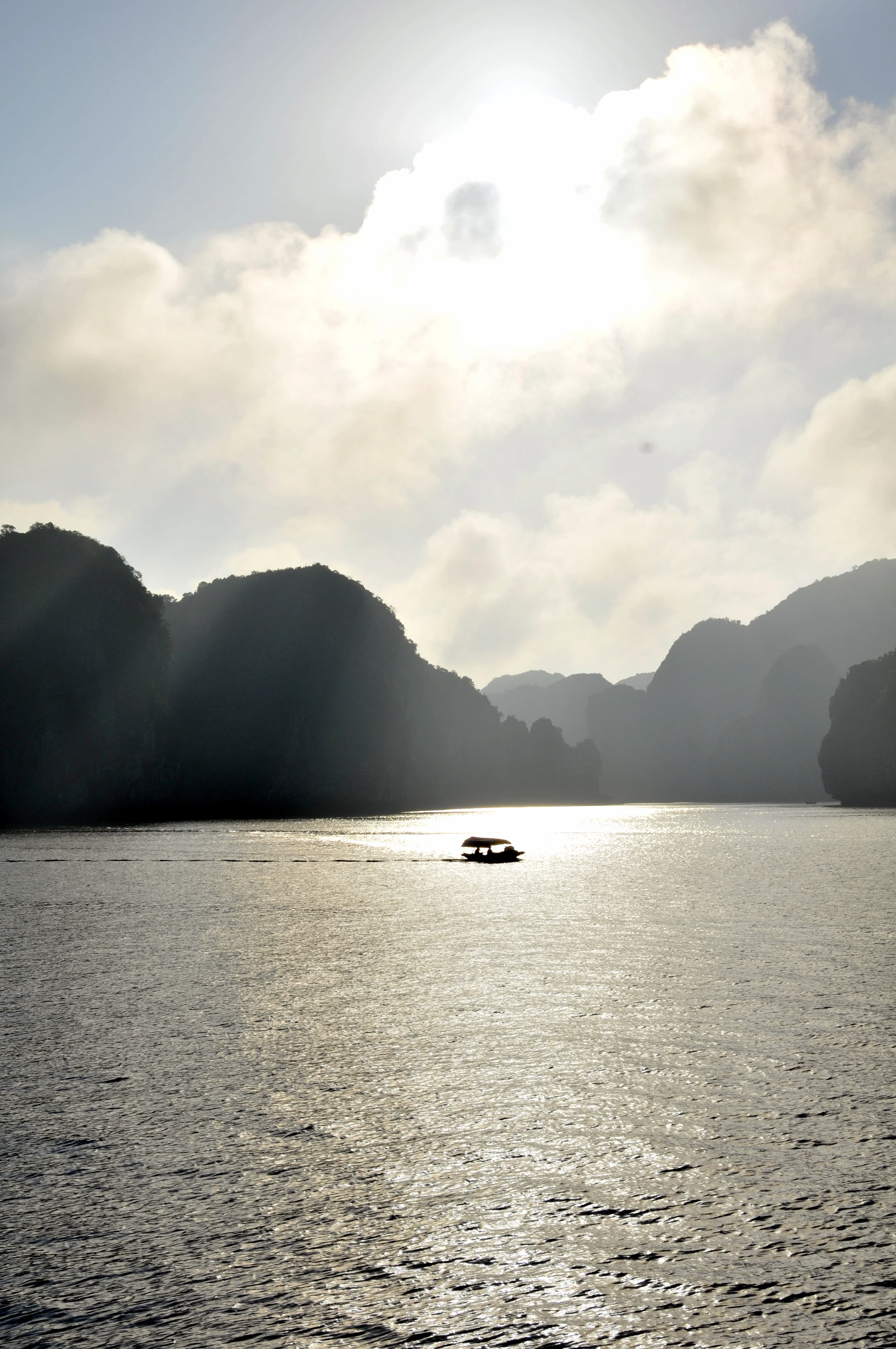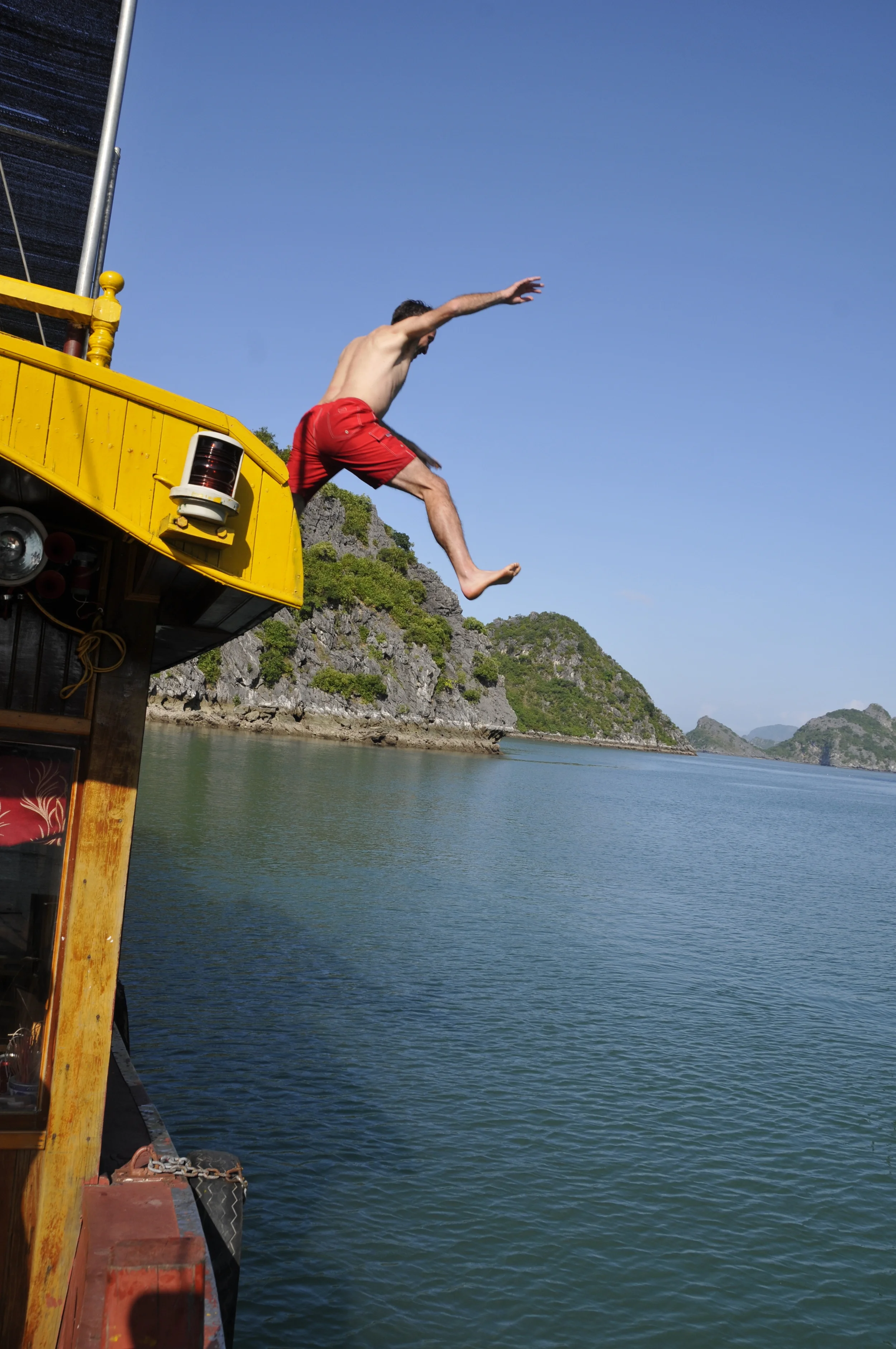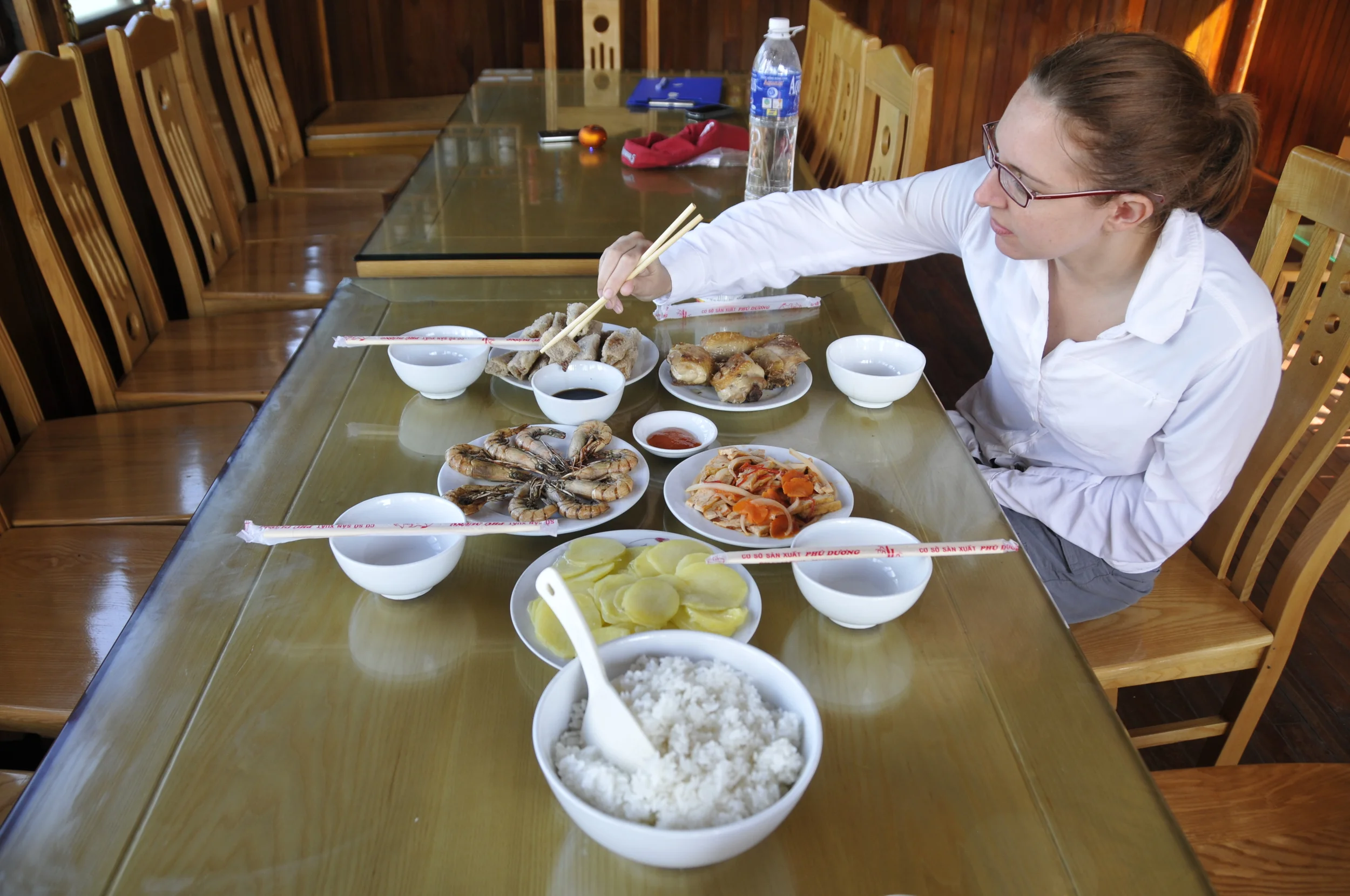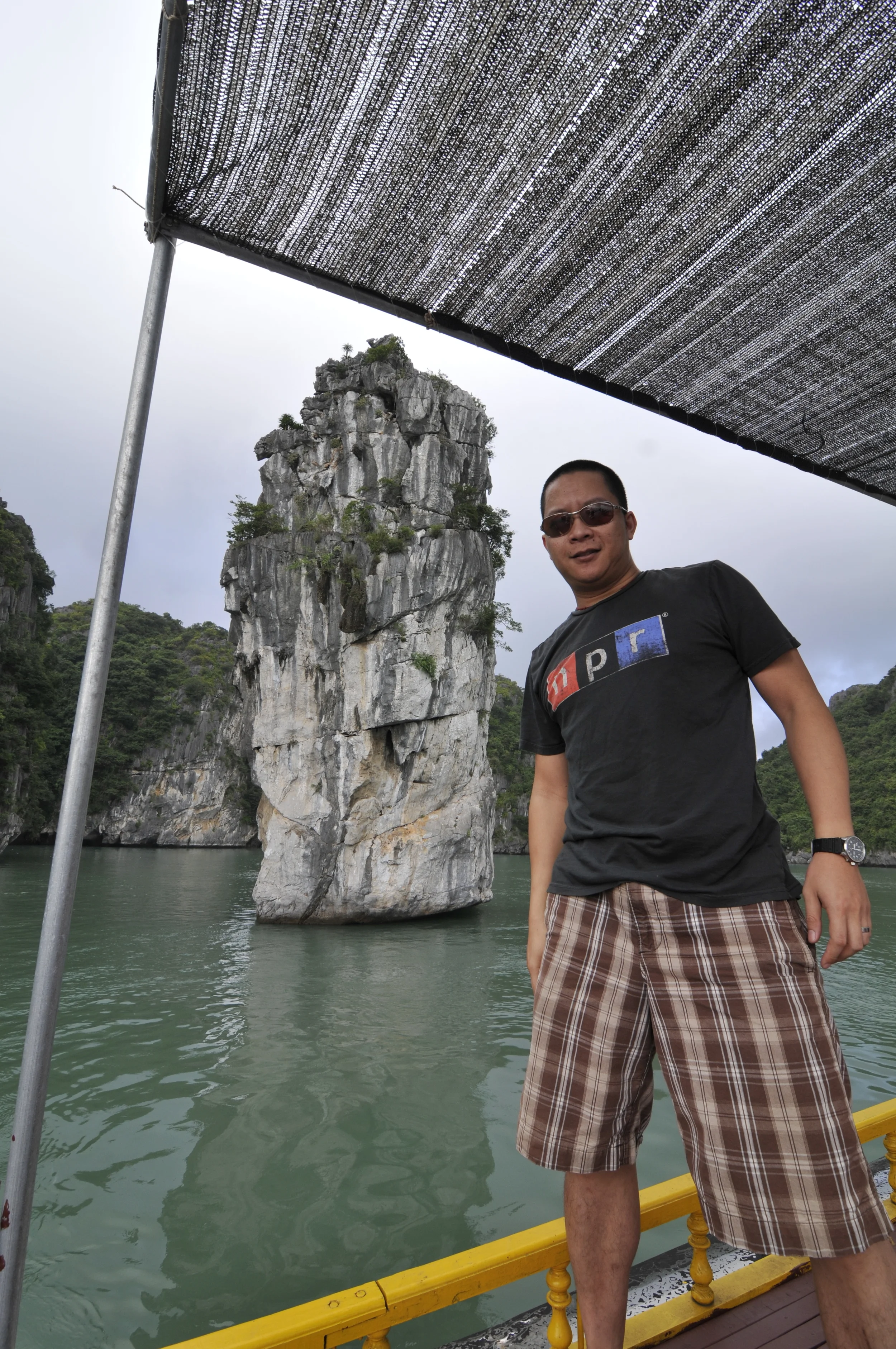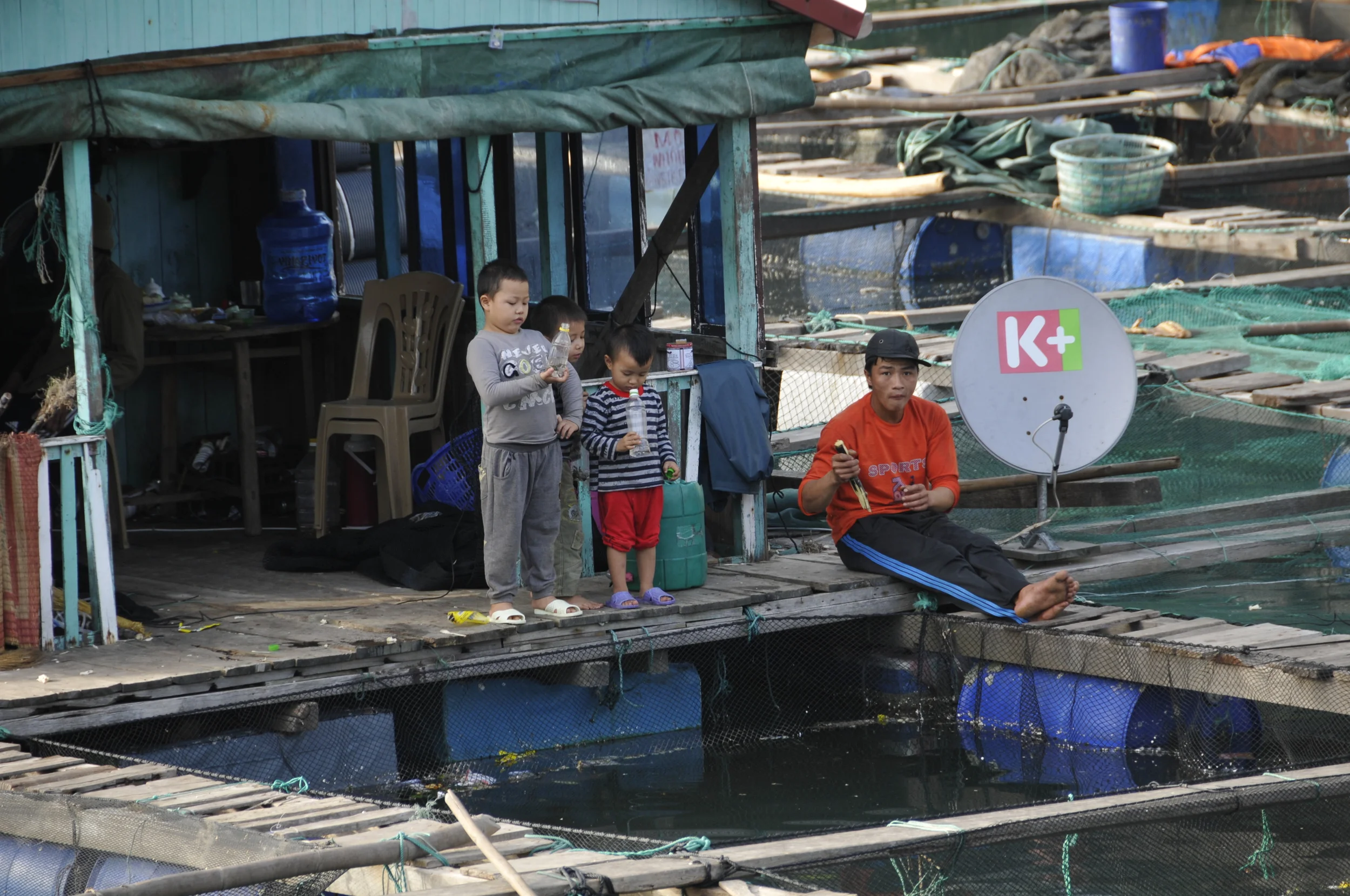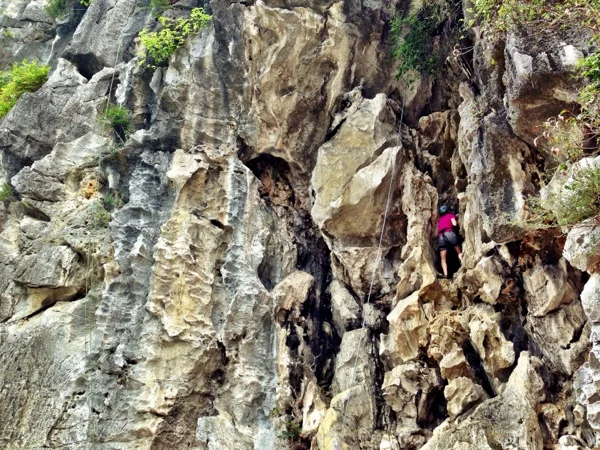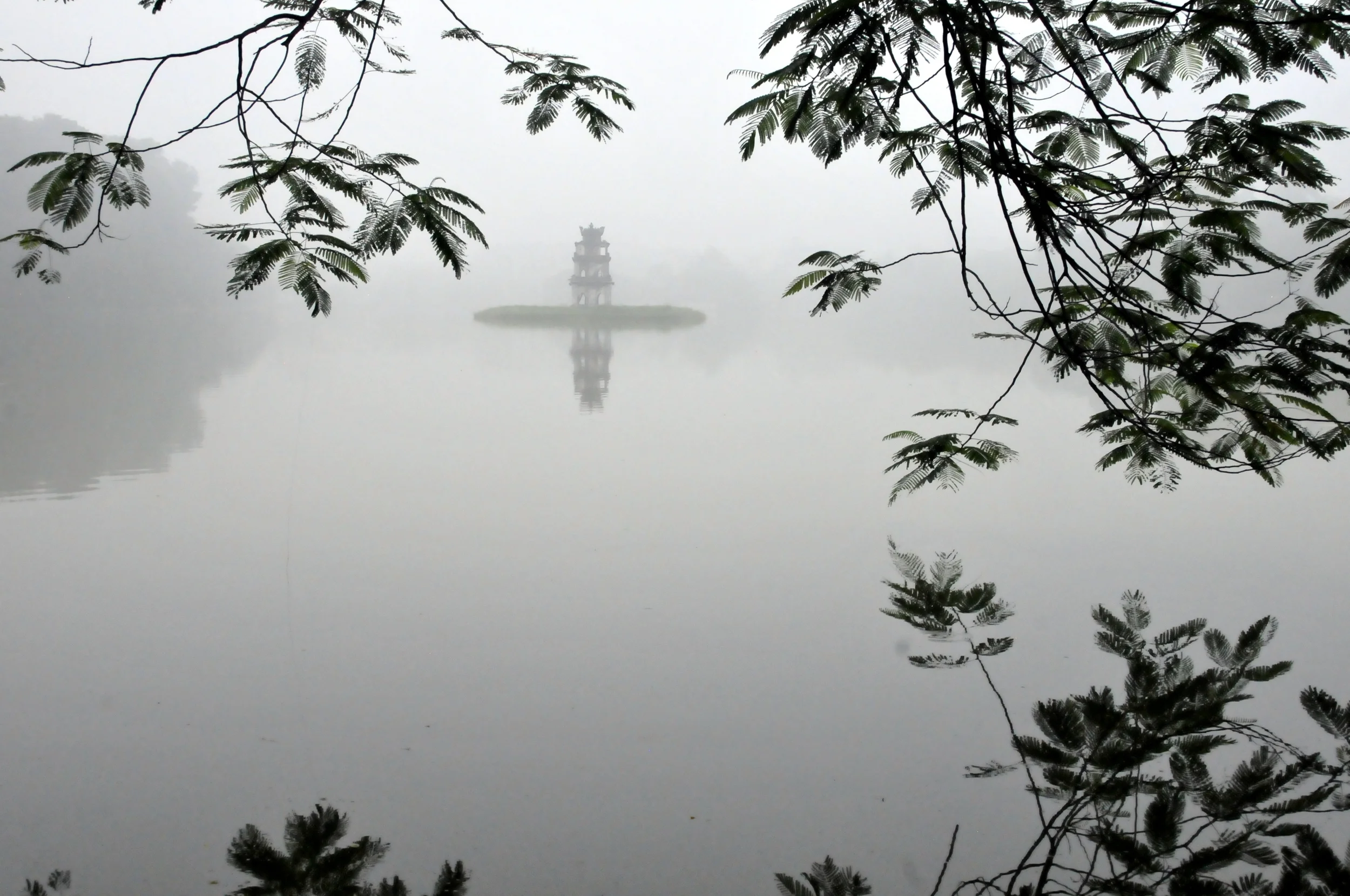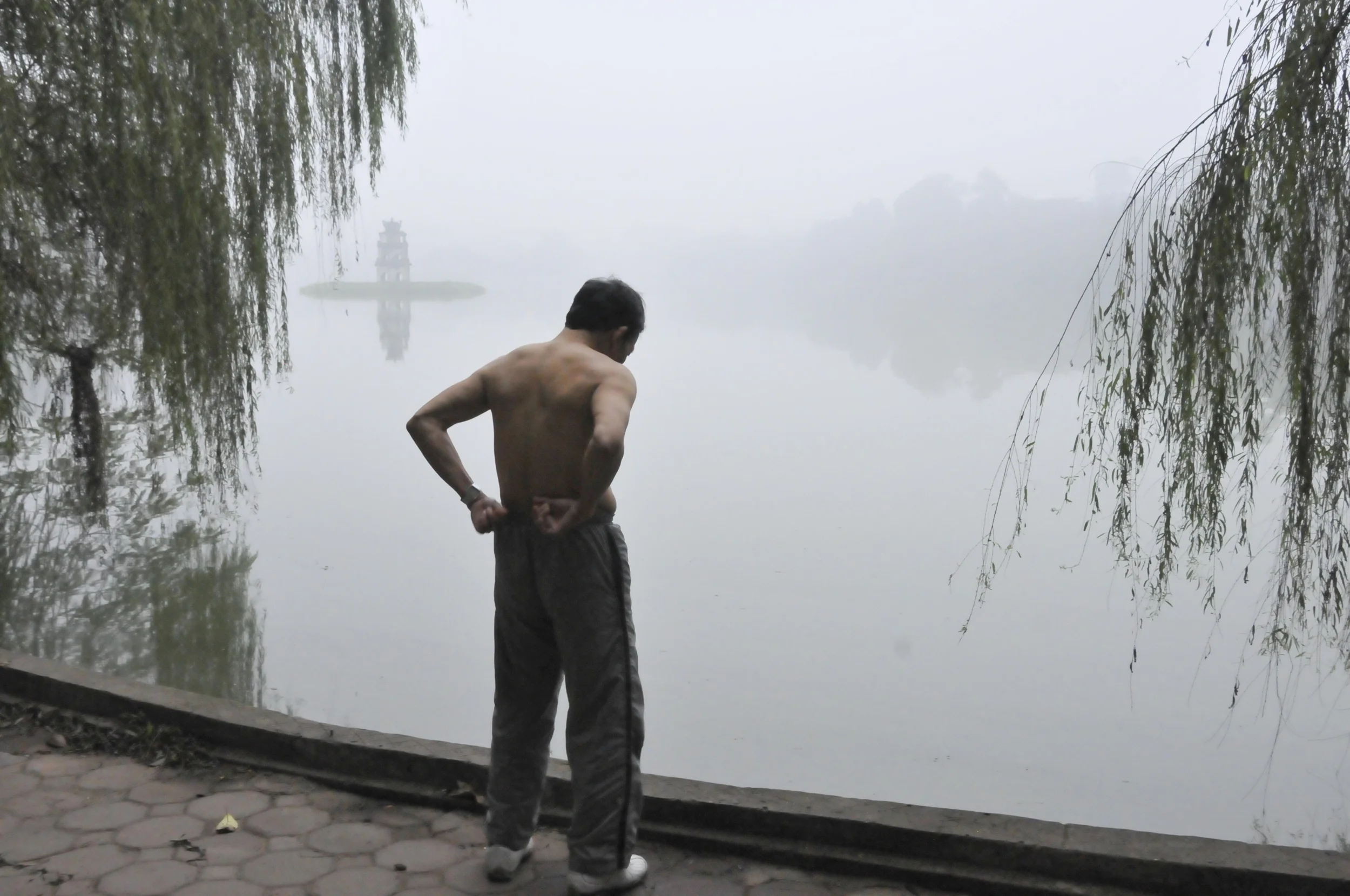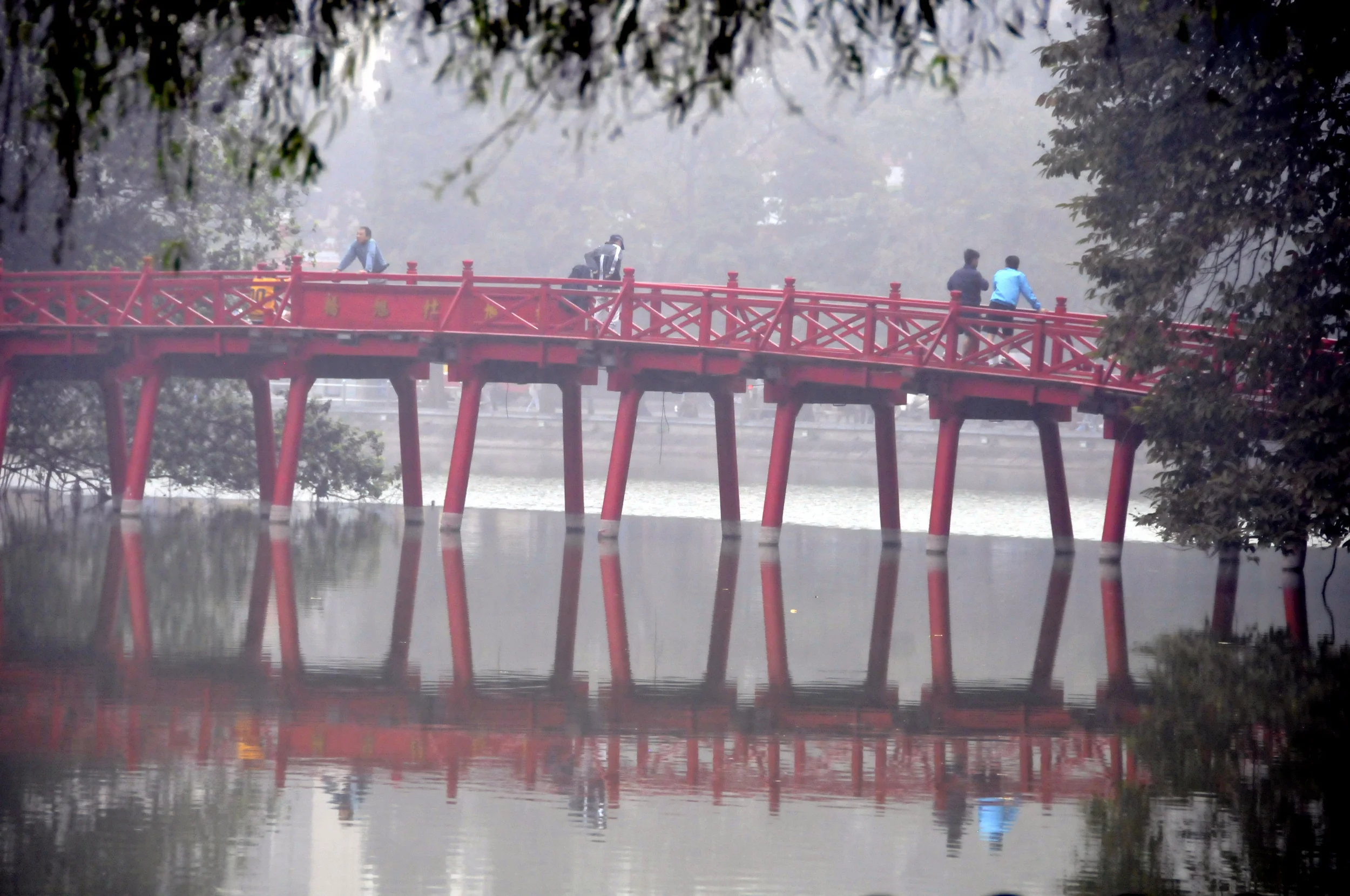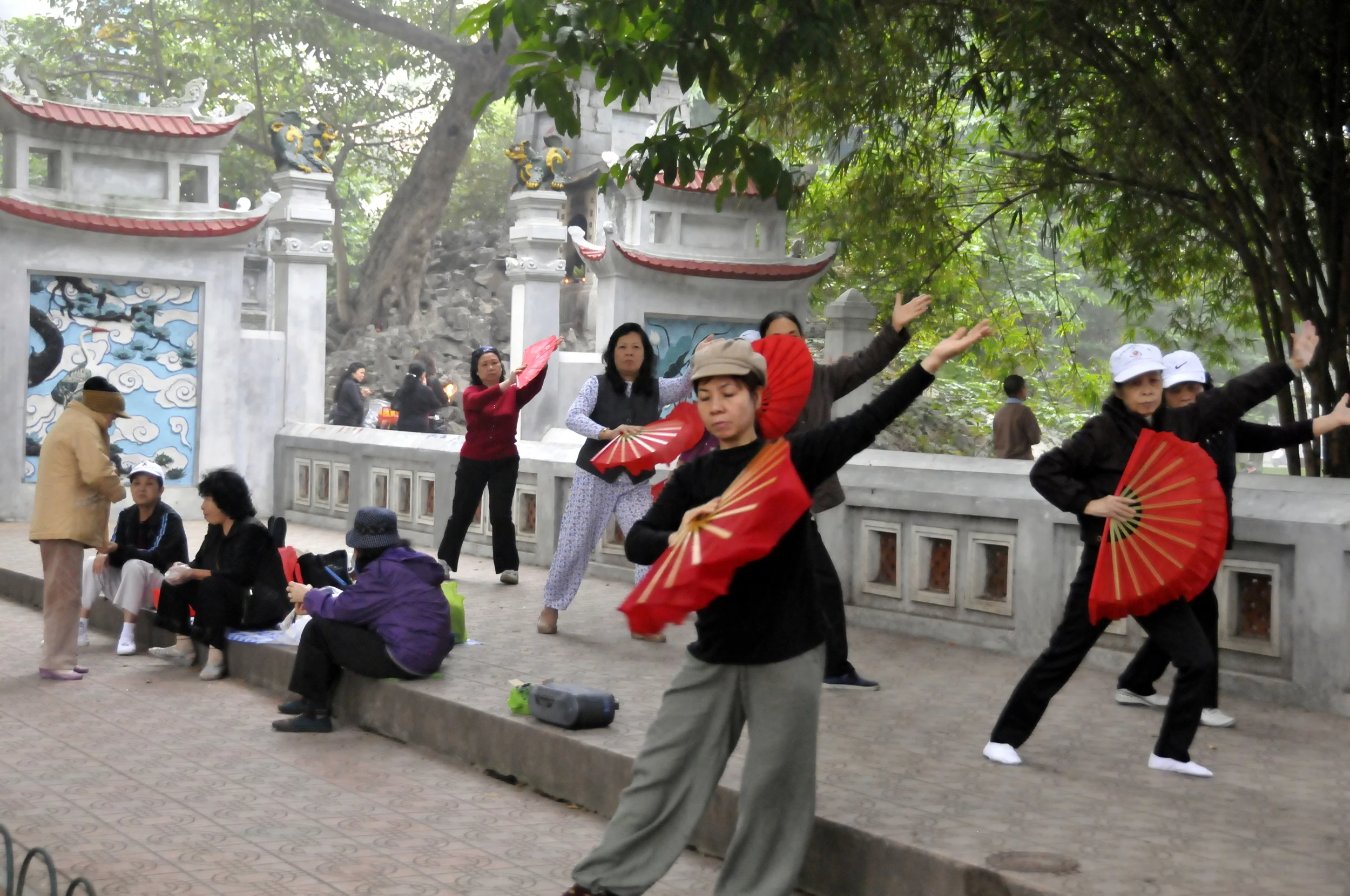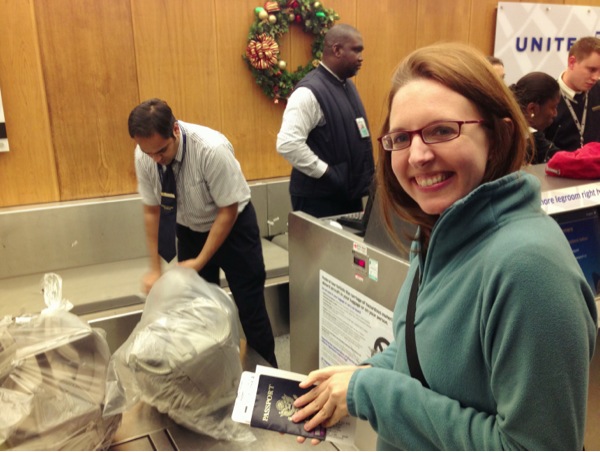Lakes, markets, and the flu (oh my!)
Burma proved a difficult country to travel around given its lack of transportation infrastructure. We had 7 days in the country, but we decided to just go to one other location, Inle Lake, given it was a 12 hour overnight bus to get there. (more on the overnight bus later) Trains are slow and unreliable in the country and the flights...they are expensive, include major kickbacks to the government, and don't have the best safety record (Xmas crash as an example).
At Inle Lake, rural life in Burma shines through. The scenery in the words of Chan is California-esque with the sweeping hills and cool breezes. Our first day at Inle included a 10 mile bike ride all for tofu and hot springs. To explain: outside Naungshwe there is a small village where the locals are known for making tofu from yellow split peas rather than soybeans. Luckily after searching a bit we found a woman who would fry some up for us. And, there is a local tourist spot to jump in some hot springs.
This leads us to the flu...Kate had a sore throat for a few days that turned into fatigue and congestion culminating in a fever. She had her flu shot but clearly wasn't prepared with whatever strain Burma had to throw at her. Therefore, we laid low in Inle Lake (and Chan nursed Kate back to health with anything he could find...tylenol, OJ, and lentil soup ended up doing the trick).
Yangon - the "no motorbike" city
Reading the Lonely Planet guidebook it makes you ready to believe that Burma is like visiting back in time. We would agree and disagree. Throughout the country there are no signs of Western businesses and yes, electrical power can be spotty (hence the picture of the generator on your hotel's website). But, the streets are filled with the modern conveniences of cellphones and "Angry Birds" tshirts. Given the current "opening" of Burma in the past two years it will be interesting to see how slow/quick any development occurs here. Re: the "no motorbike" city...throughout SE Asia motorbikes are everywhere as one of the cheapest and quickest forms of transport. This proves difficult for cars to get anywhere and as a pedestrian to manage the street crossings. But, in Yangon the government banned motorbikes. Yep, just like that. So you can walk free of thinking you will get run over by a bike, just a bus.
With a full day and half in Yangon we hit up what we could during the cooler times of the day (anytime that isn't 11am -3pm). We wandered the streets, sought out any opportunity for cold water, visited markets, and spent sunset at the one and only Shwedagon Pagoda. There are two pics (4 and 5) that are examples of quite traditional elements to Burma still today. One is "thanaka" and the other is "betelnut". Thanaka luckily not bad for your health but betenut an addictive carcinogen.
(*Also, we got to meet up with Yu Wai, who Kate met this past summer at the Women's Campaign School at Yale. Yu goes to school in NYC but her family is from Burma so our paths got to cross over lunch in Yangon to learn about her perspectives as a yearly visitor.)
Longhi time
If you don't know what a longhi is, it's your lucky day. Watch here for what you need to know. The longhi is the traditional dress for men in Burma. From city to suburb to country and everywhere in between we would say 95% of the men we saw were wearing their longhi. Women also wear longhi but they are worn much more like a sarong and do not have this complicated tying method. Longhis are sold all over the streets so you can have your longhi in any color, fabric, pattern you choose.
Three countries. One day.
Leaving Siem Riep meant only one thing. Three countries. One day. Due to the high airfare prices this time of year in Southeast Asia, we put our bets instead on some ground travel. To get to Yangon, Burma by 9pm we started at 8am with taxi from Siem Riep to Cambodia/Thailand border, waited in a hot but short line for Cambodia to let us out of their lovely country, made friends with big piggies ready to cross the border too, walked across the friendship bridge for the two neighboring lands, sweated it out with hundreds of fellow foreigners for 3 hours waiting for Thailand to let us in, sucked it up and paid to get a 3 hour taxi to get to Bangkok airport, found globalization gleeful with a DQ at the Bangkok airport, got as comfy as possible on our propeller plane across the border to Burma, and patiently waited with a smile to get that third passport stamp of the day.
Kate's first international doctor's visit
See, we knew that title would get you to read this post. Waking up for the final day of touring in Siem Riep, Kate's eye was very red and irritated. Given that the next stop on the trip was Burma we figured to be better safe than sorry when it came to seeking medical care quickly. Our guesthouse Seven Candles (highly recommended!) made an appointment immediately for Kate at the town's best optometrist.
We got to the doctor to hang out and wait with several other local families all there together with us before 9:30 a.m. The building was clearly the doctor's home with a little office out front off the hallway. We waited patiently until we were told it was our turn. After assessing the signs, checking Kate's eye out under the scopes, the diagnosis was quick and firm: "pink eye". Yes, Kate got pink eye in Cambodia. Never before in her life, but in Cambodia. The doctor kindly gave us medicated drops, refreshing drops, and ointment. All would be well in 1-2 weeks if I was a good patient. I can attest that Kate's eye improved immensely and we are forever grateful for the $33 visit and medicine from the optometrist in Siem Riep.
Best Sunset of the Trip?
Our entire time in Siem Riep we had a wonderful guide Kim who was recommended by our friends Janet and Adam. Kim is a local in the truest sense of the word. Her family grew up at Angkor Wat and her childhood was spent playing in the ruins. She now has pursued her education and is in the works to completing her Bachelors degree. Her goal is to become a translator for an NGO. Needless to say, Kim was invaluable during our time in Siem Riep since all the history of the country, the ruins, and the heat can really get to to.
One afternoon, we took a break from temples to visit Tonle Sap Lake. It is the largest lake in the country and responsible for the livelihood of all who live on it and around it. We got a chance to see some of it (and the healthy rice fields around it) on a short boat ride through some floating villages. These villages only exist on the lake in the dry season. During the rest of the year, with the water too high, the families either move the floating house back to shore or they actually have a second home on land. Throughout the floating homes you can find fish farms, chicken coops, pigs...and during the dry season they even have their own local floating school for all of the kids.
We headed back to our guesthouse on the dusty clay road in our motorized tuk tuk with the sky turning to fire and a full moon rising.
More Temples
But wait there's more! Yes, that's right we went back for a second helping of restored/unrestored ruined temples. Bayon was one of the super cool ones with 42 faces of Buddha adoring practically everything. Kate even tried to make out with one of them (evidence below).
Khmer Majesty
For completely irrational reasons that we won't get into just now, Chan entered Cambodia extremely skeptical of Cambodians. After being completely won over by their friendliness and kindness, he definitely has a different view of them. After witnessing firsthand the splendor that they started building in the 10th century, one cannot be but amazed. Especially striking is that the Khmer dynasty abandoned these temples, leaving to be overtaken by the surrounding jungle.
Angkor Wat is the most famous of these temples, but there are many larger and smaller that are even more interesting. Several of the temples, such as Angkor Wat, are still in use today by the local Buddhist monks.
Noel in Saigon
Let me tell you. No one loves Christmas like the Saigonese. Everywhere you go there is Christmas music (in Vietnamese), kids dressed up like Santa posing for pictures (see pic below), and twinkling light displays. On Christmas Eve we came upon the biggest party in downtown Saigon (imagine New Years Eve Times Square). It was crowds and crowds out to see all the holiday lights of the season which are strung across the parks, boulevards and hotels. We had celebratory drinks at the infamous Hotel Continental with fellow D.C. travelers Jonathan and Mona.
Cheers and Happy Holidays from Saigon!
We Be Caving
Phong Nha-Ke Bang National Park is home to the largest cave in the world, Sơn Đoòng, which features a chamber that is 5 km (3.1 miles) long, 200m (600 ft) tall, and 150m wide! That's so large that you could fit the Empire State building inside. We didn't go to that cave since was only discovered two years ago and is not open to the public, but we did visit the second largest cave in Phong Nha-Ke Bang National Park, Paradise Cave. Discovered in 2005 and only open to the public in 2009, Paradise Cave is the largest dry cave in SE Asia.
The cave is over 30 km long and the first kilometer is publicly accessible via a wooden boardwalk. However, we did even better by signing up for a 7 km adventure tour that goes beyond the initial kilometer. Yes, we went out of bounds, armed only with our head lamps as we followed our guide into the darkness.
Inside the cave, it was pitch black except for the light from our headlamps. We had no idea there were so many different types of stalactites and stalagmites. We saw up close how they are formed and spotted the formations in different phases of growth. At the end of the 7 km trek, we entered an opening that featured an incredible skylight view. No longer stuck in utter darkness, we enjoyed sunlight streaming down from an opening 300 feet above.
Seven Wonders of the World
After a few days in Hanoi we were lucky to enjoy one of the seven wonders of the world, Halong Bay, with Laura and Tomas. Laura and Tomas were ready for some fresh air too after 2 months breathing in the not so fresh air of Vietnam city life. We chose to arrange our time through Cat Ba Island, a little less touristy than the Halong City area. We spent 2 days out on the water exploring the fishing villages, karst islands, breathtaking caves and coves. We had our own boat for the 4 of us so we took over the top deck for the views, reading, and napping. Our guide Mr. Cheung lives on Cat Ba with his wife and two children. 2 days on the boat meant 1 night overnight with the wet humid stickiness but it was worth it (well Kate would say it's worth it) for the starlit sky and early morning mist over the scene.
Chan says the best parts of the boat trip were 1) kayaking into desolate emerald lagoons and 2) Kate jumping in the water off the boat balcony (twice)
Check out our "climbing" post for our other adventures in Cat Ba!
Climbing in Halong Bay
We had a great half day of climbing in Halong Bay. The karst limestone formations, formed over hundreds of thousands of years of erosion, provided abundant handholds for easy climbing. While the rock was razor sharp, many of the holds were easy enough to grip that it made climbing super enjoyable. Some of the routes seemed like climbing an English muffin since they were full of nooks and crannies. Other routes featured super sharp spires that felt like they were going to pierce through our climbing shoes.
It was Kate's first time climbing outdoors and she was awesome. We both had an excellent time and would definitely do that again. If you ever find yourself in Halong Bay, definitely make time for this activity. There's plenty of climbing routes that will challenge both novices and experts.
At last...pho
After wandering around a good portion of Hanoi for the early morning, Chan finally comes across a good spot for pho, the traditional Vietnamese dish of rice noodles in incredibly delicious beef stock. We found this bowl on the street, right next to a bridge. The stand was covered with a tarp and all the tables were filled with locals (always a good sign) grabbing a quick breakfast before starting their day.
This bowl wasn't bad. The stock was on the bland side and had to be punched up with some salt and red chilis, but the noodles were excellent. All in all, an ok bowl. So the search for an incredible bowl of pho continues...
Hoan Kiem Lake
Hoan Kiem Lake is...a mix of peaceful morning mist and then hundreds of locals getting their exercise on with stretching, tai chi, aerobics, running, dancing, and badmitton. All before 7am.
Vietnamese Hot Pot
As much as Chan wanted to grab pho as the first Vietnamese meal,we ended up with Vietnamese hot pot instead. And that was perfectly fine since the street food spot was overflowing the sidewalk with locals enjoying an at your table steaming hot pot of vegetables, tofu, and beef.
First stop: haircut
Traveling without hair so so much easier. You don't have to worry about carry so much shampoo or hair product. And since SE Asia tends to be quite hot, it's an economical way to keep your head cool. So of course Chan's first stop is to get a haircut. Nevermind that he's getting it from some random dude on the sidewalk. That's all par for the course for businesses in Hanoi.

